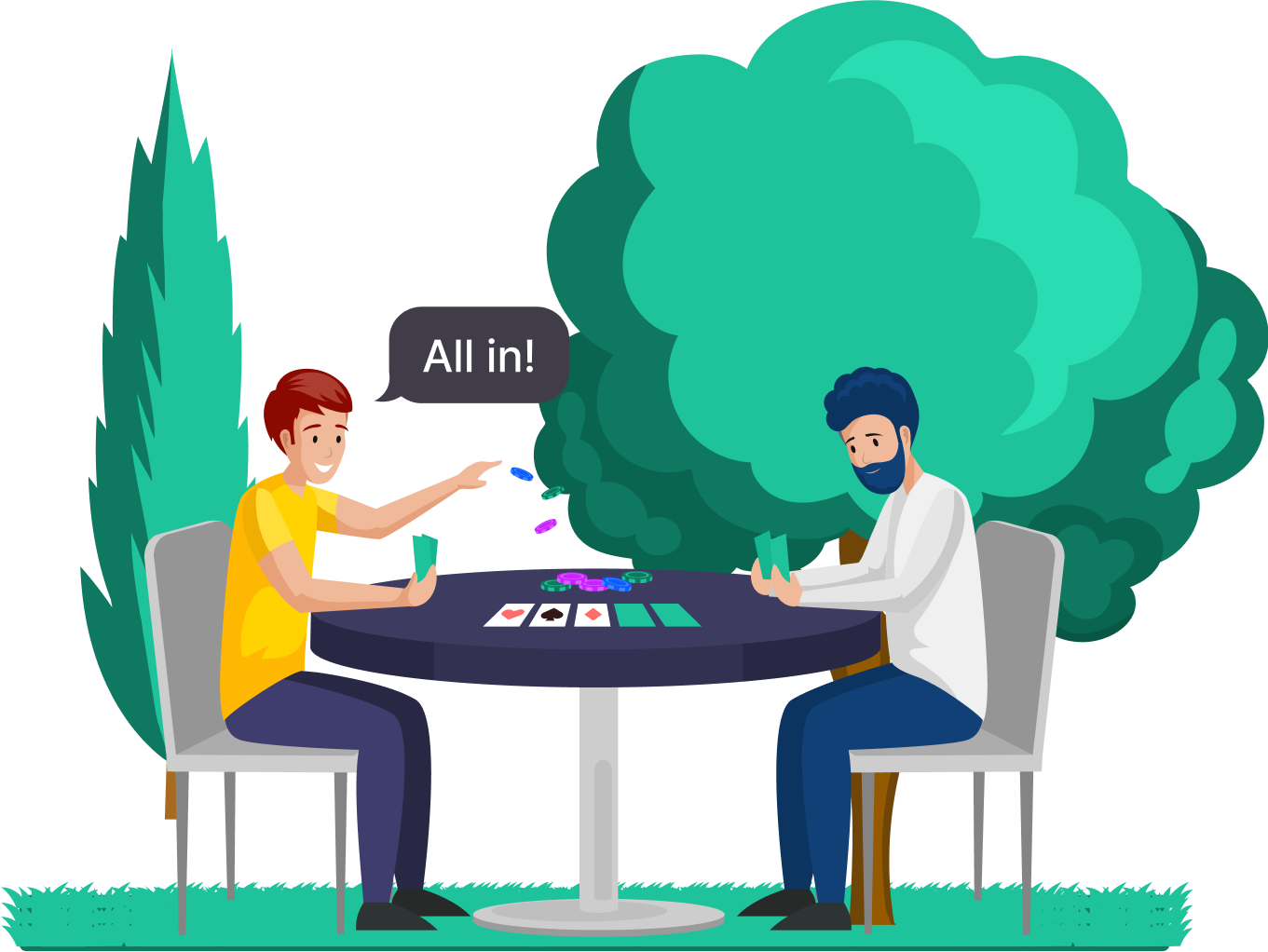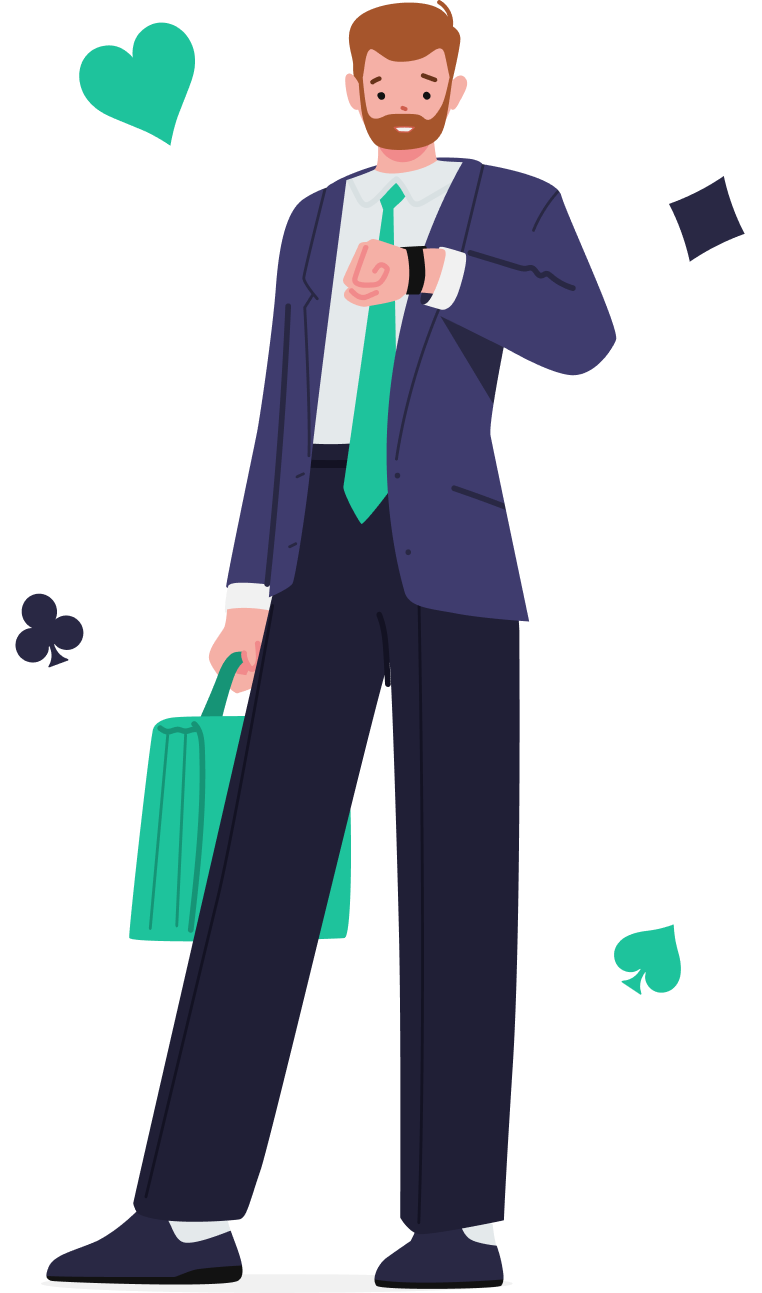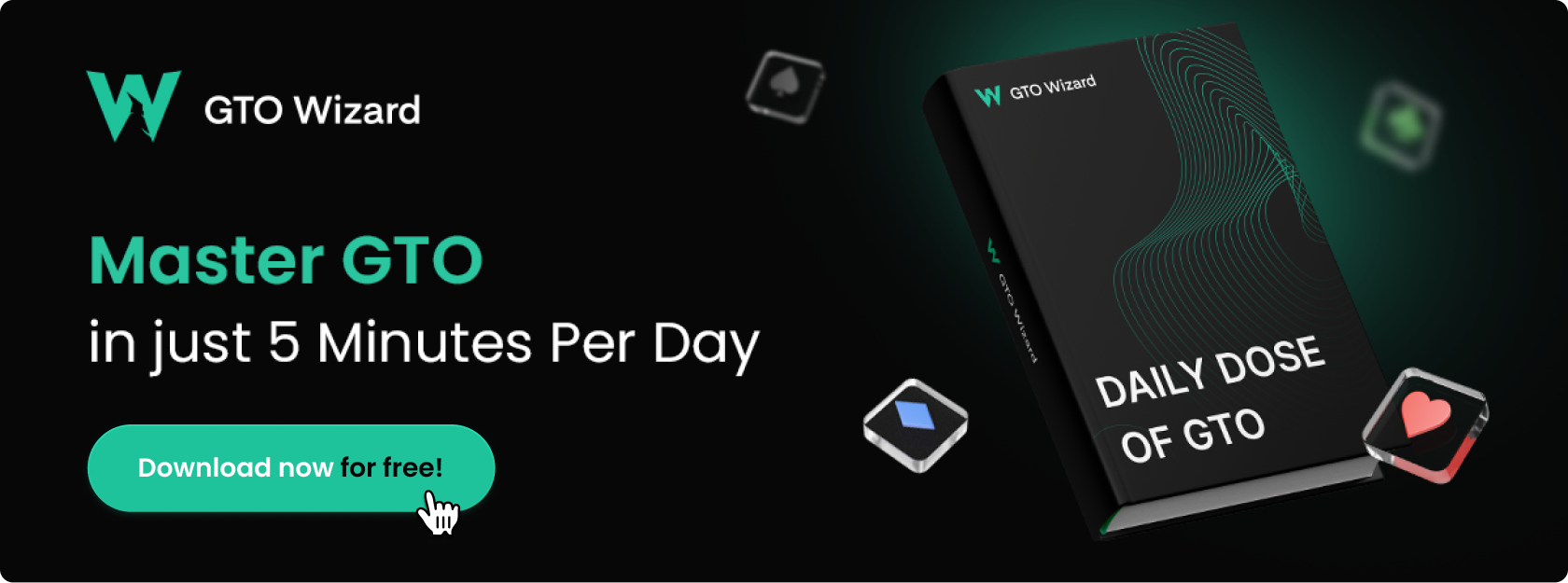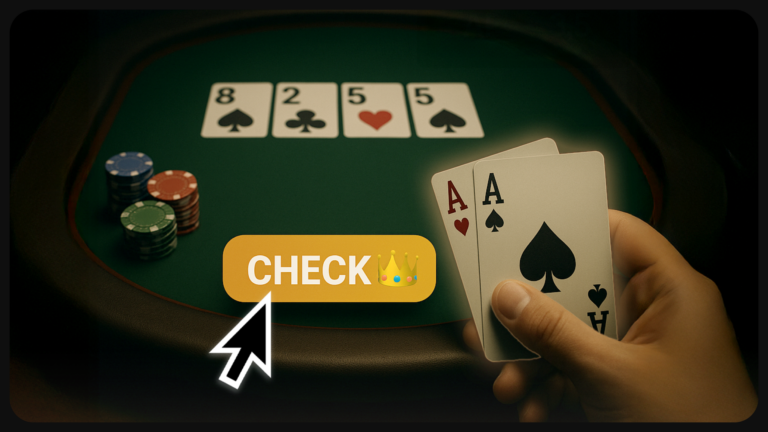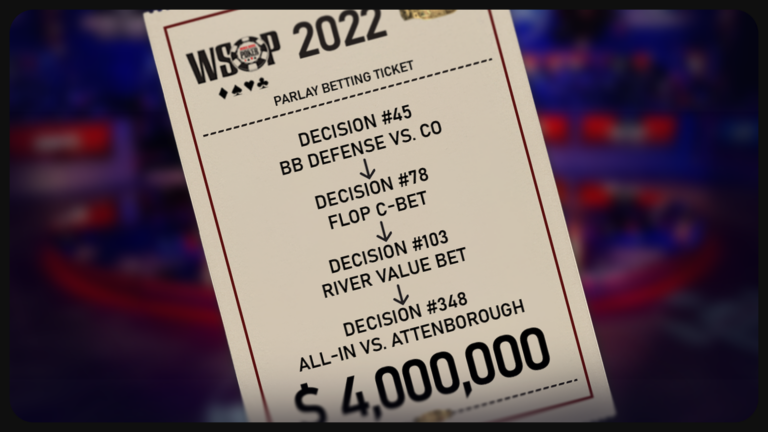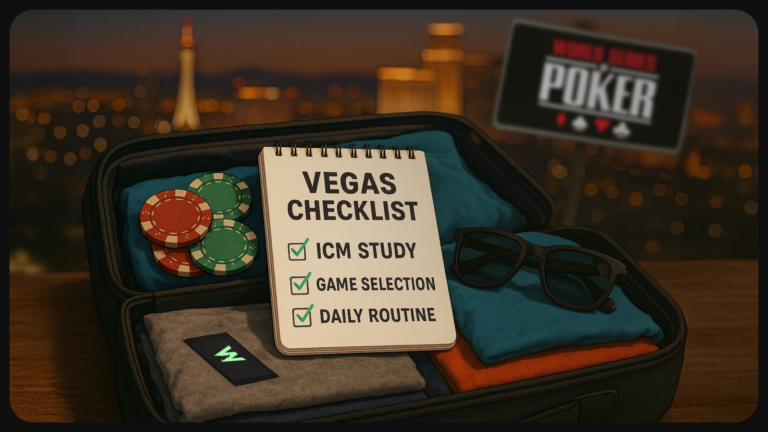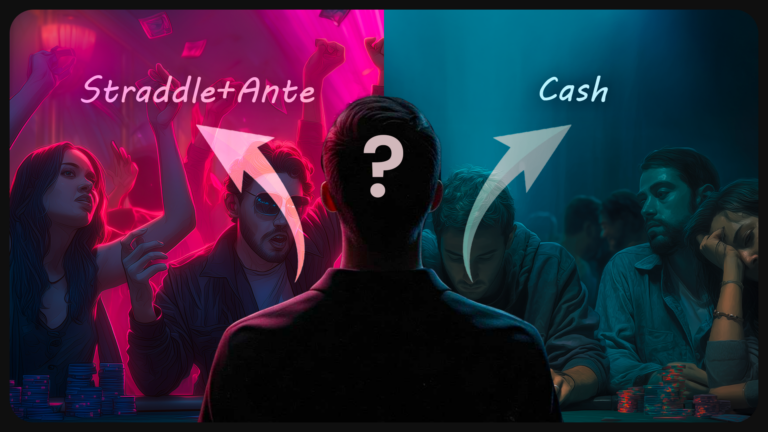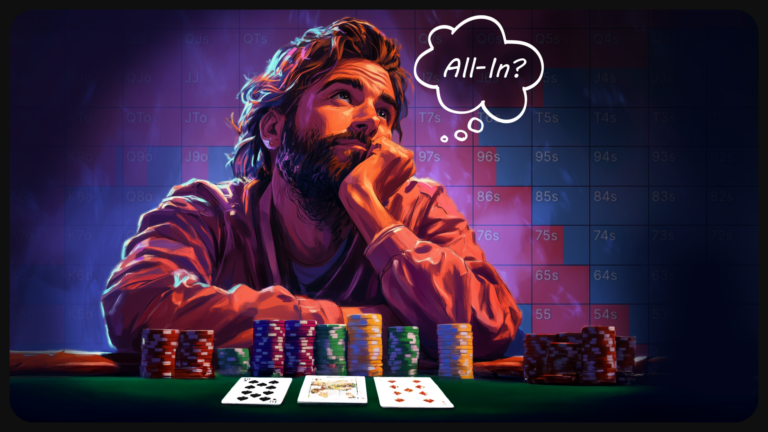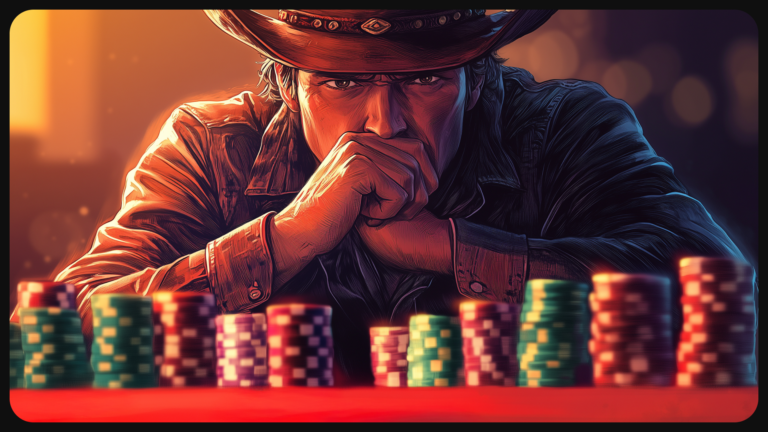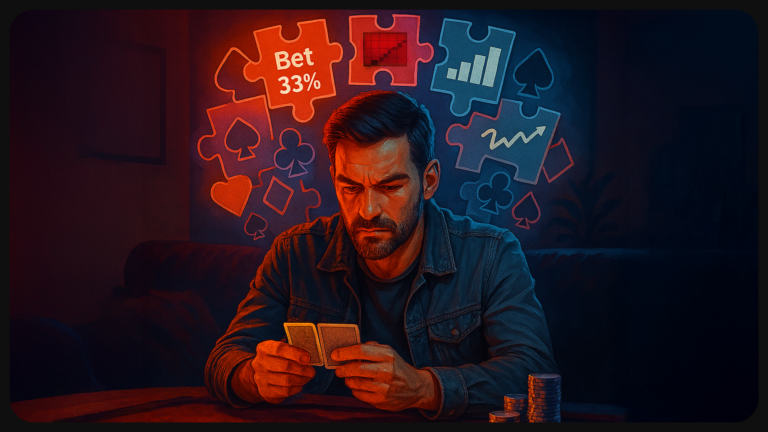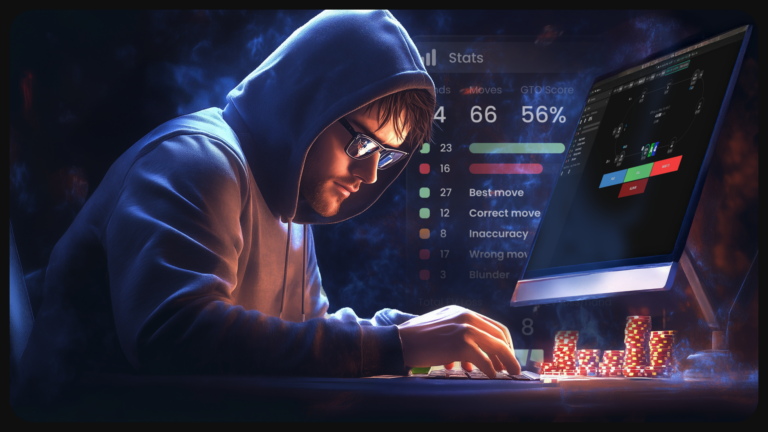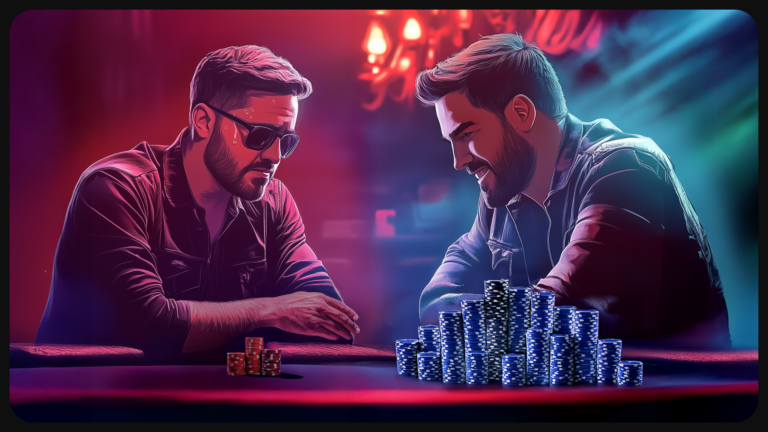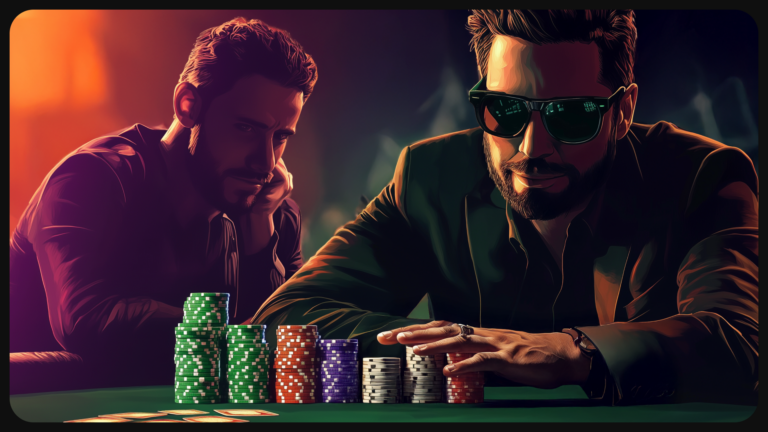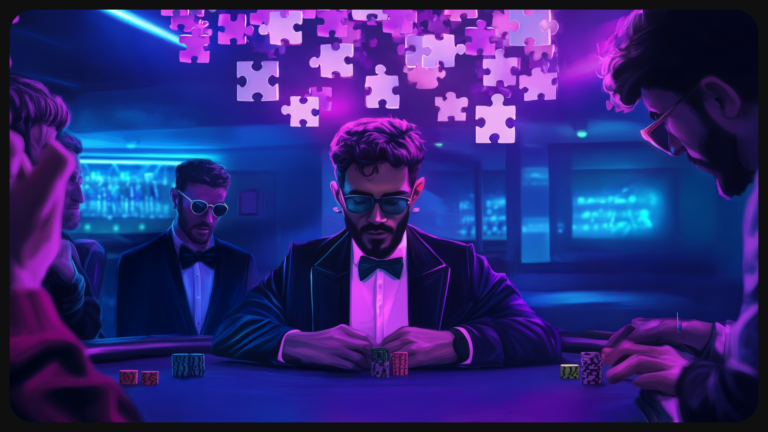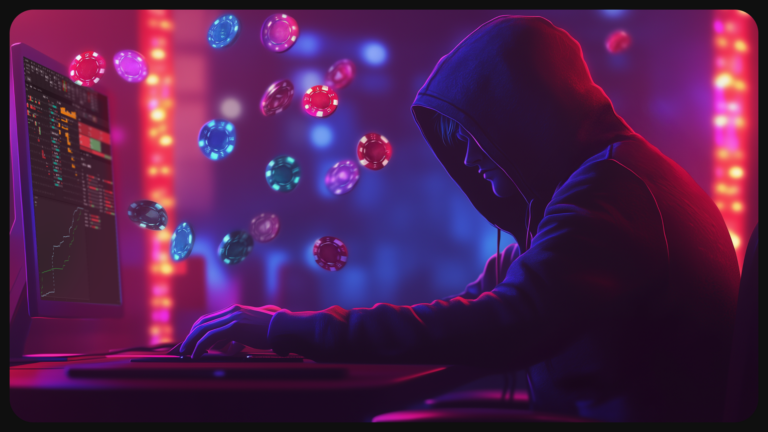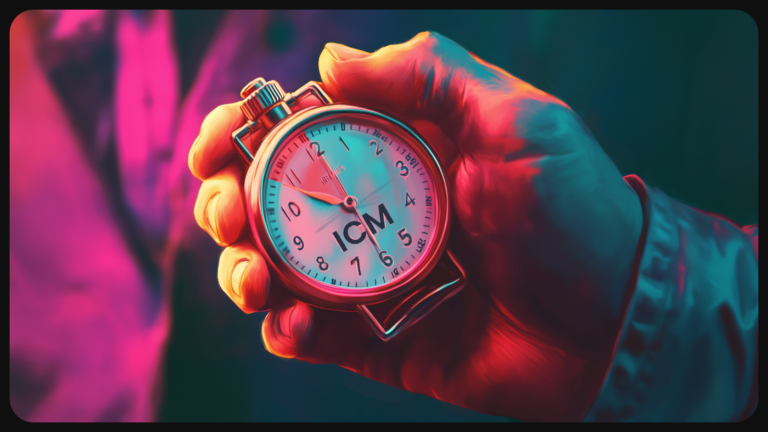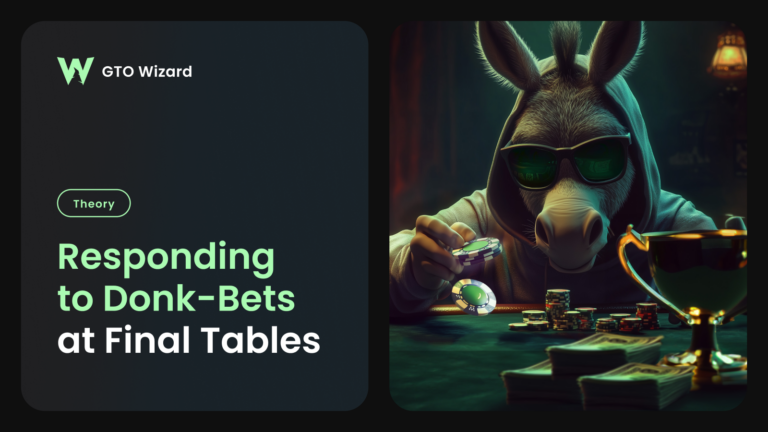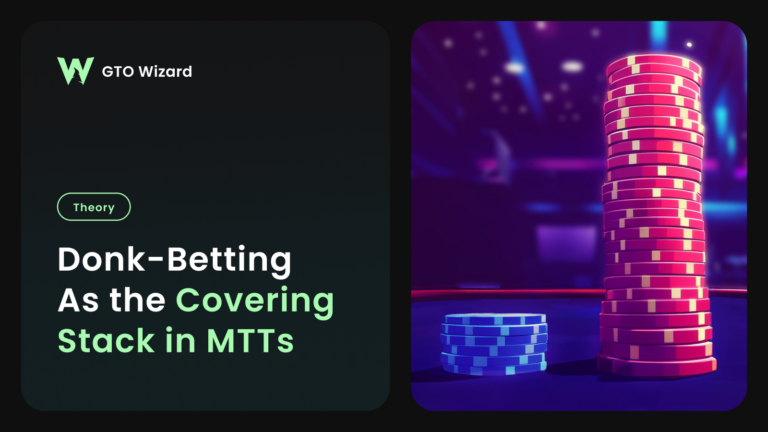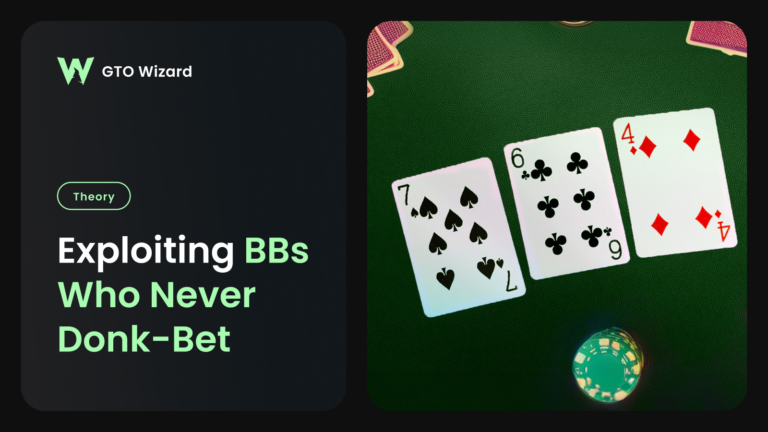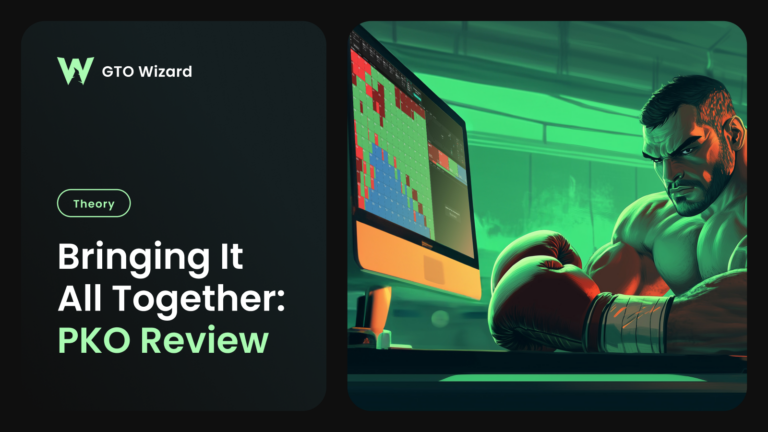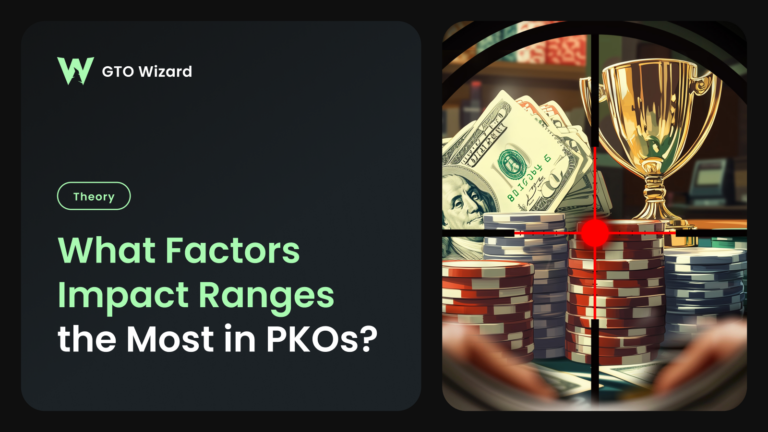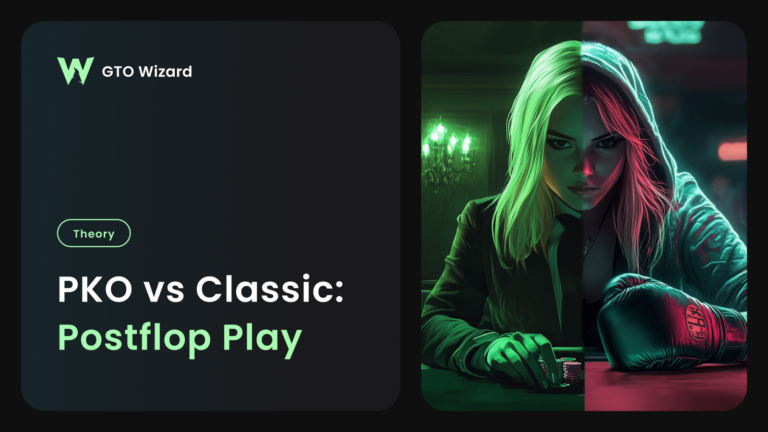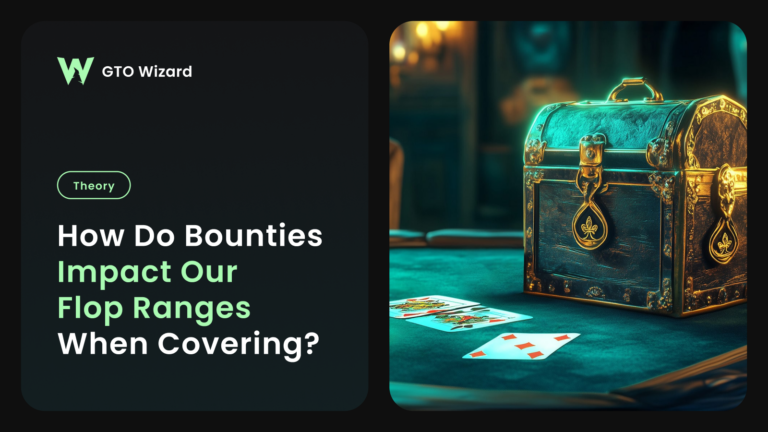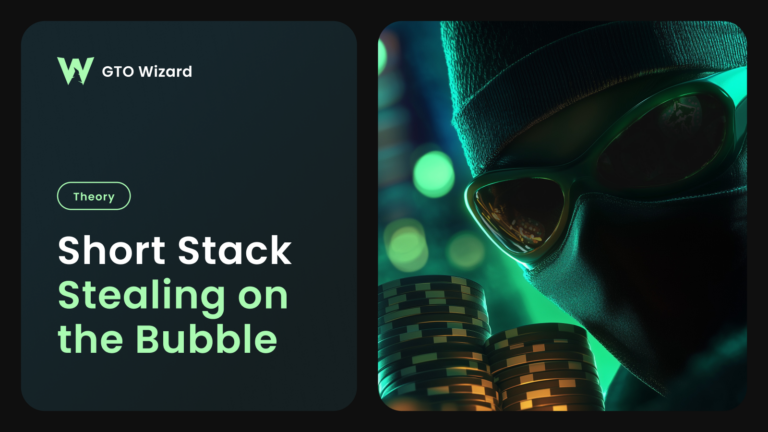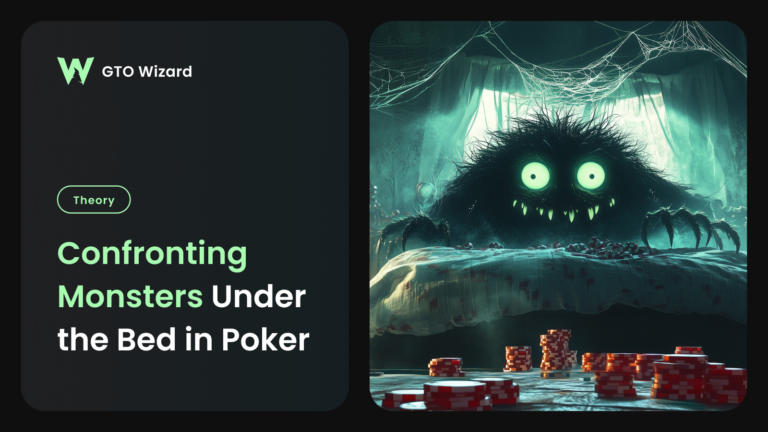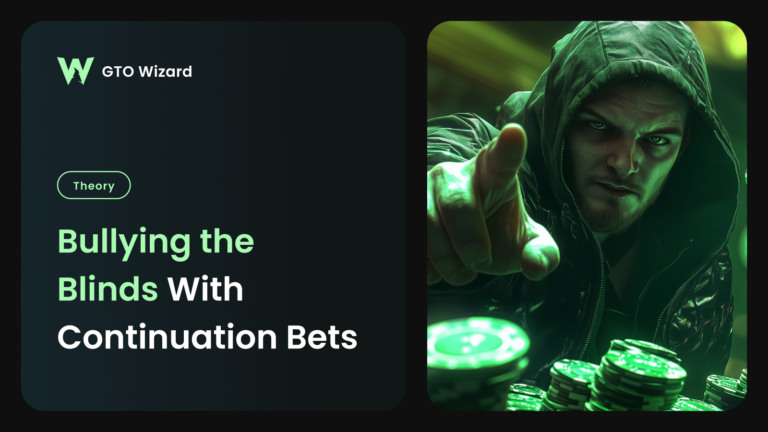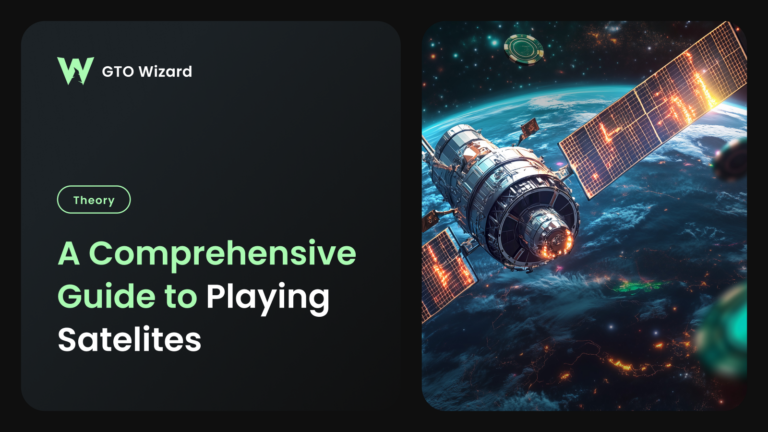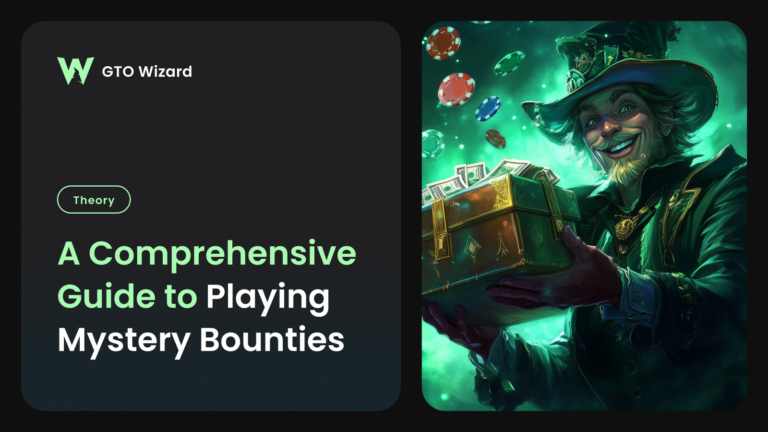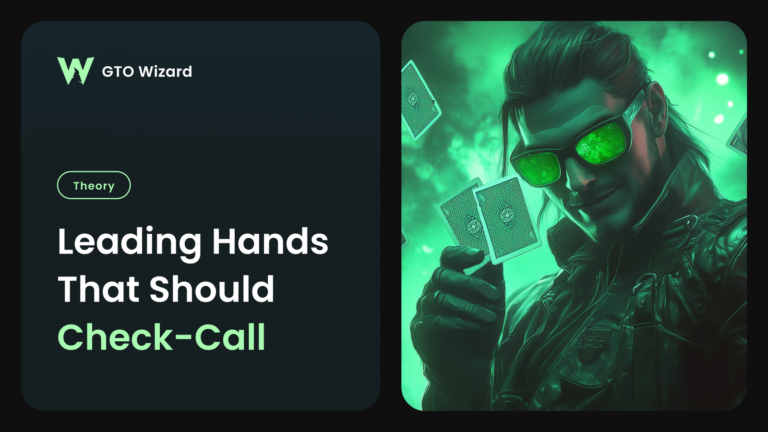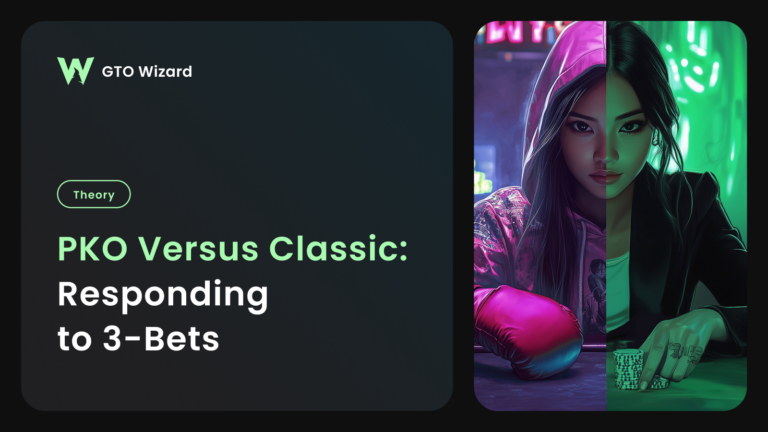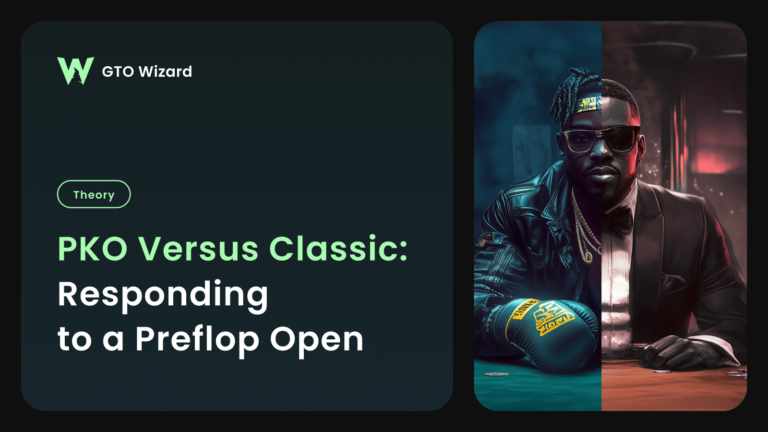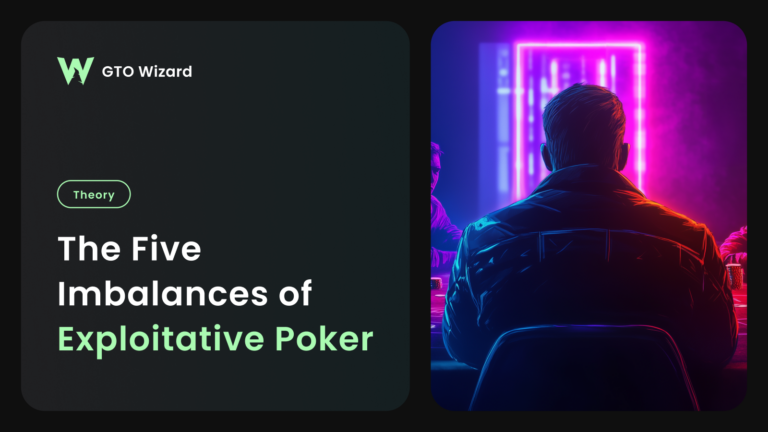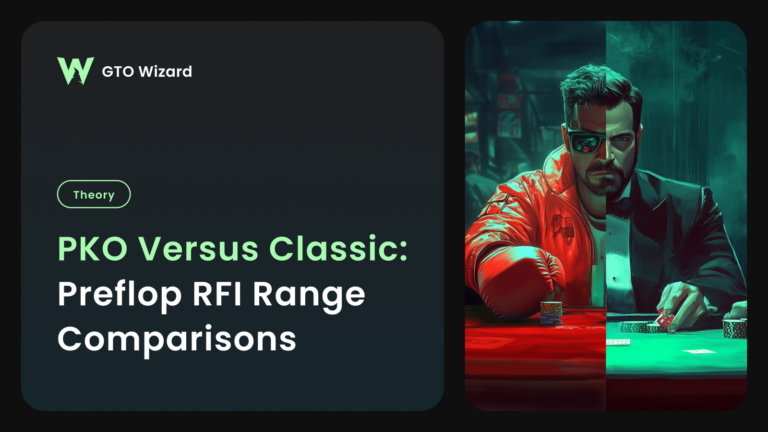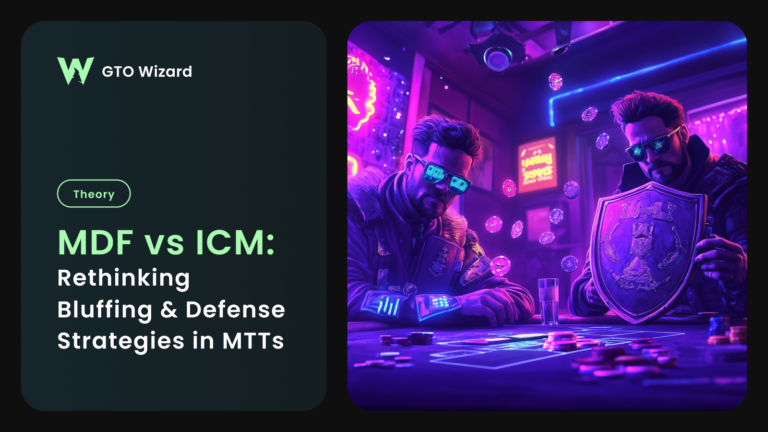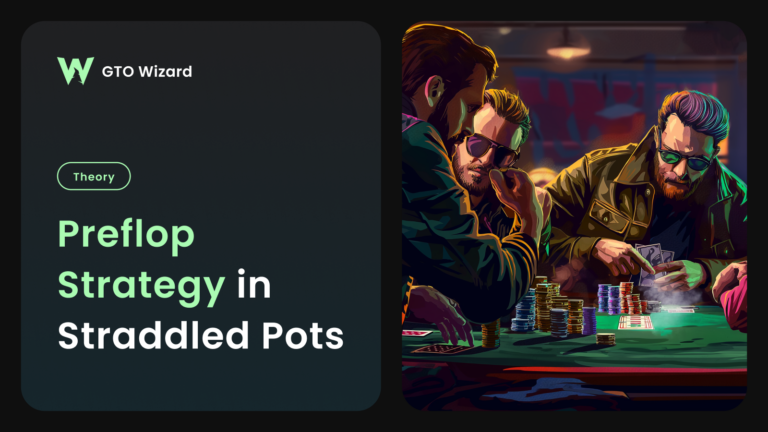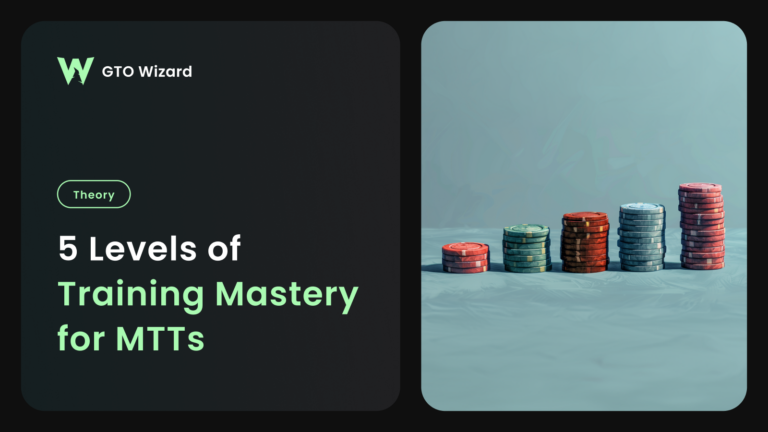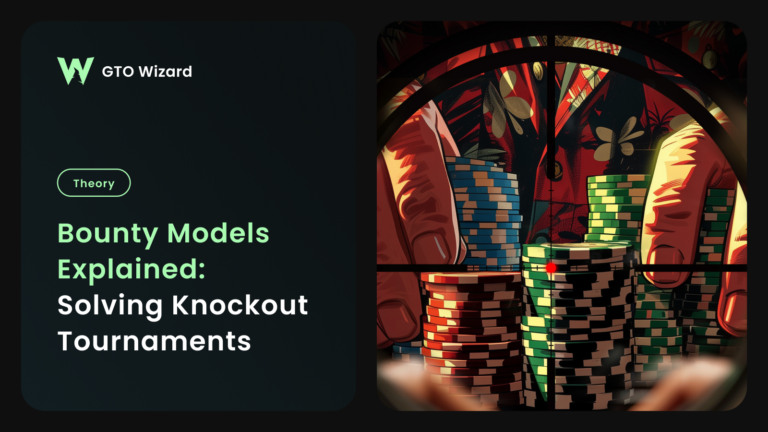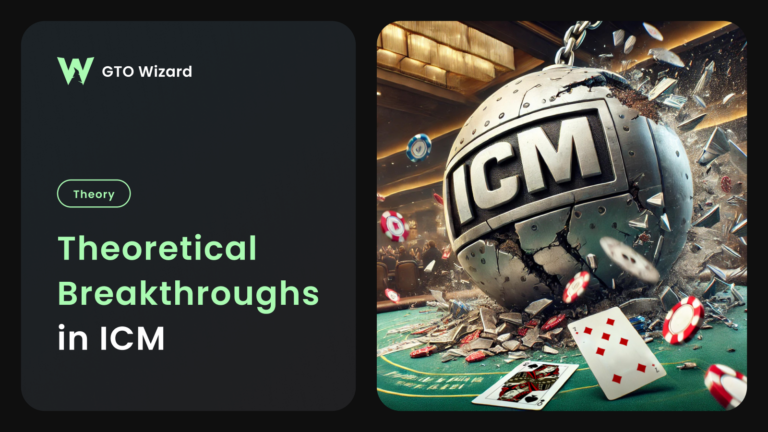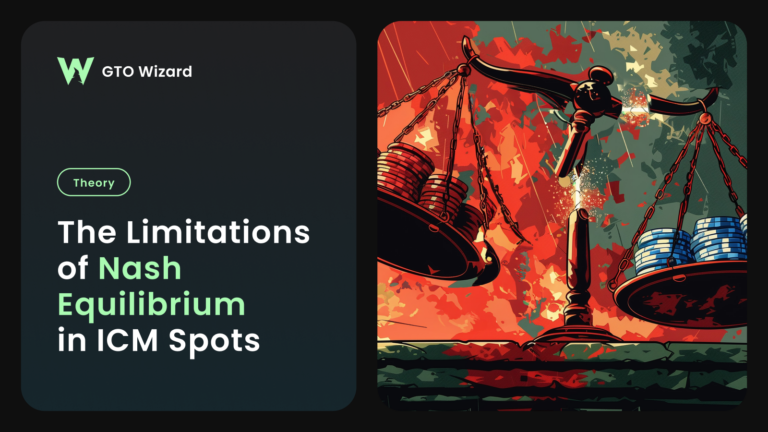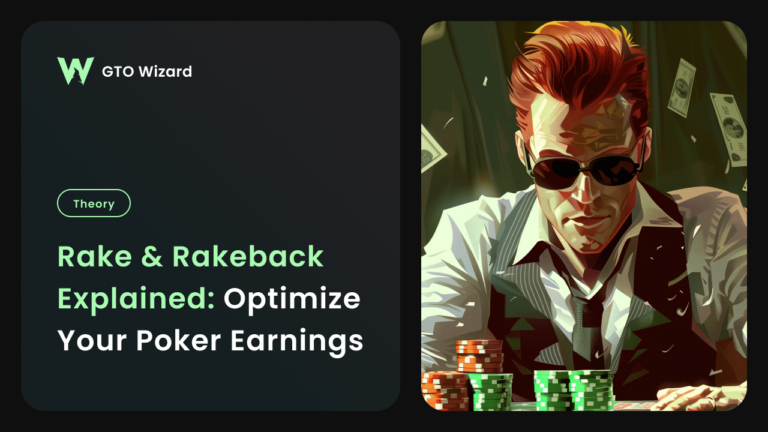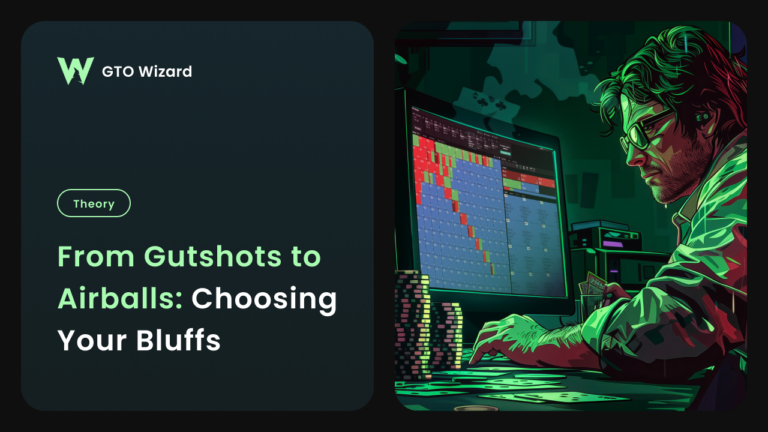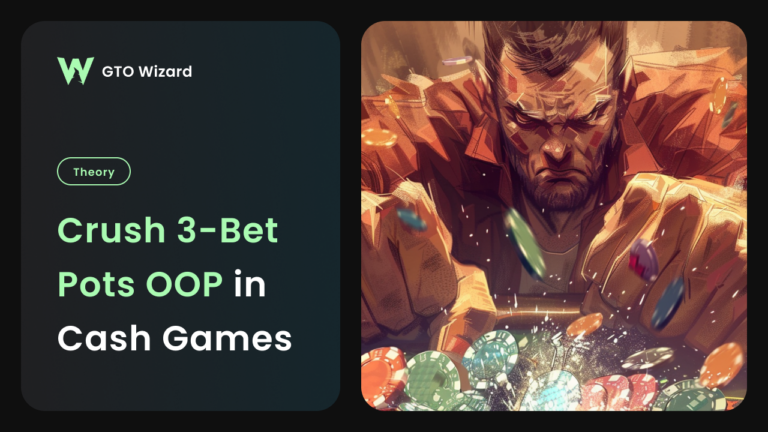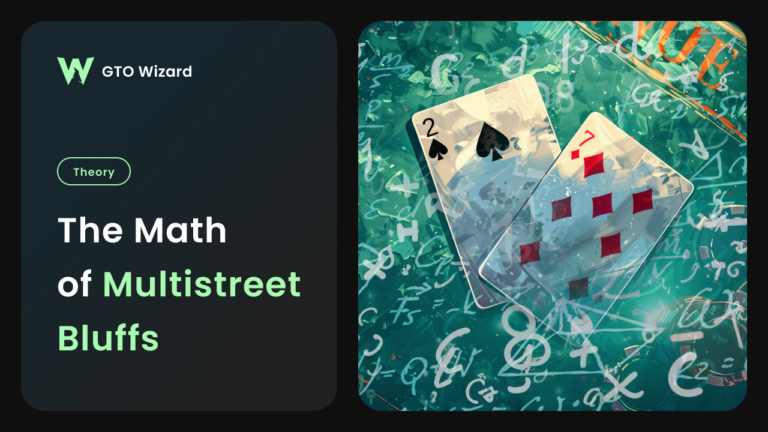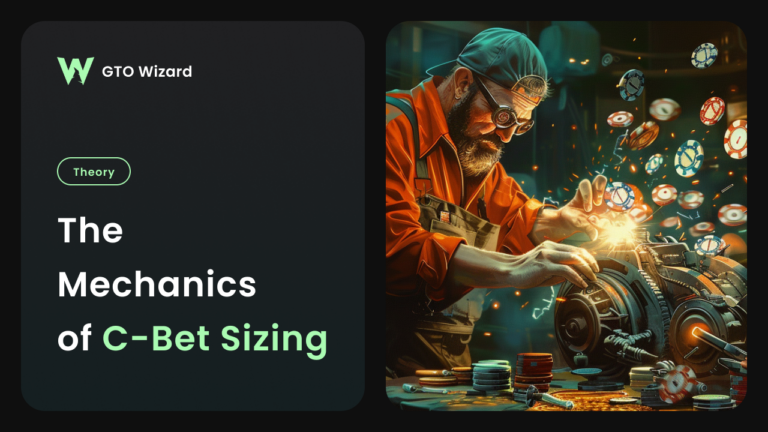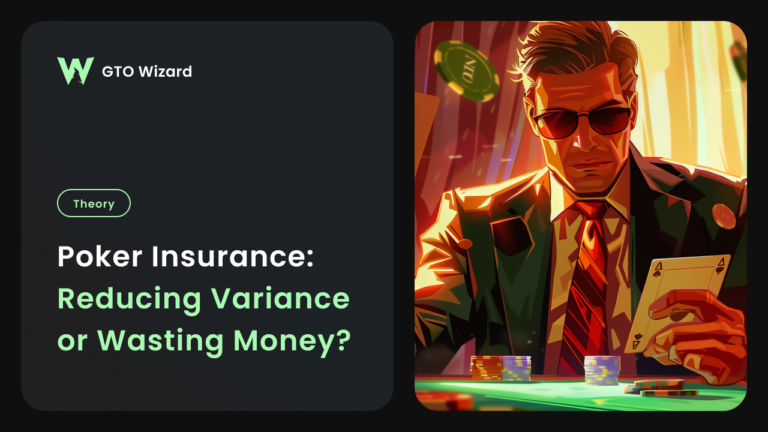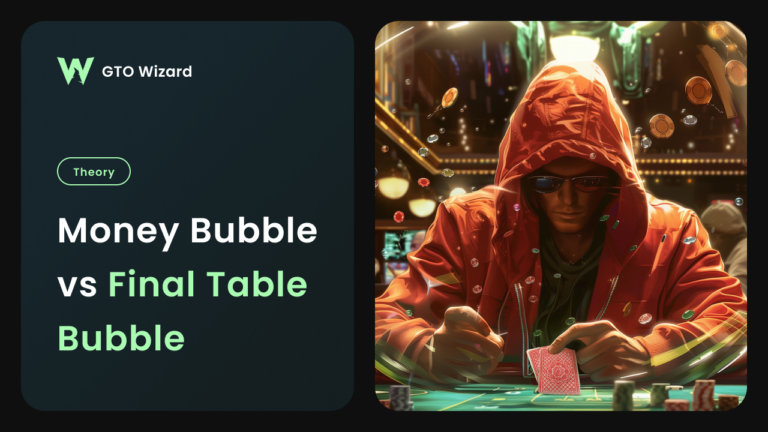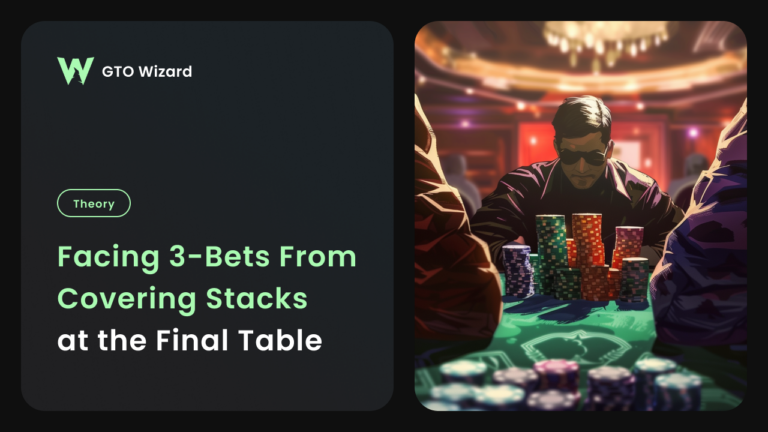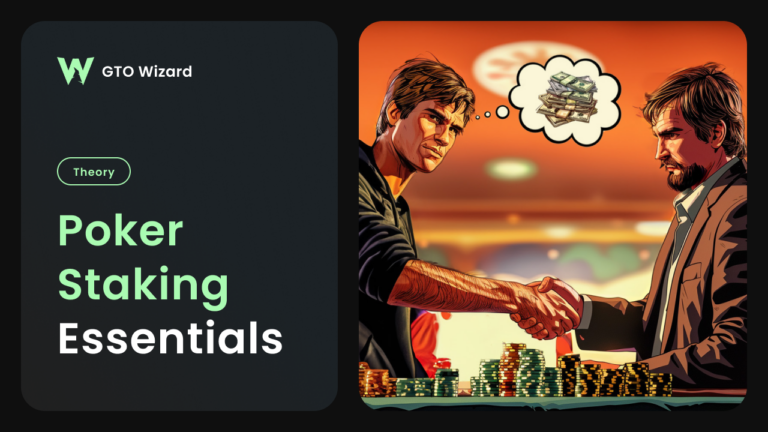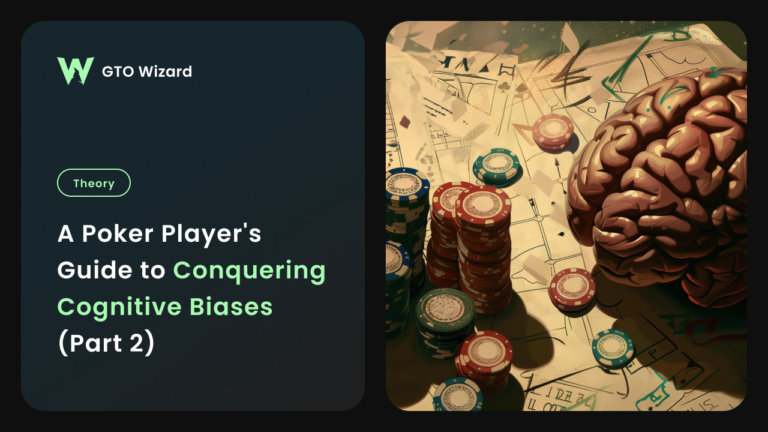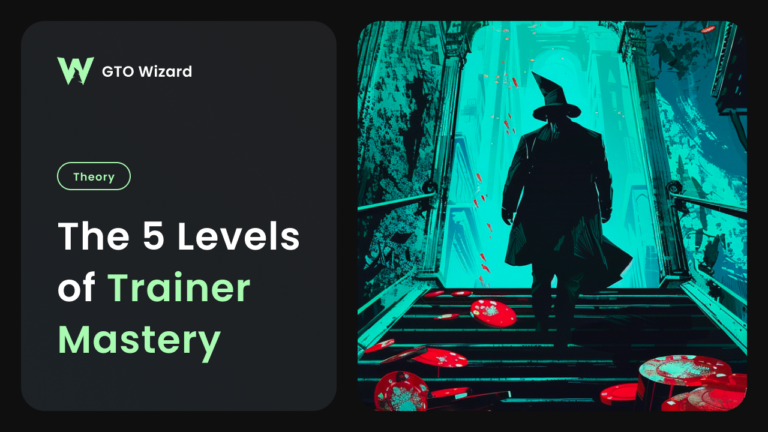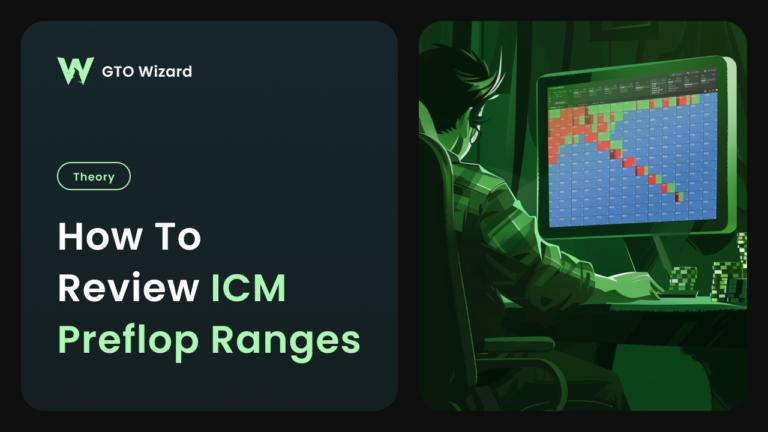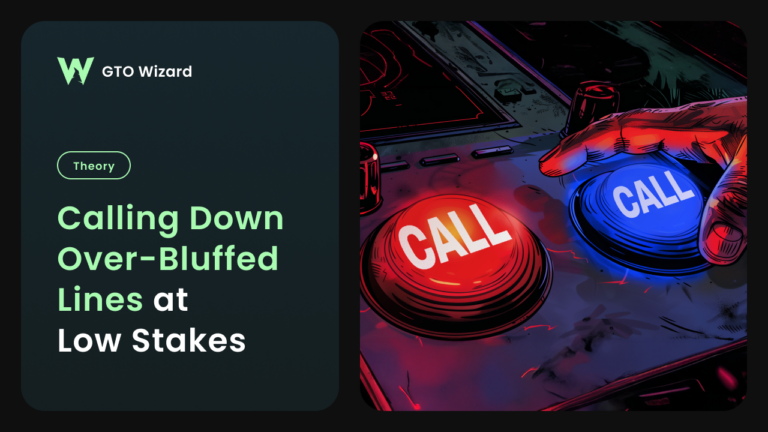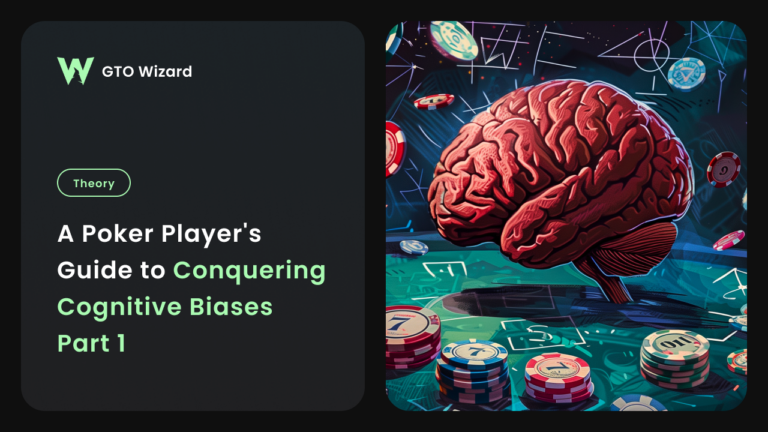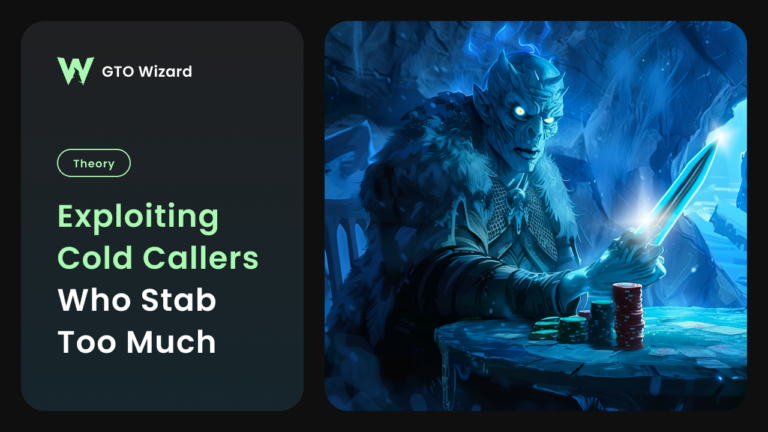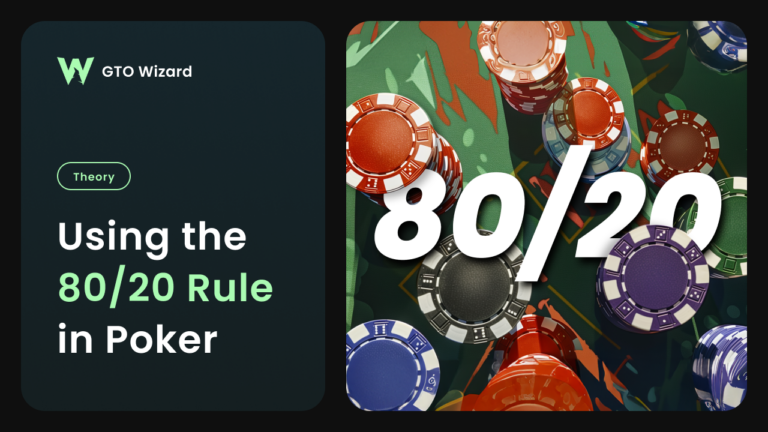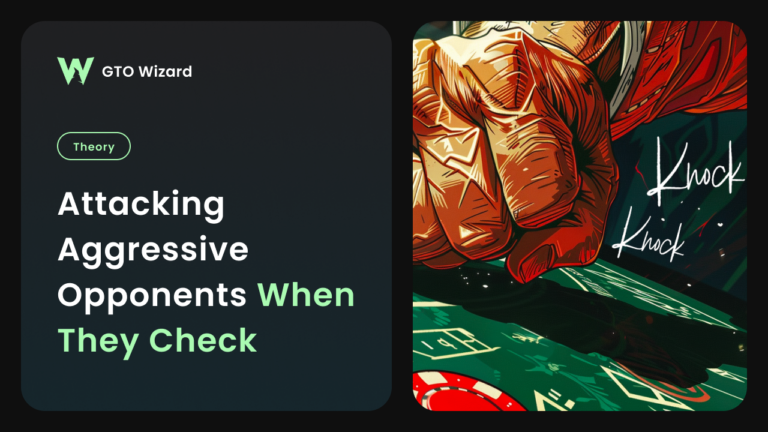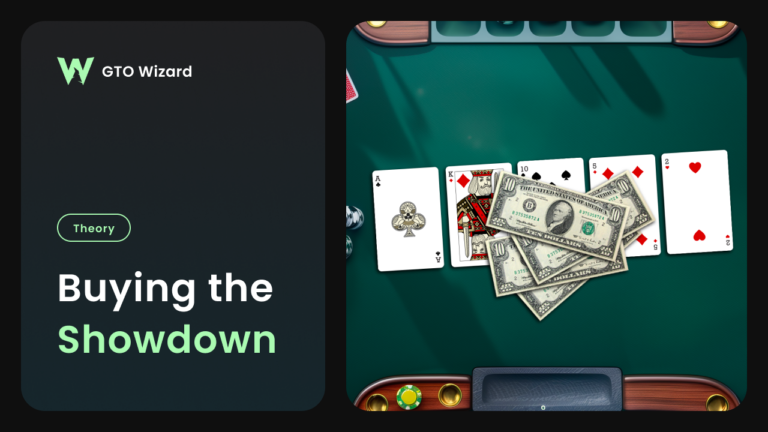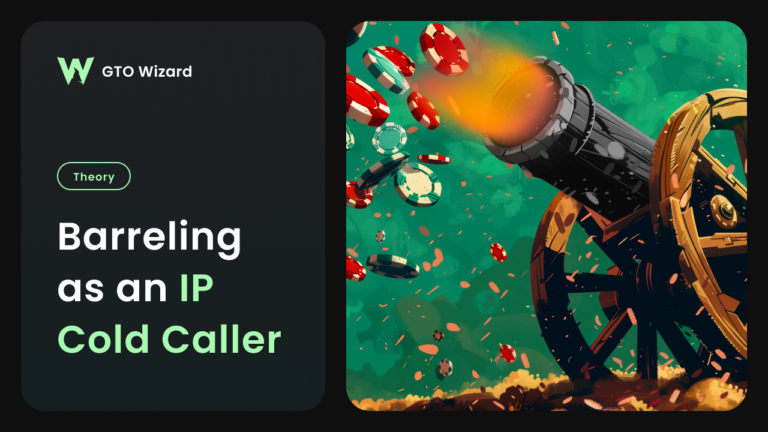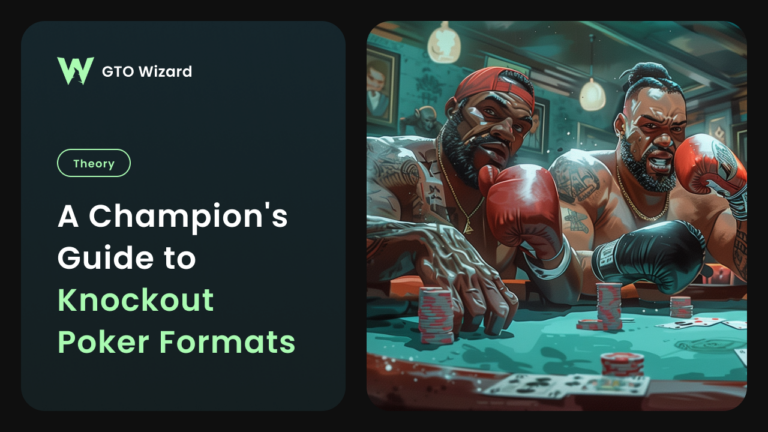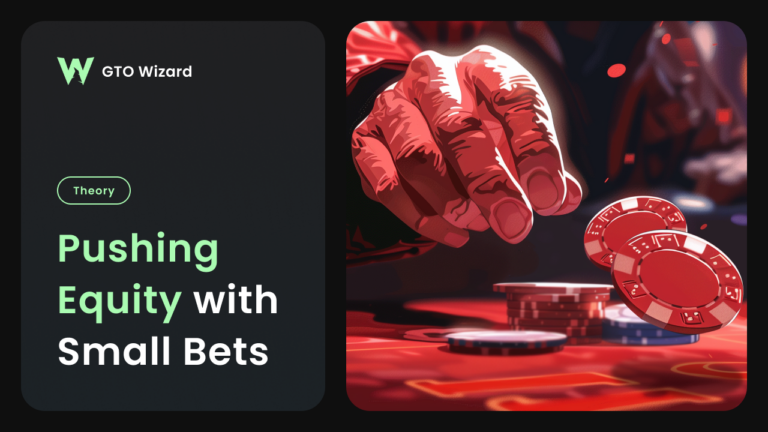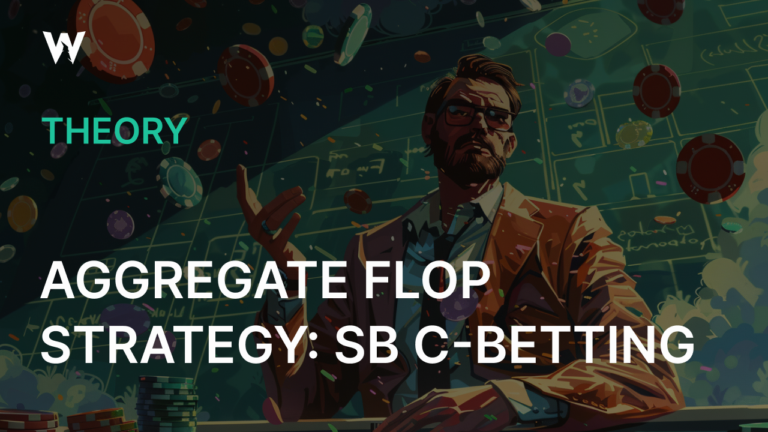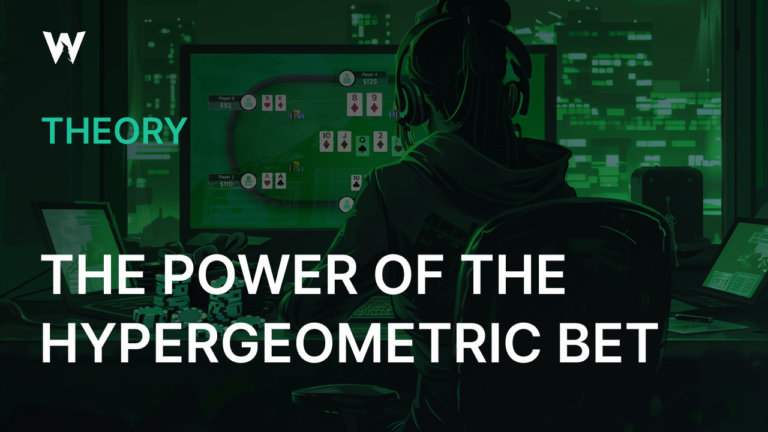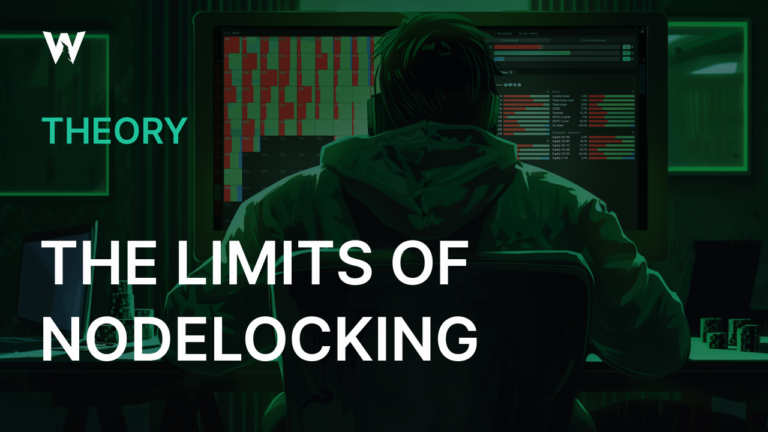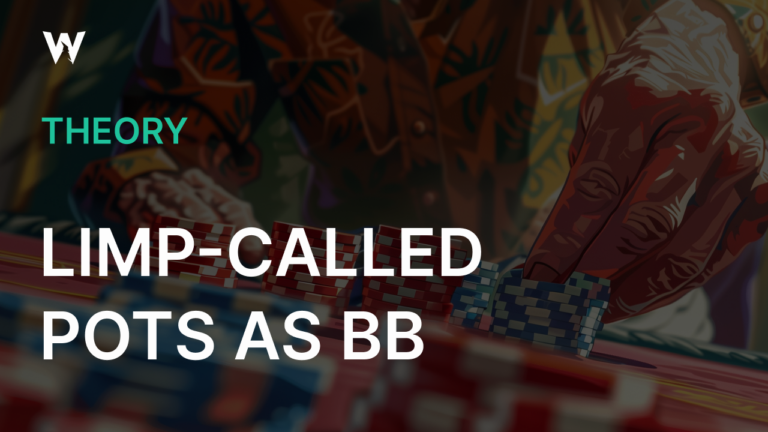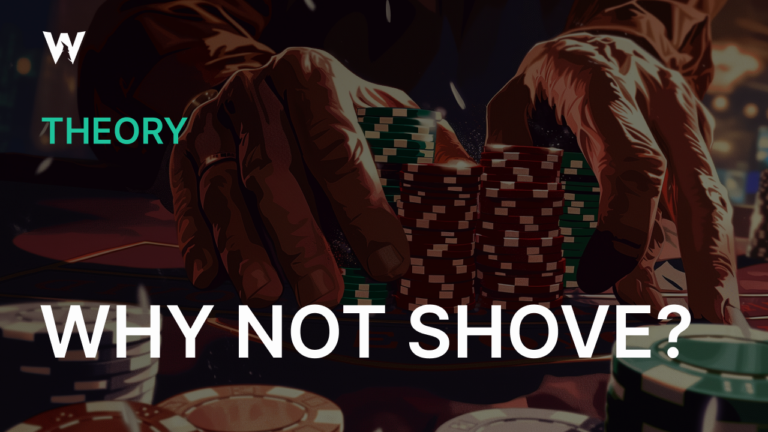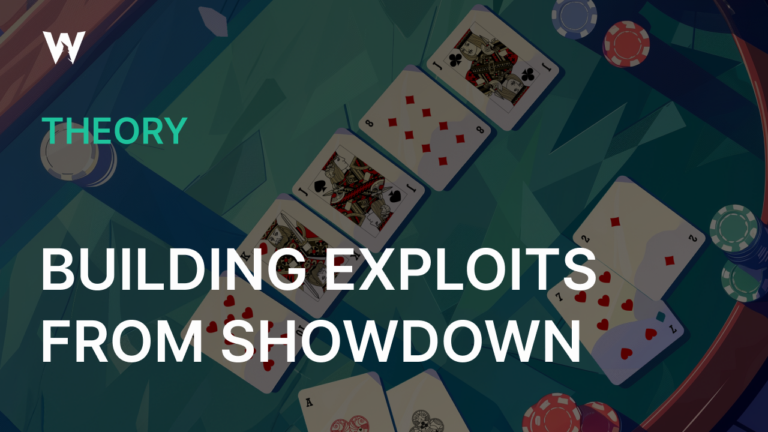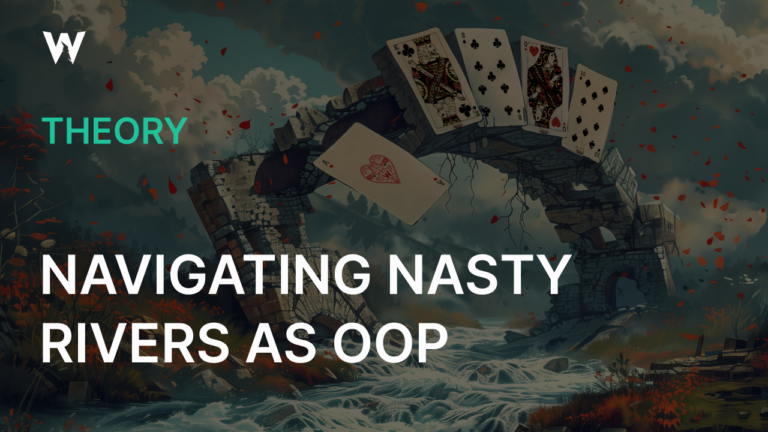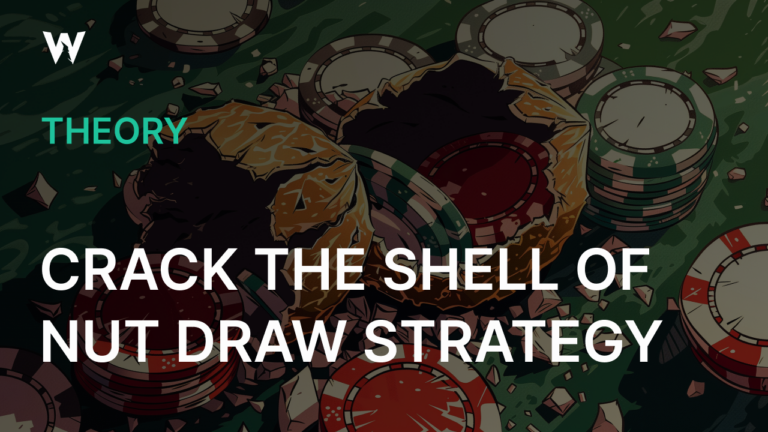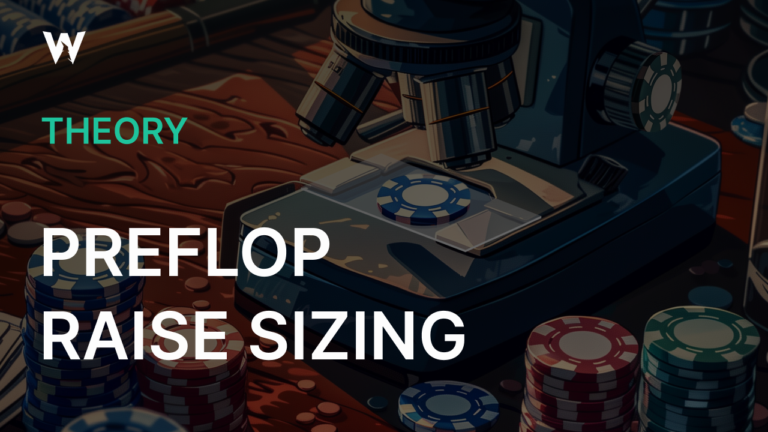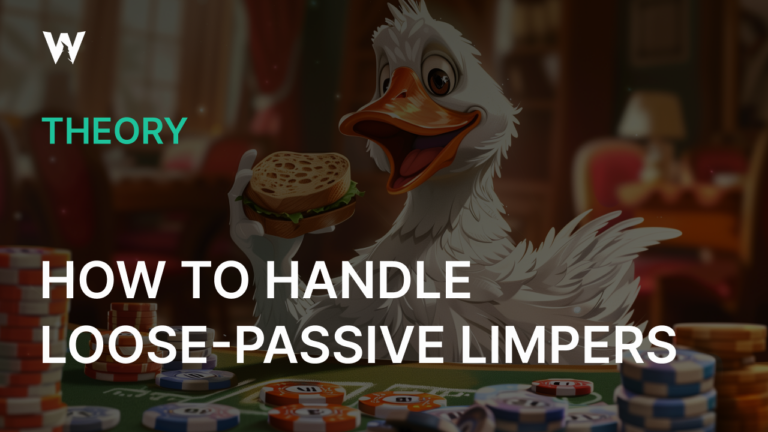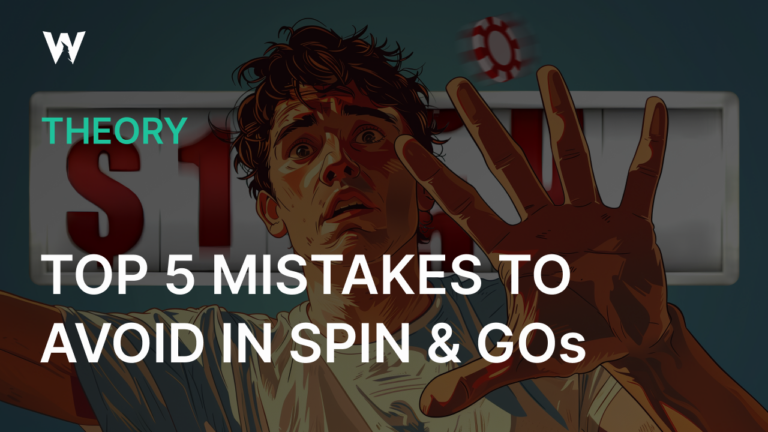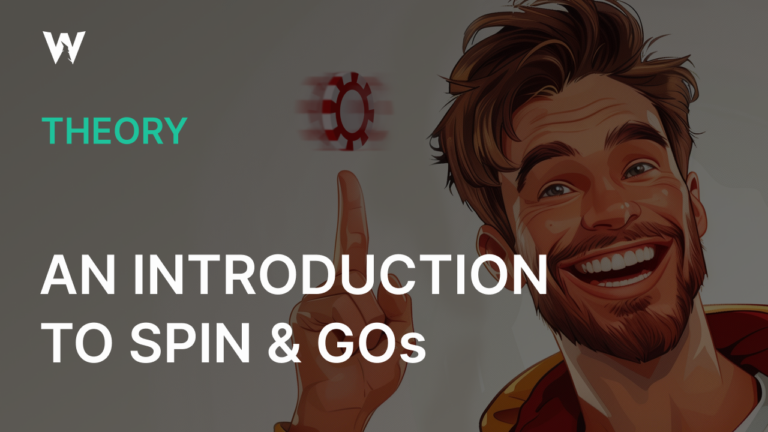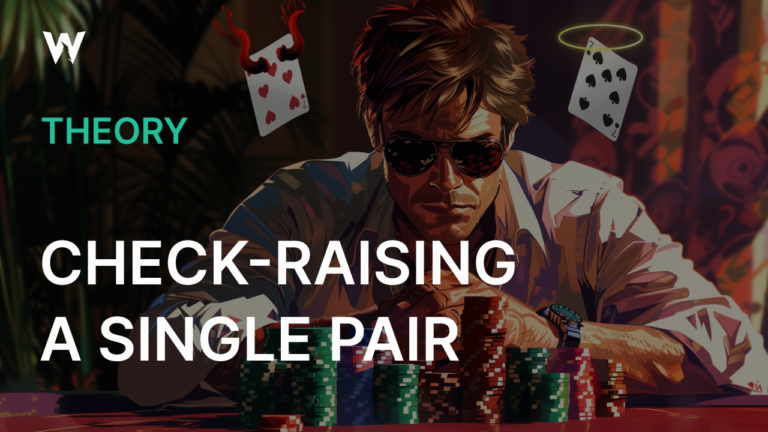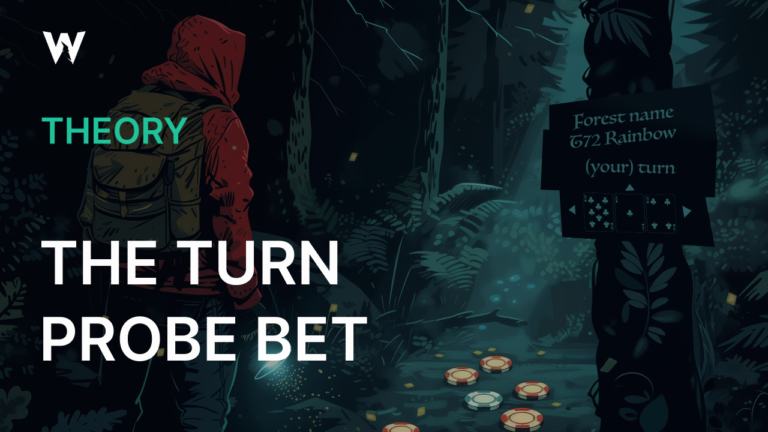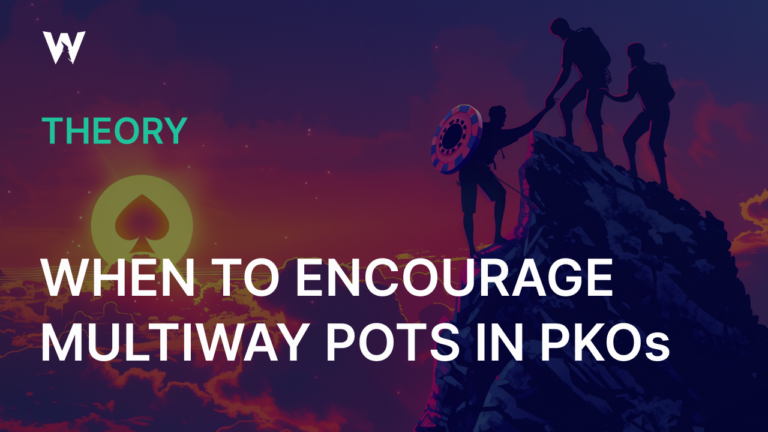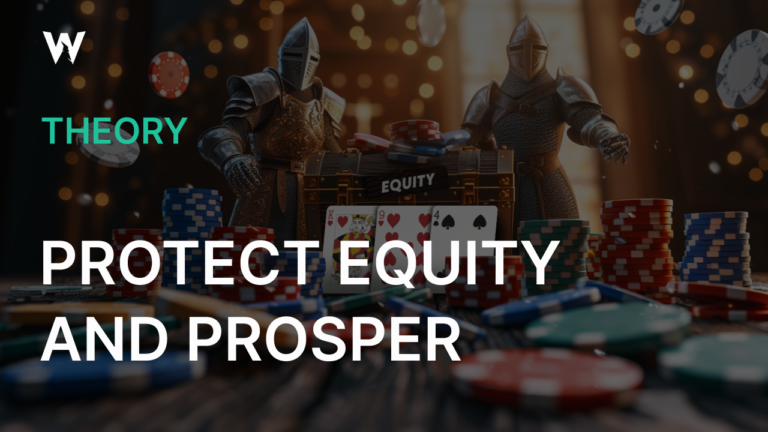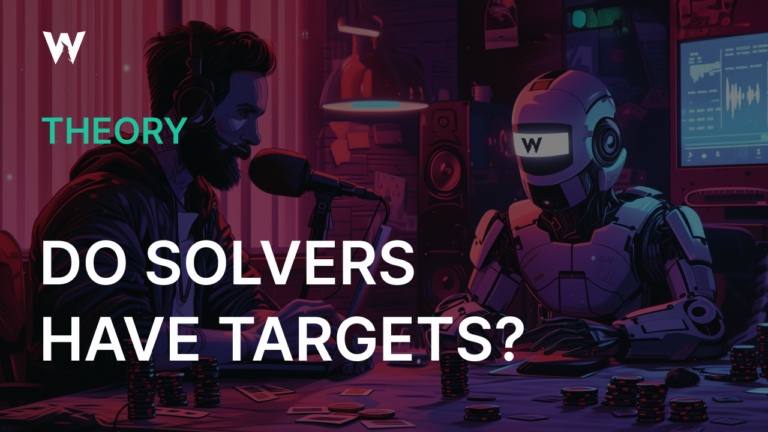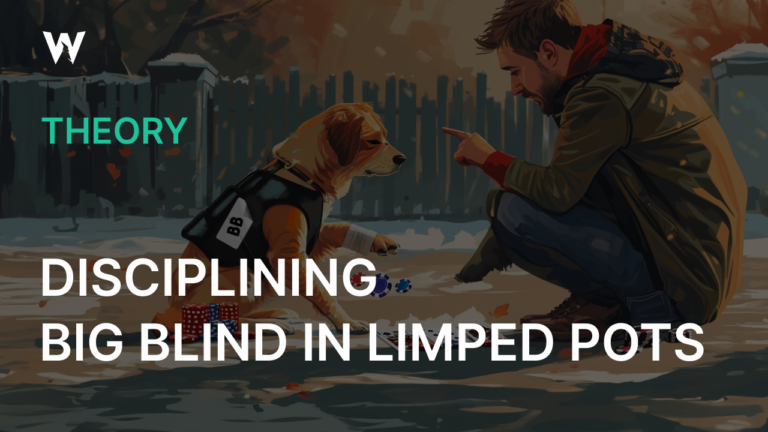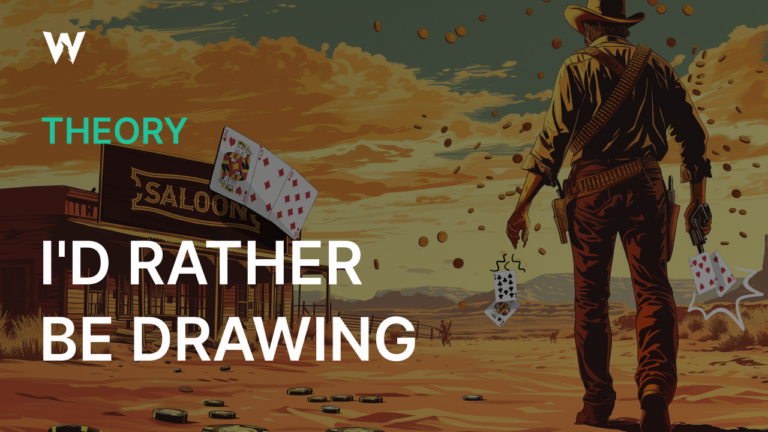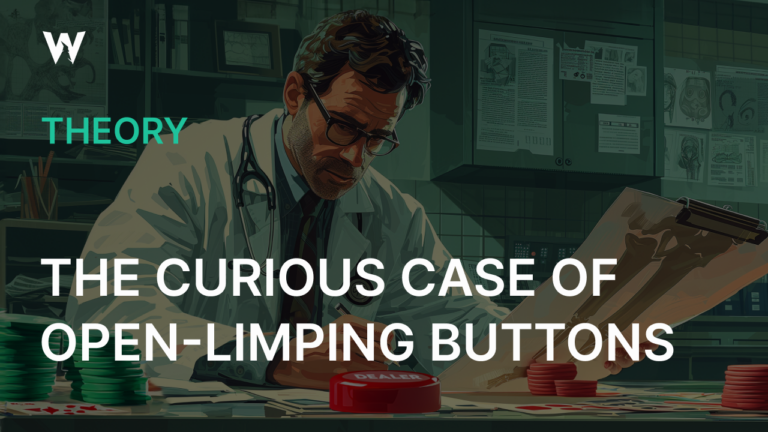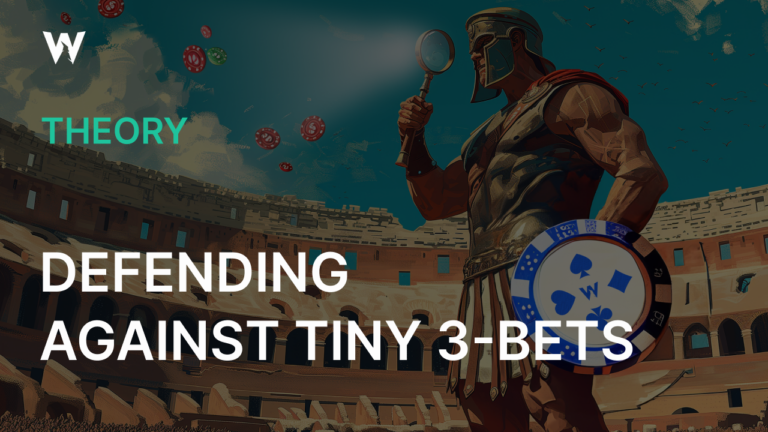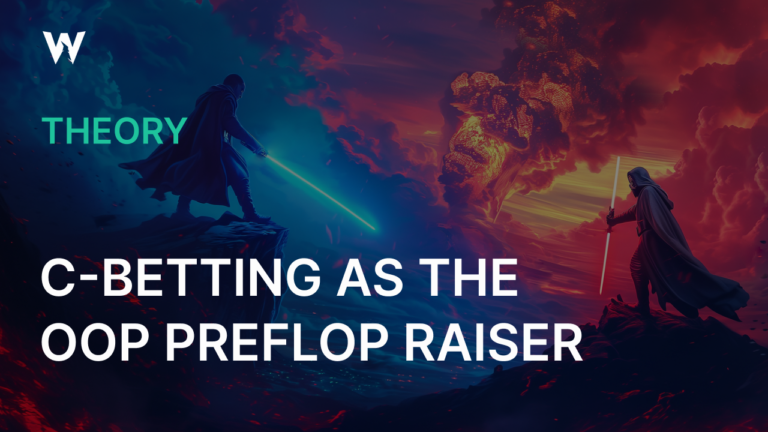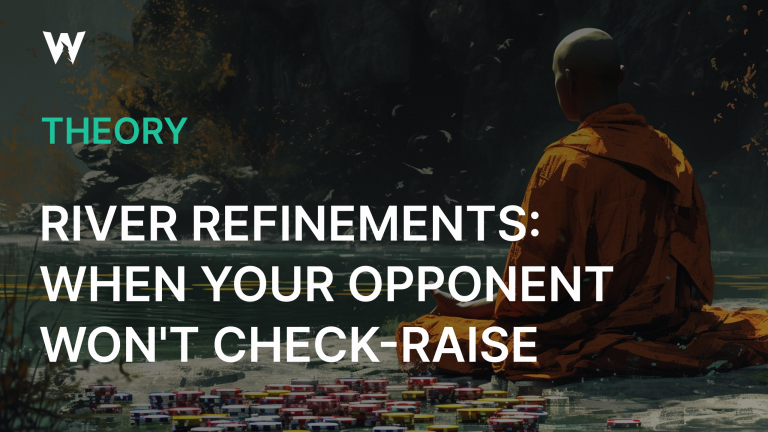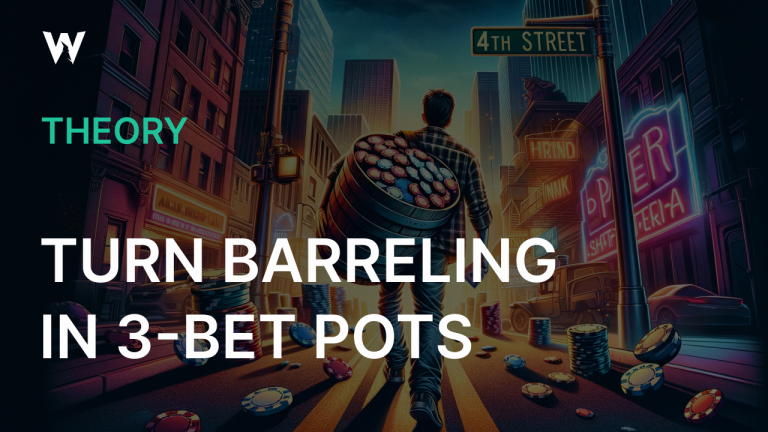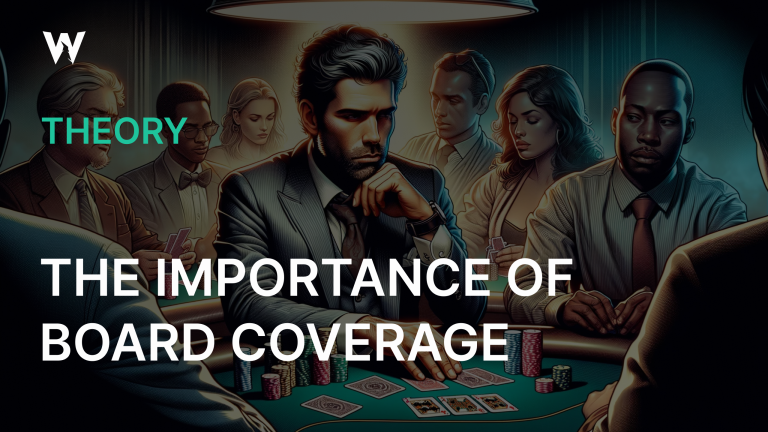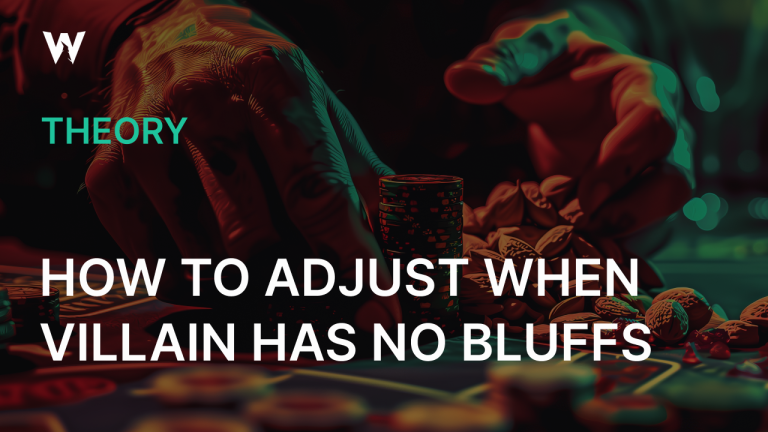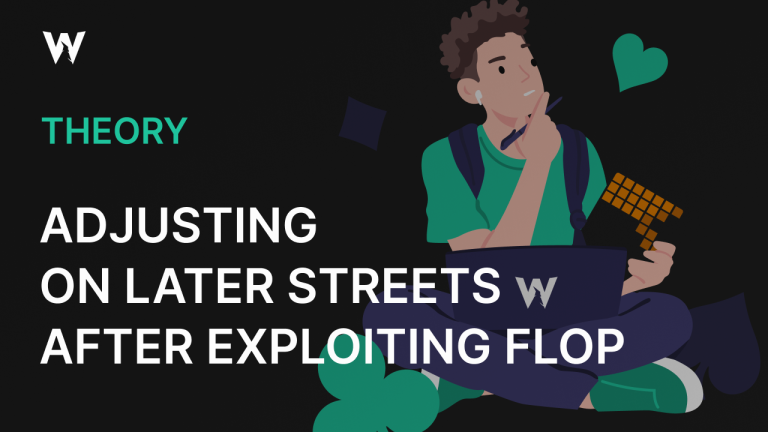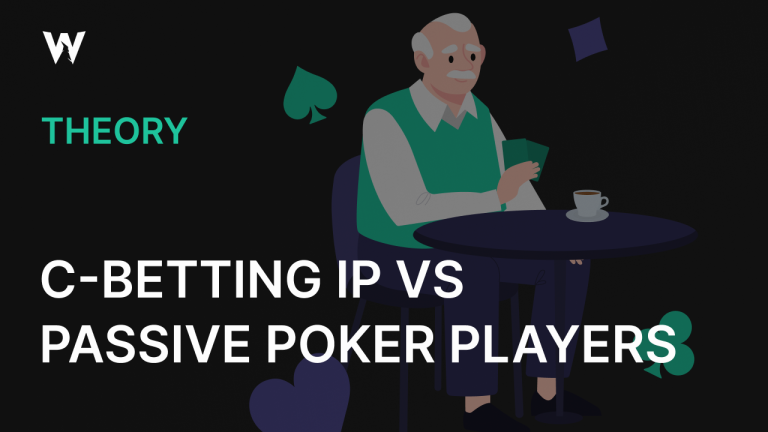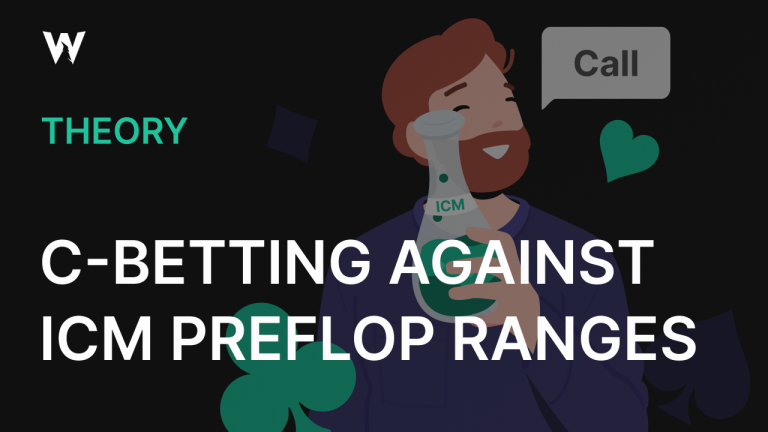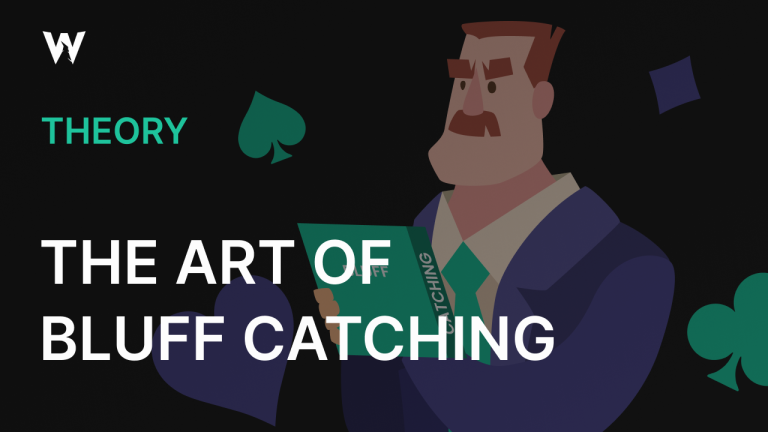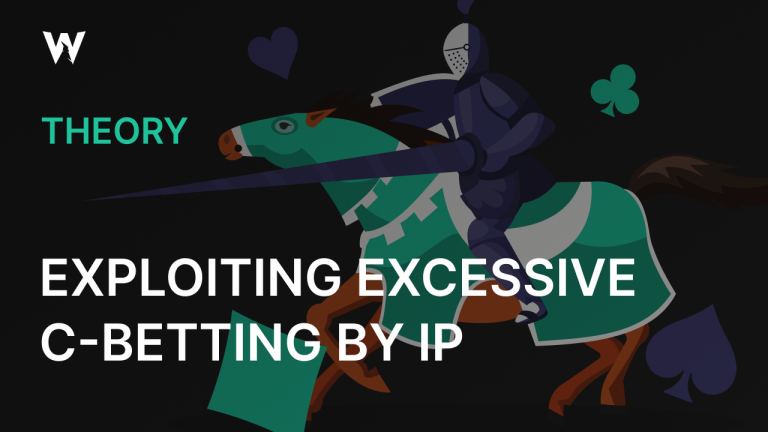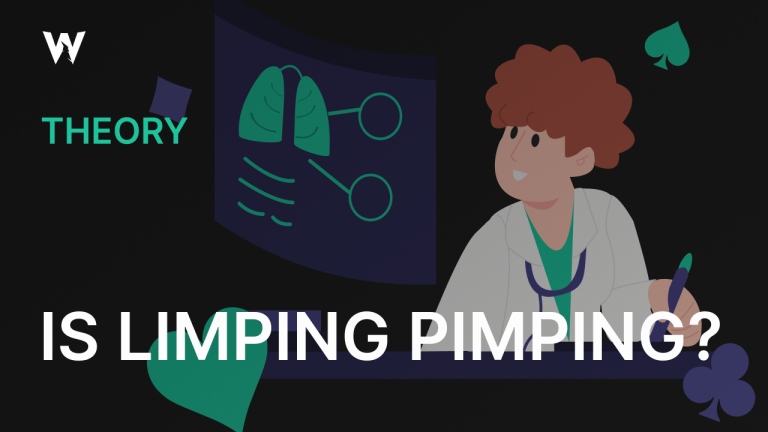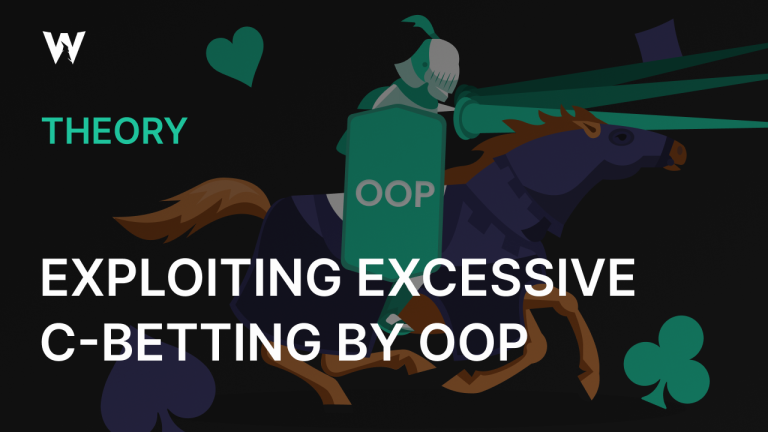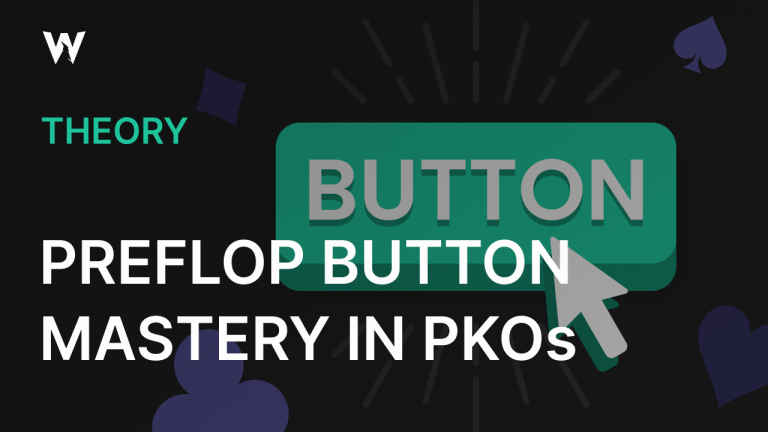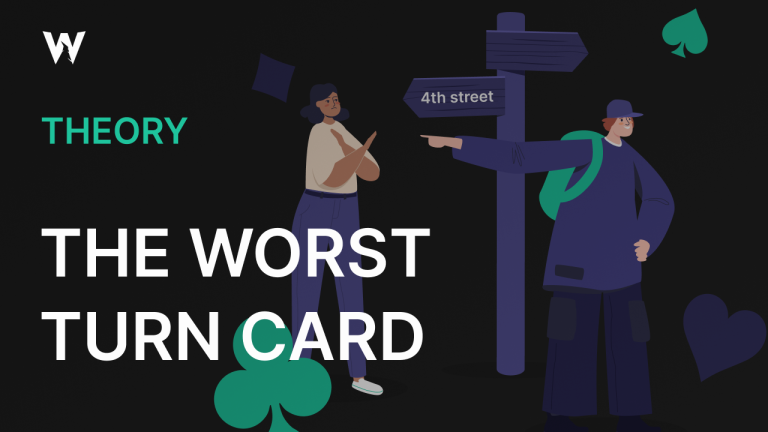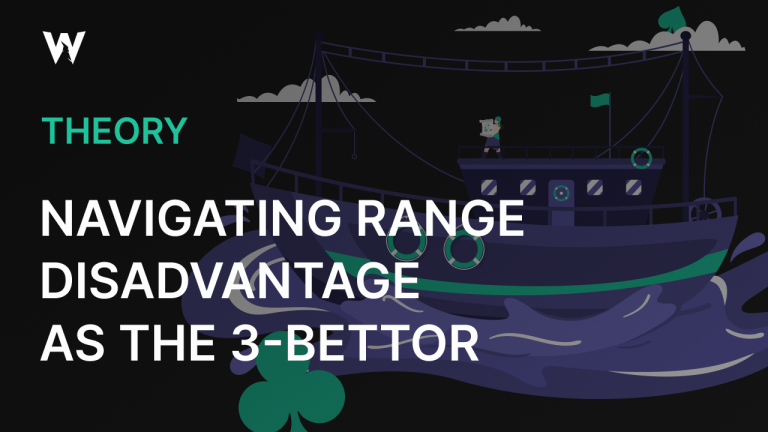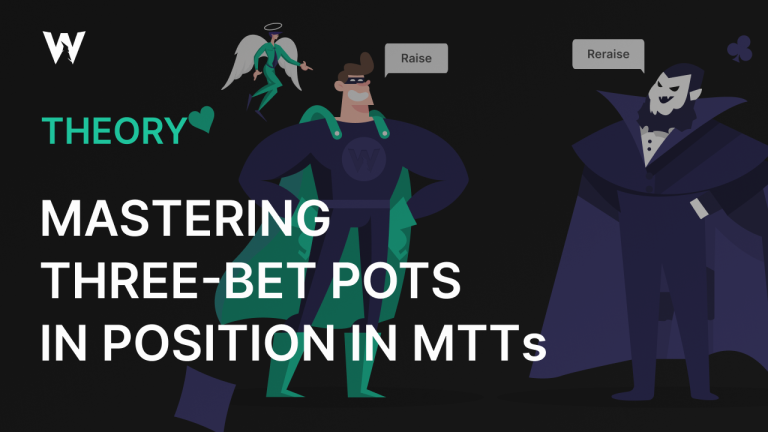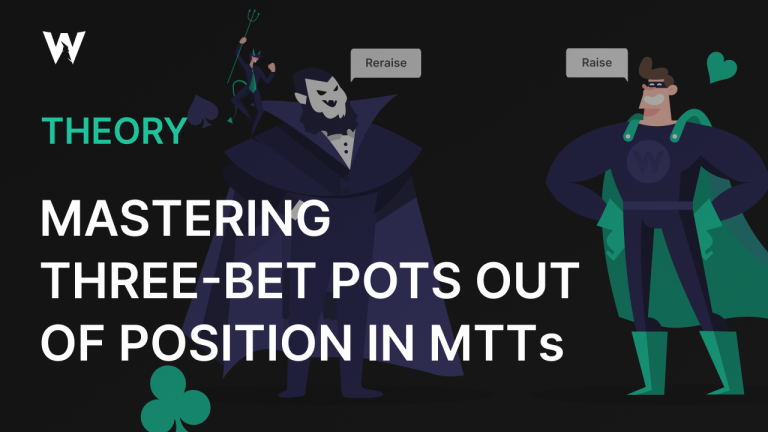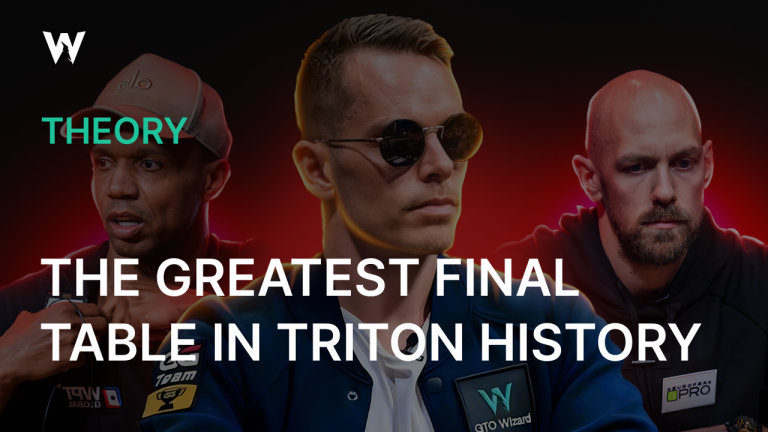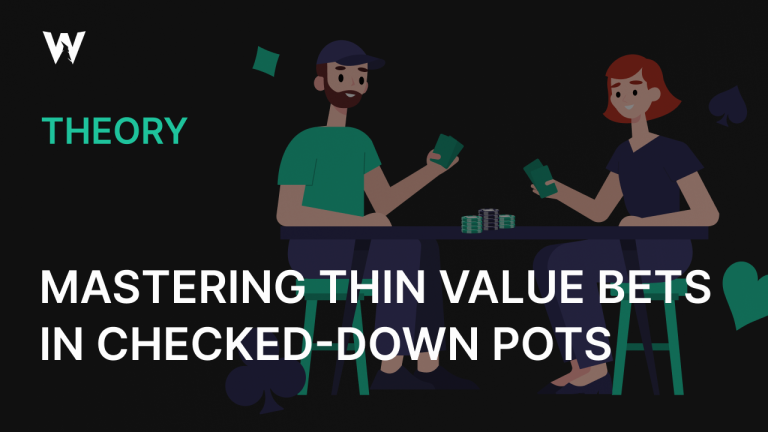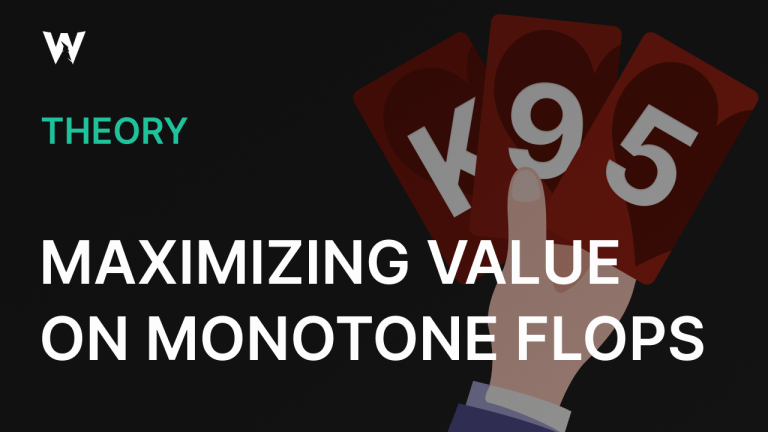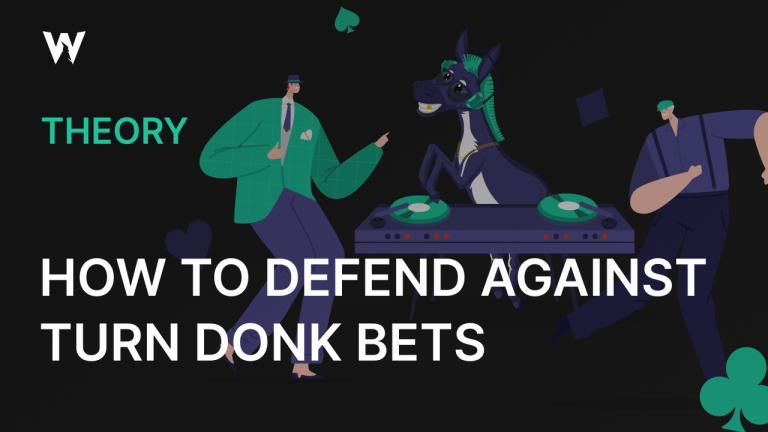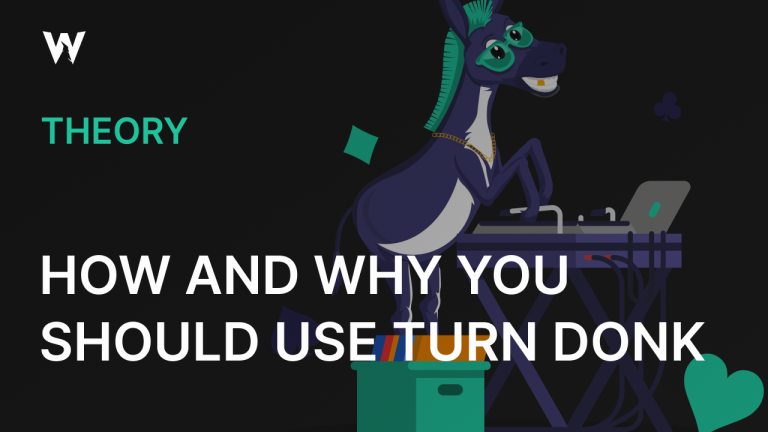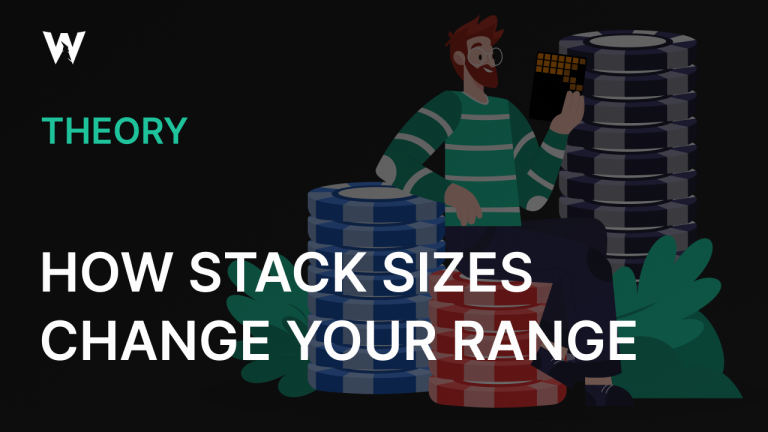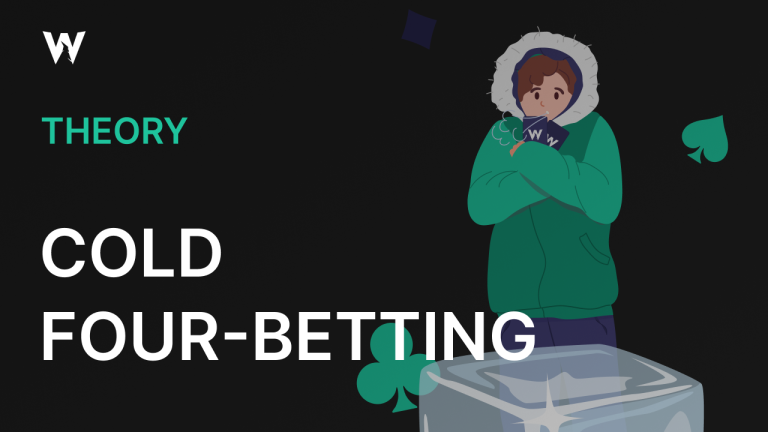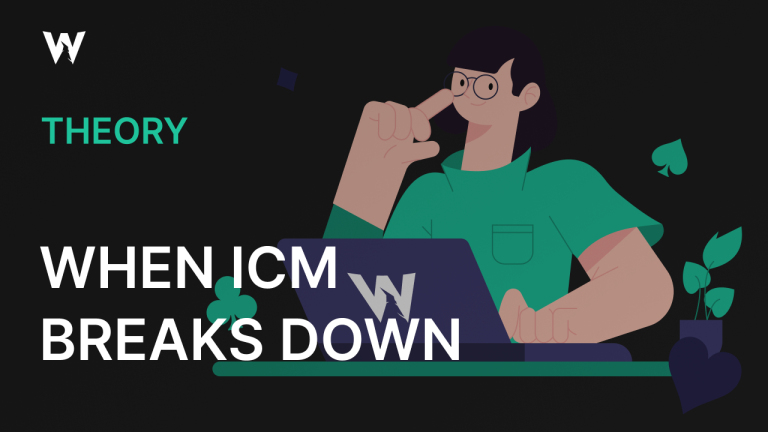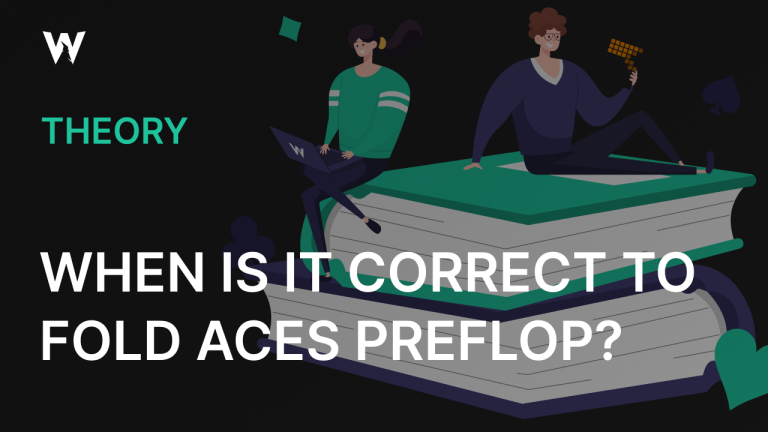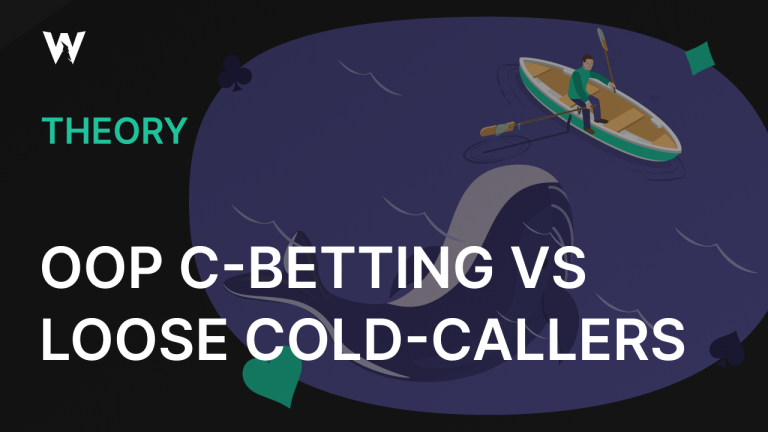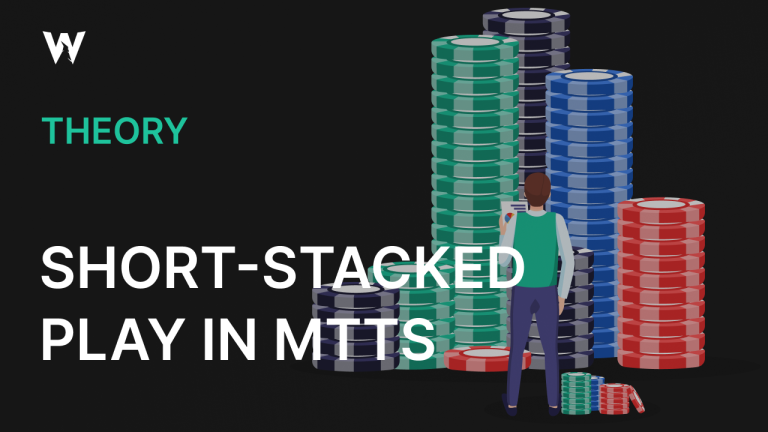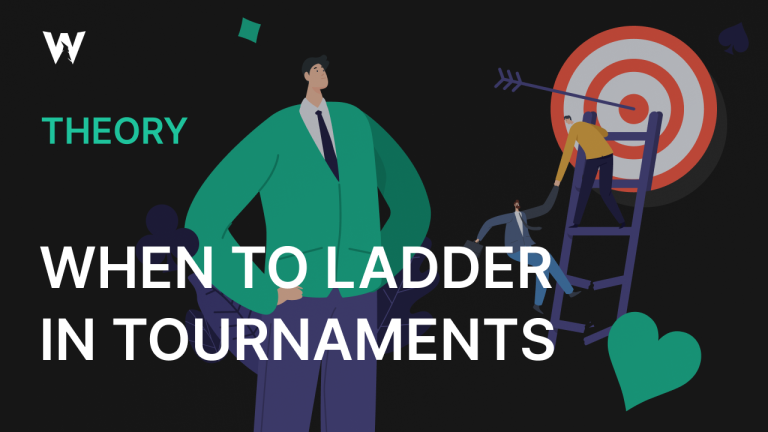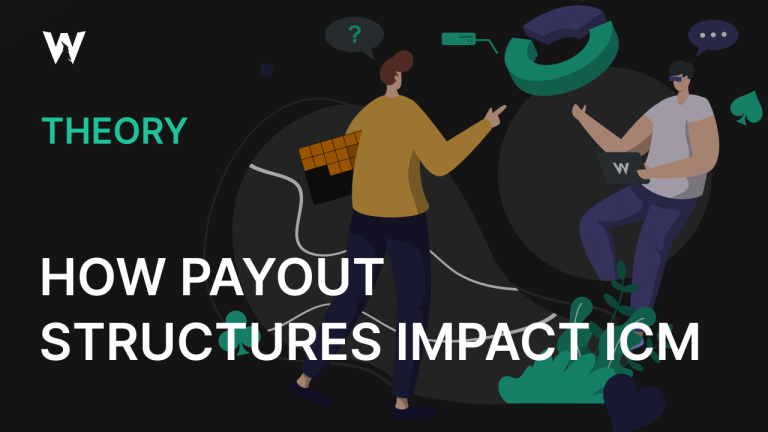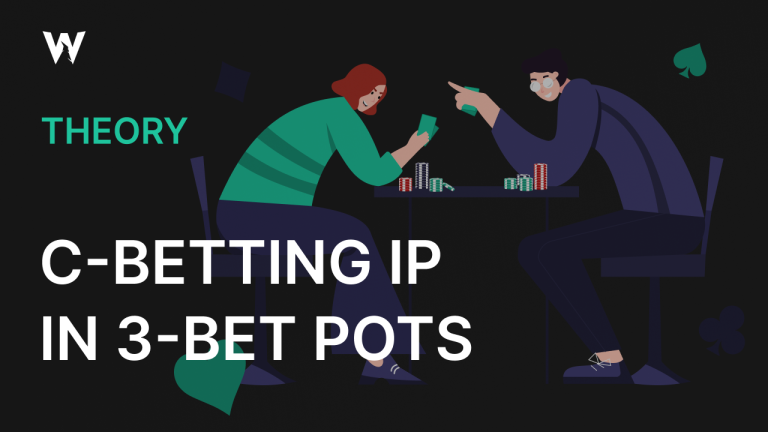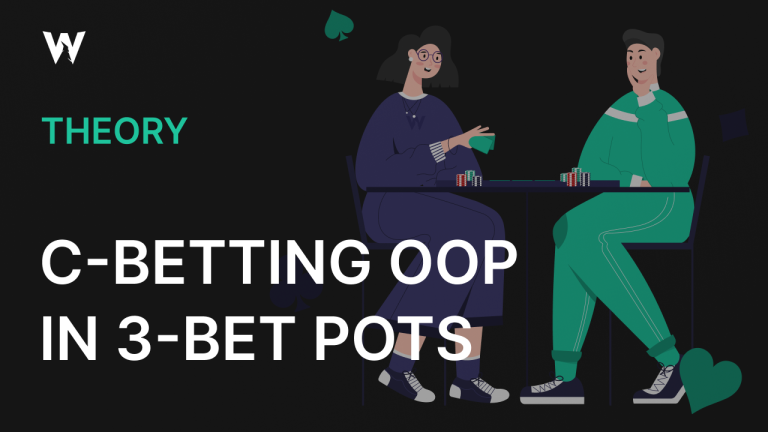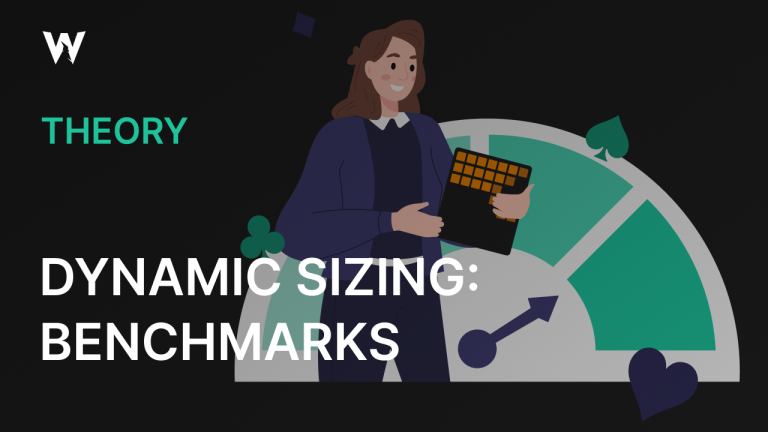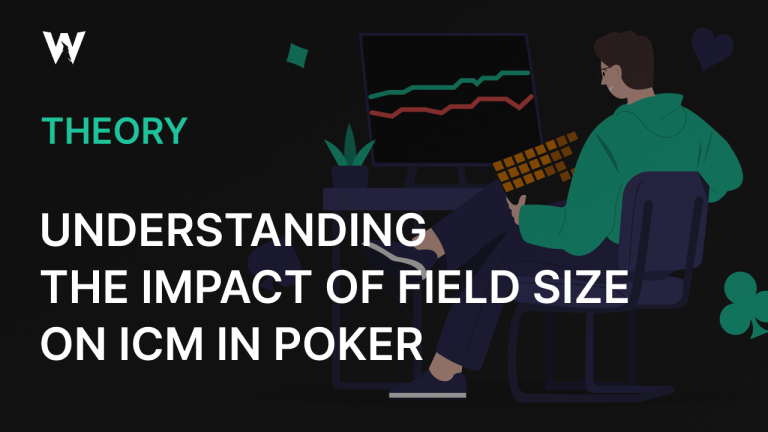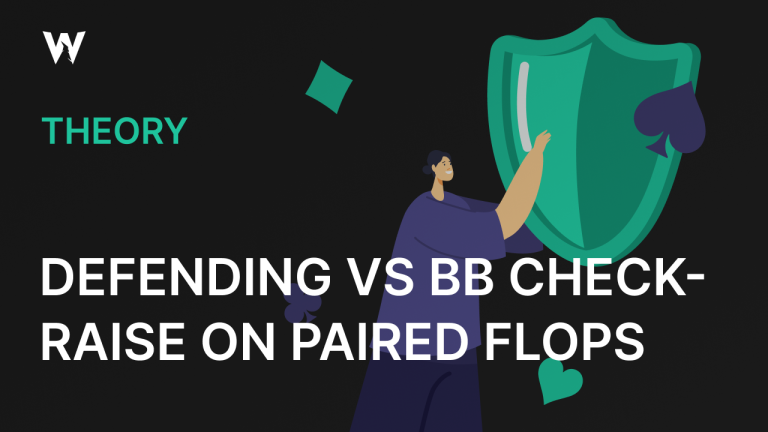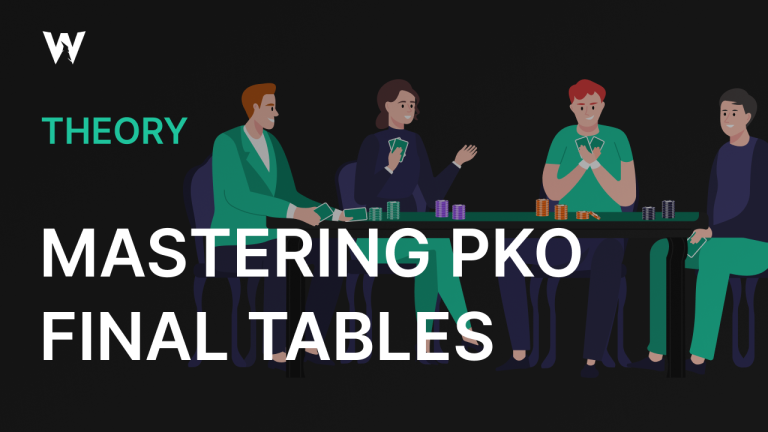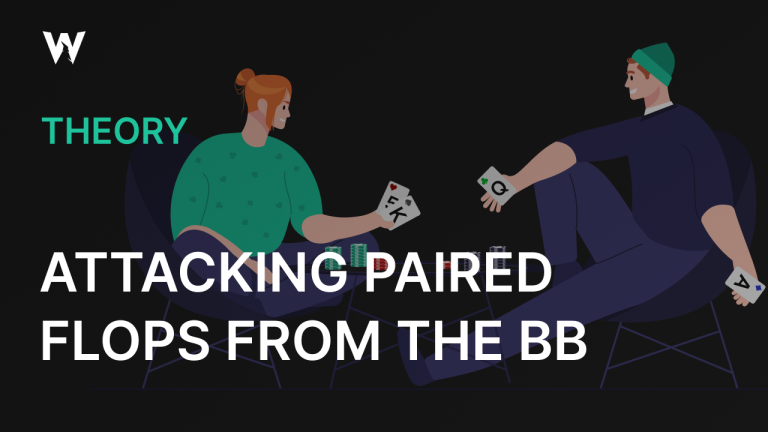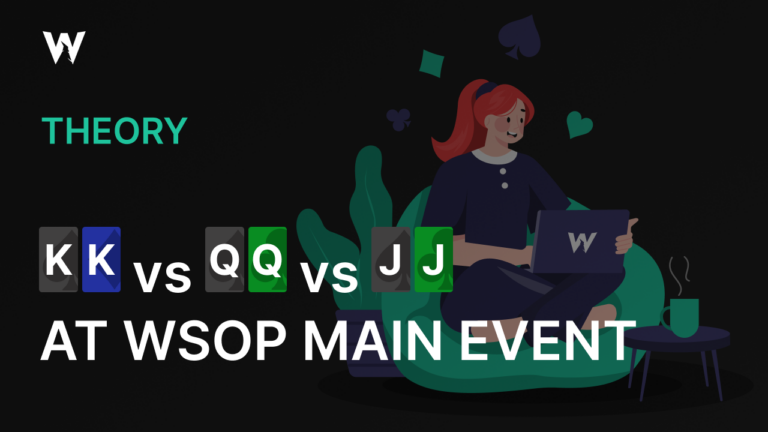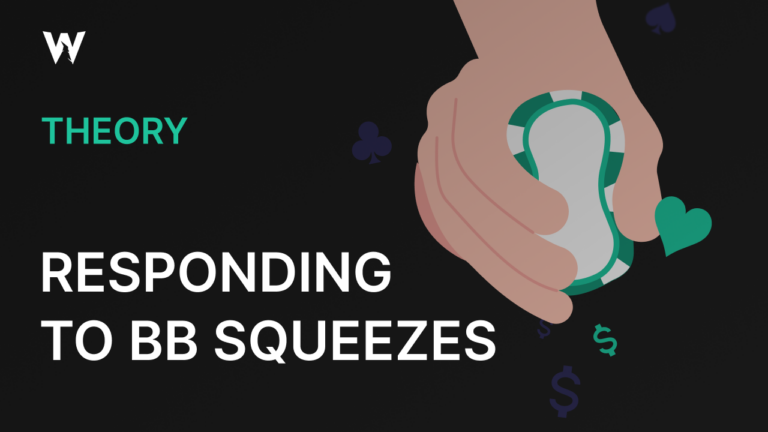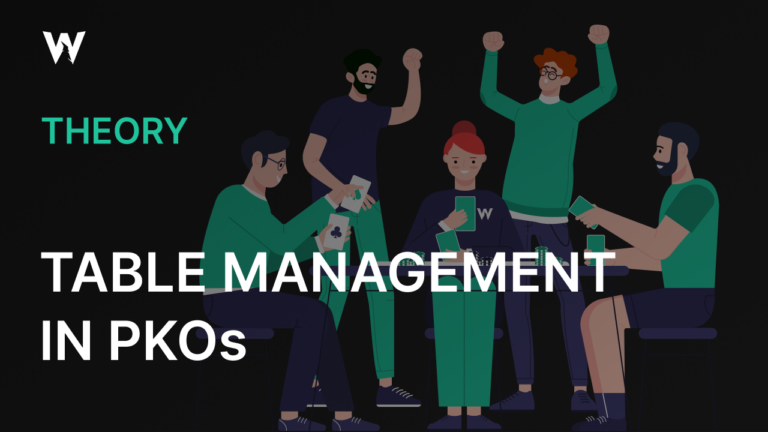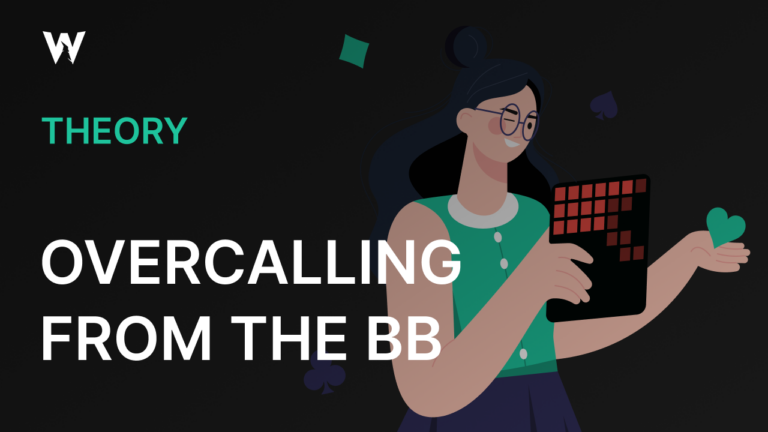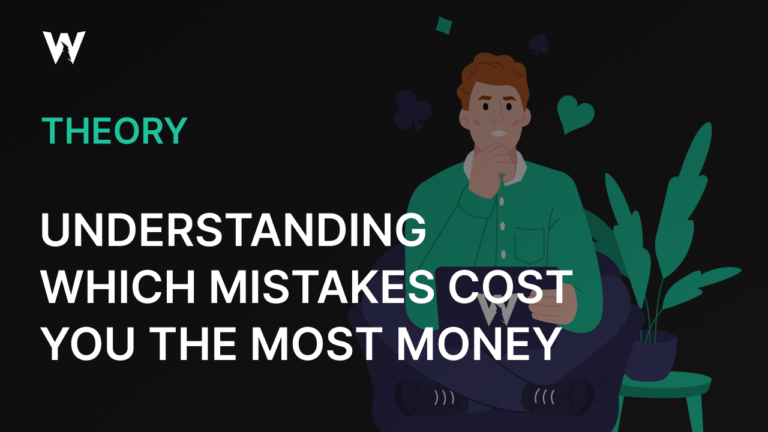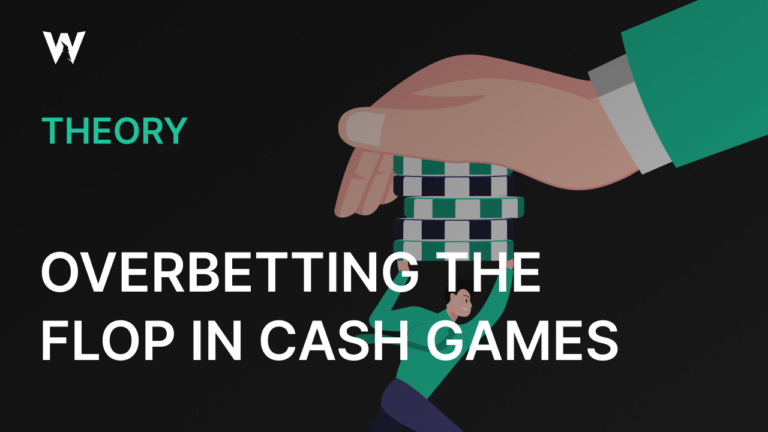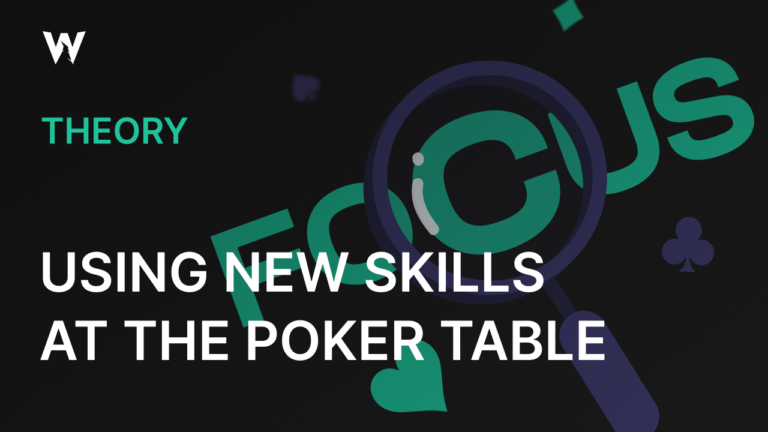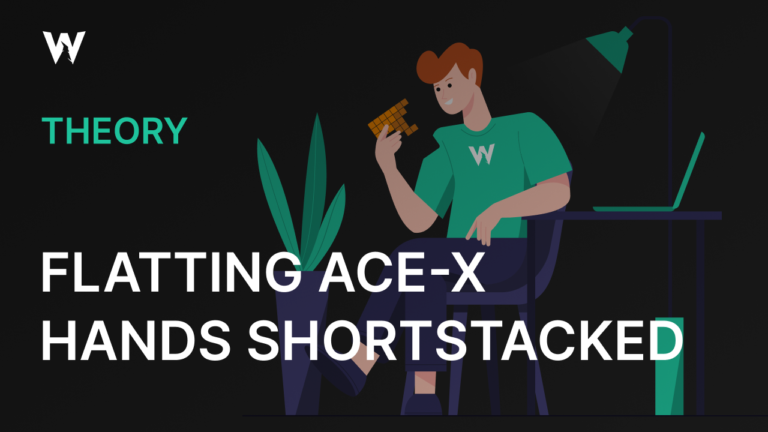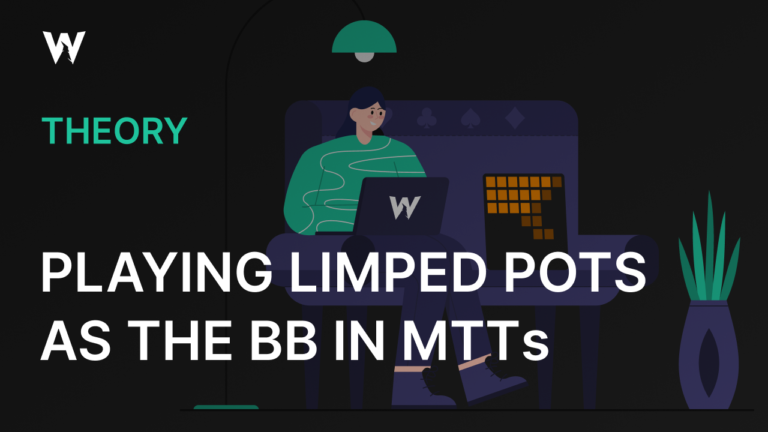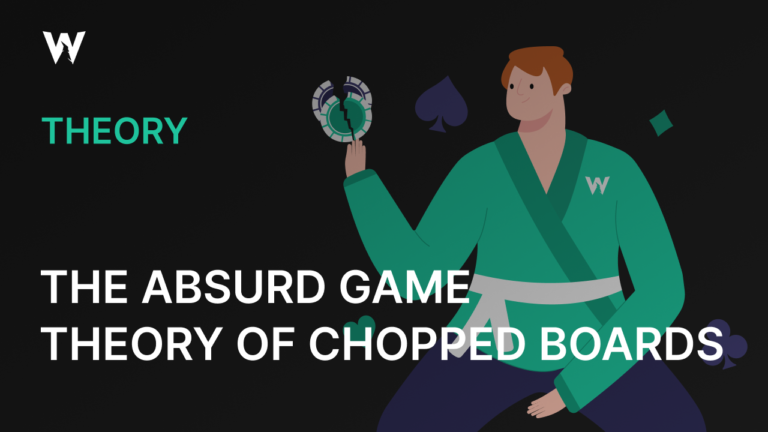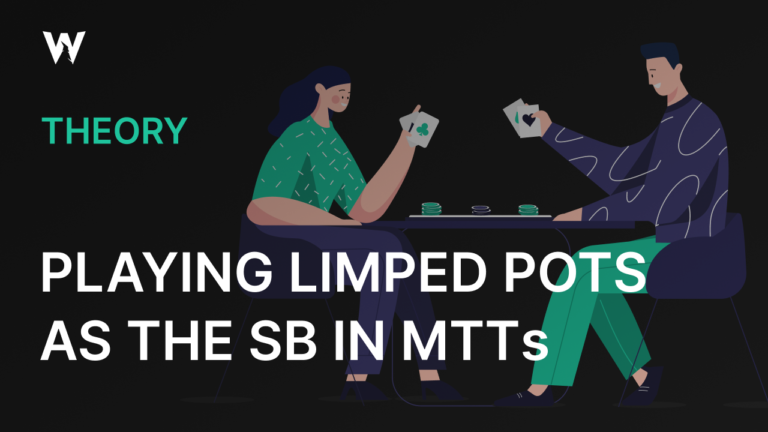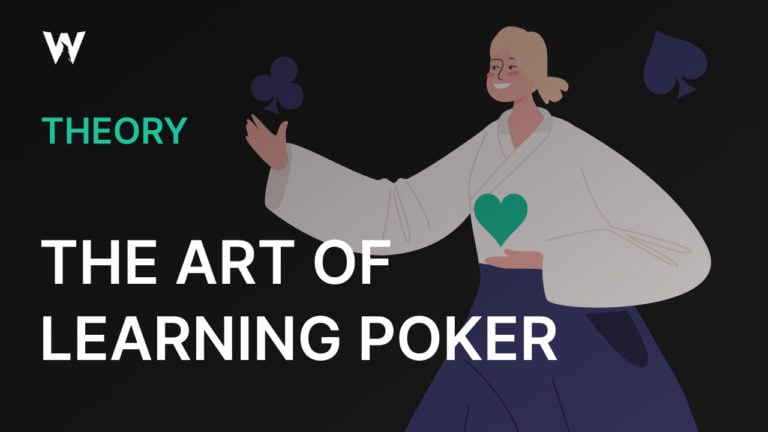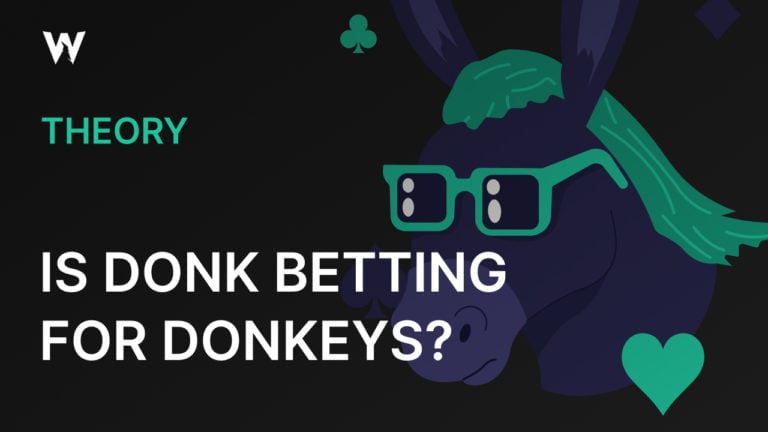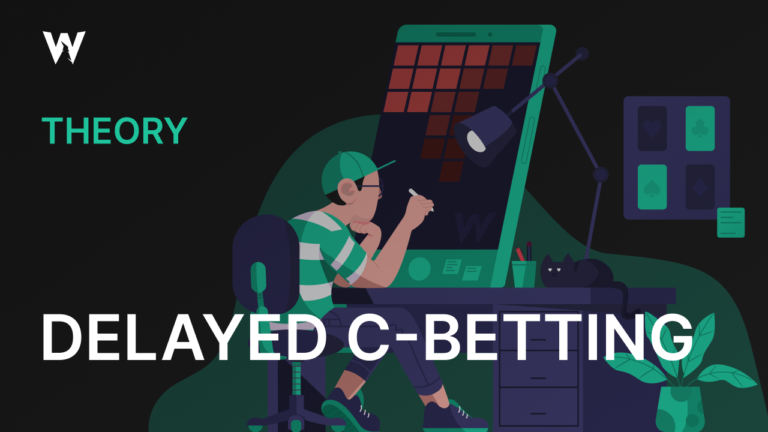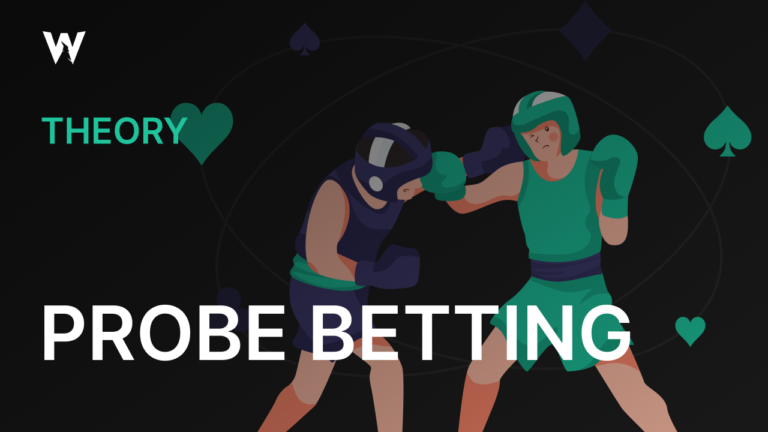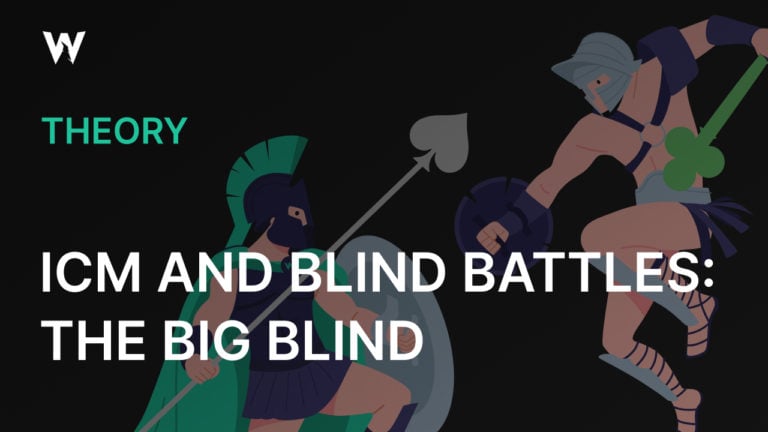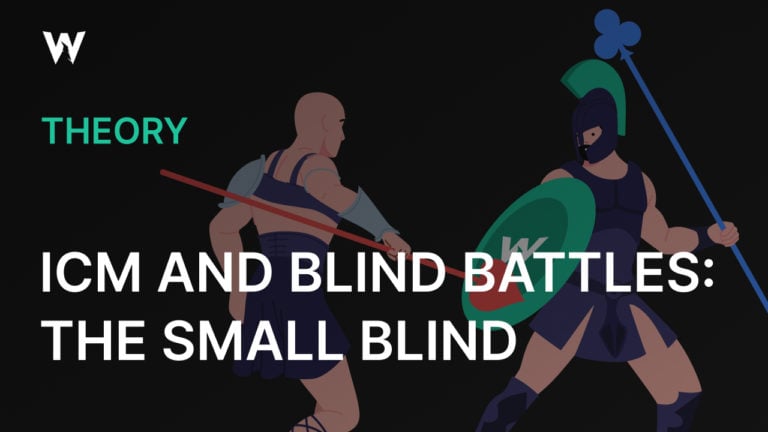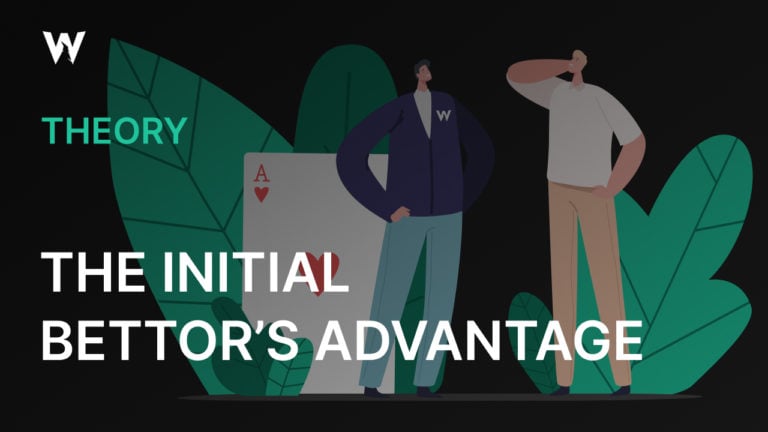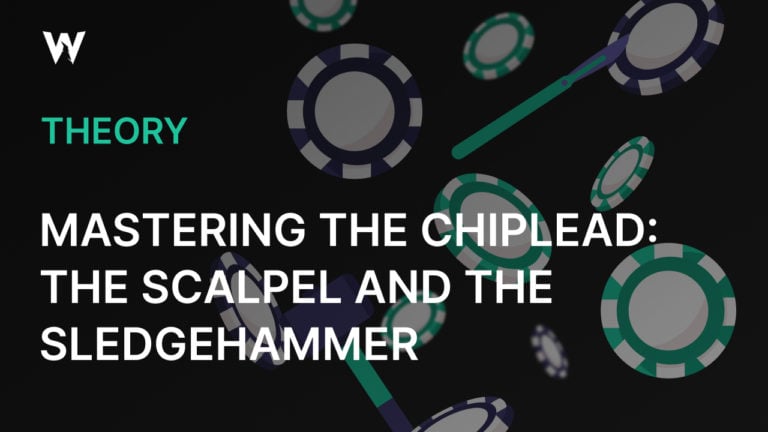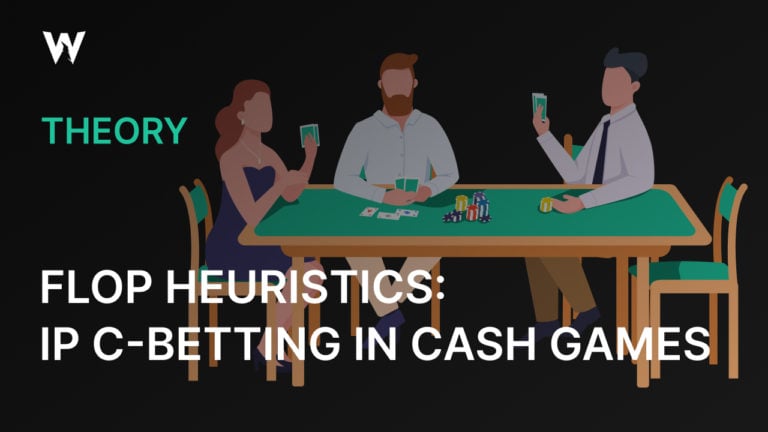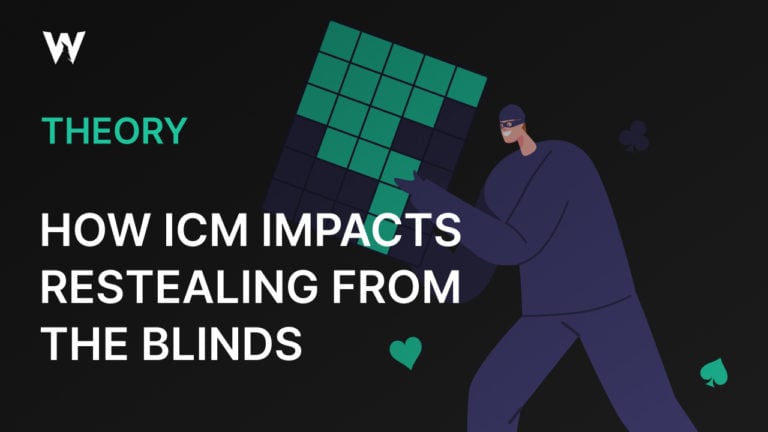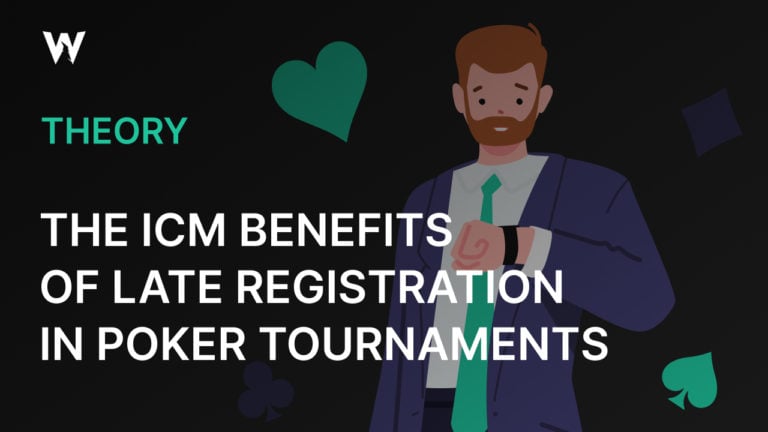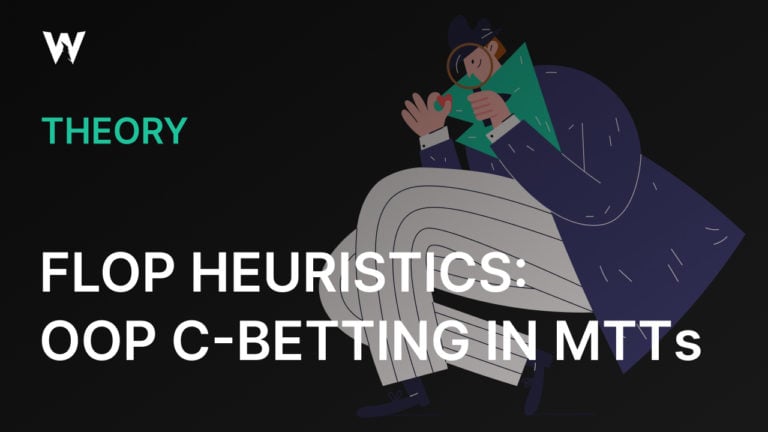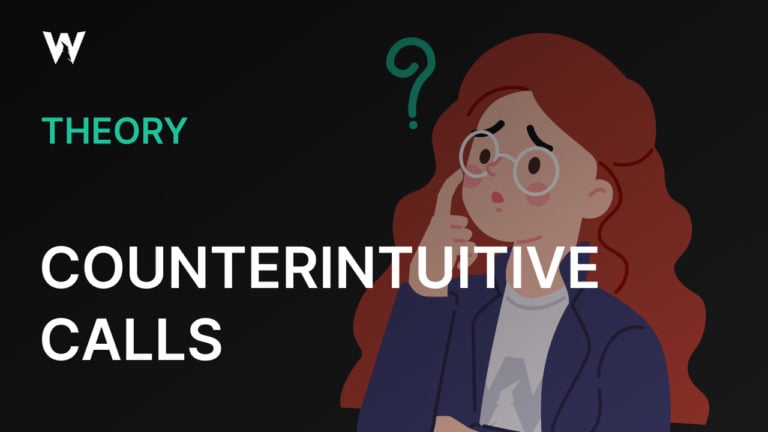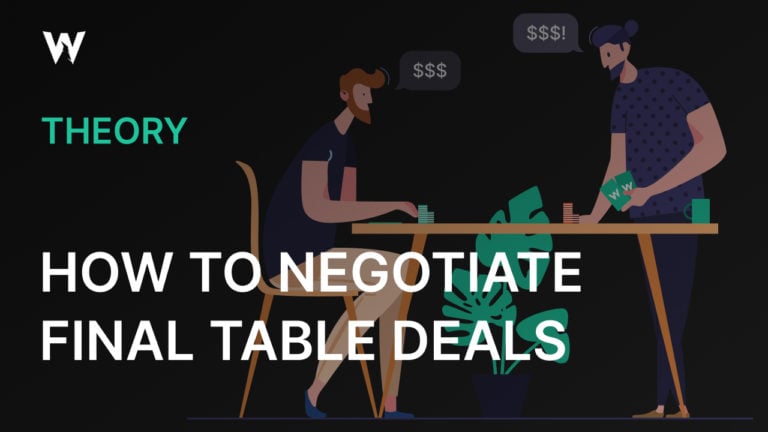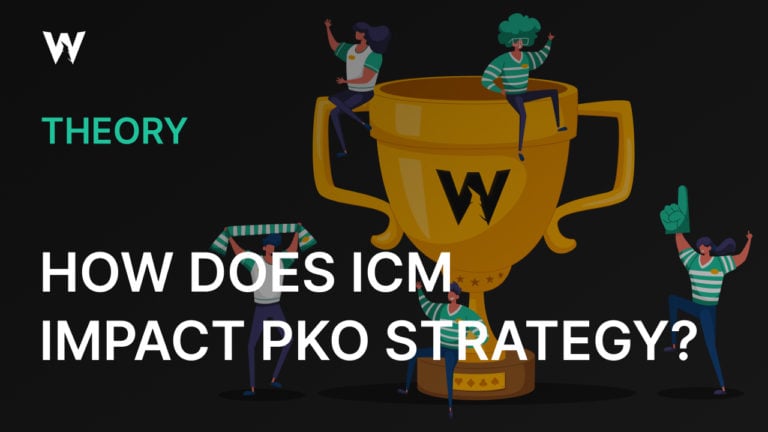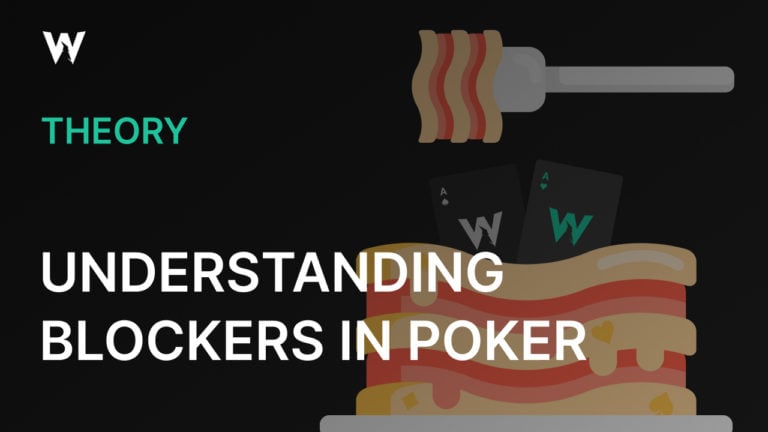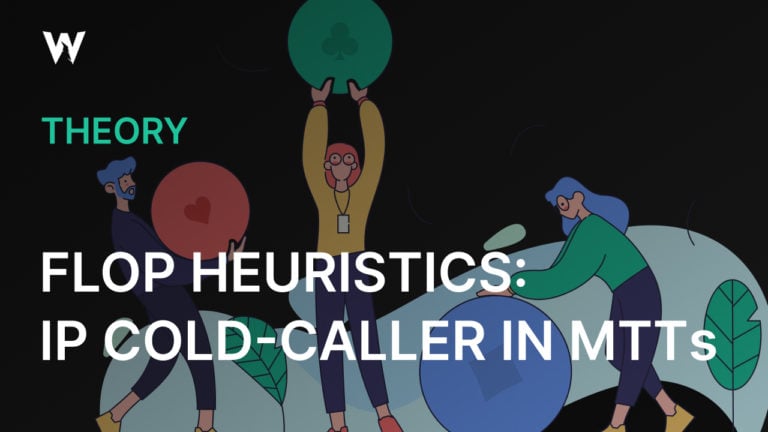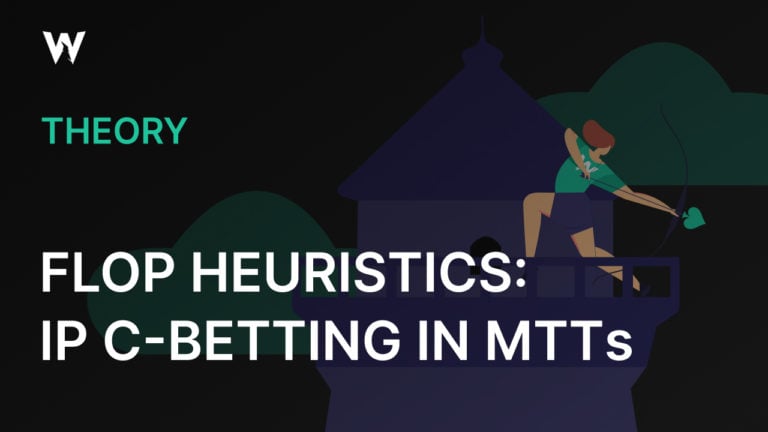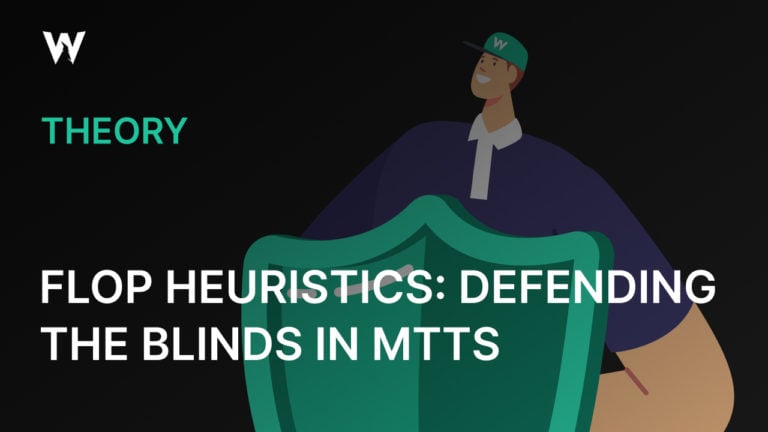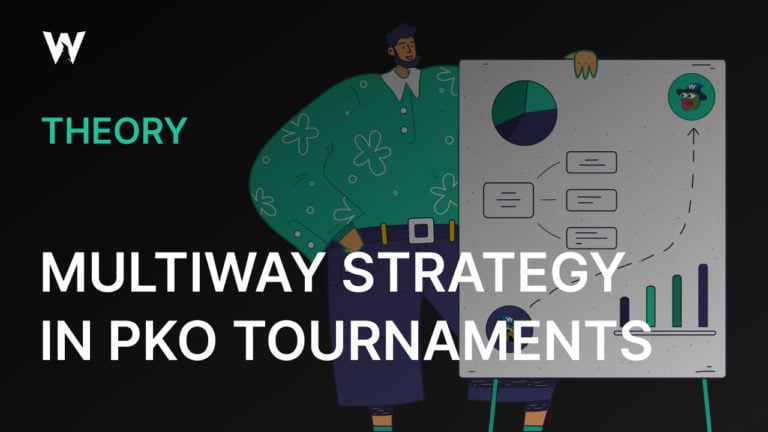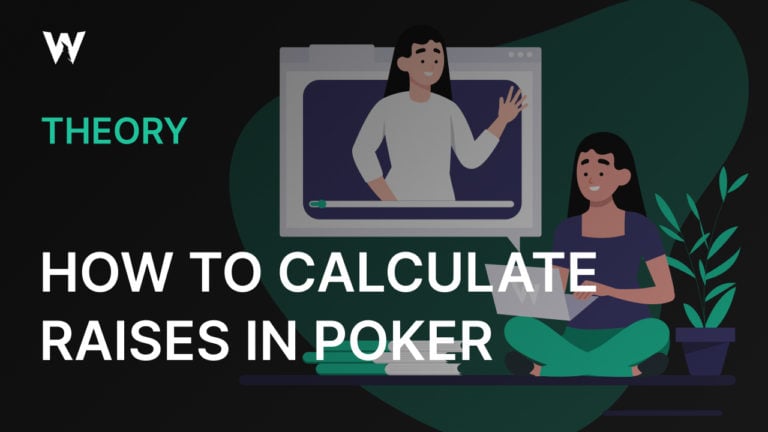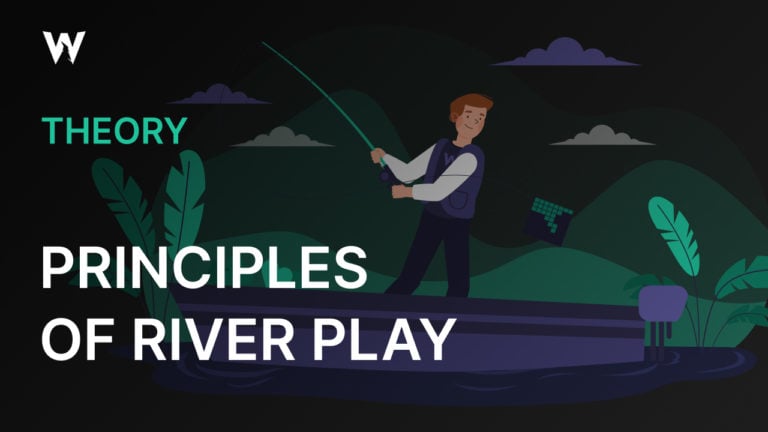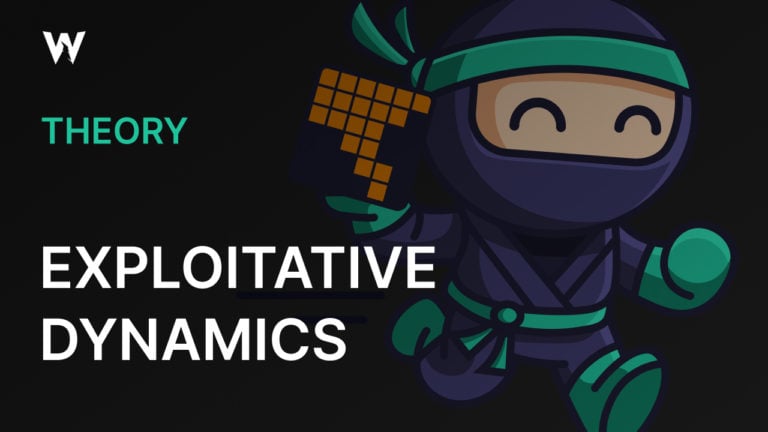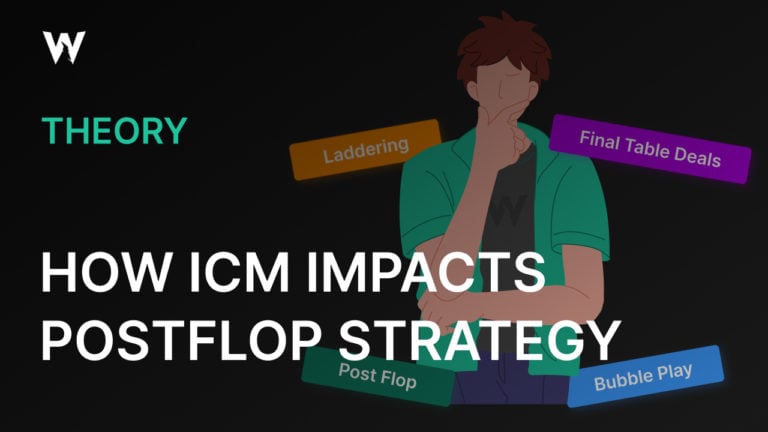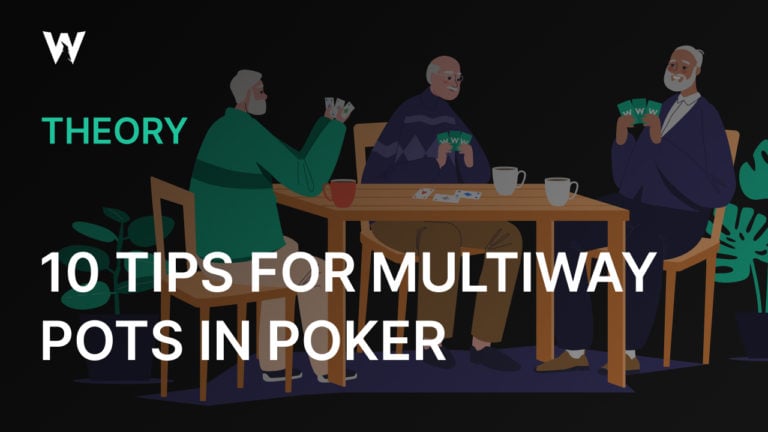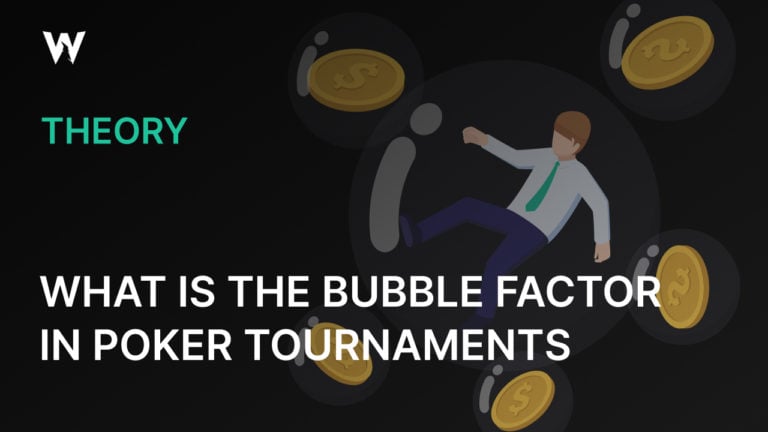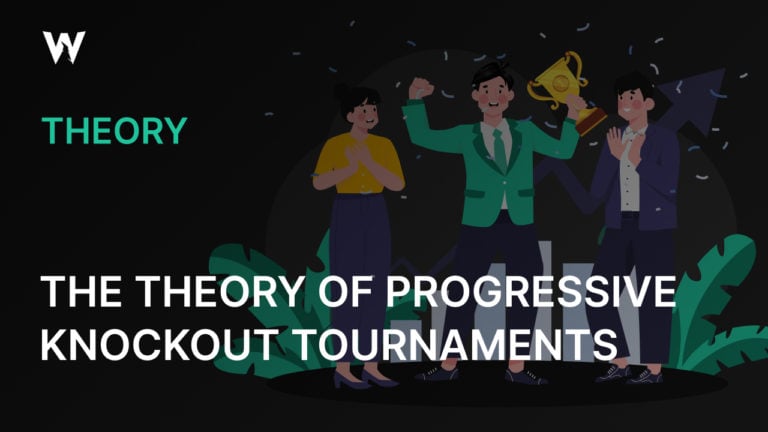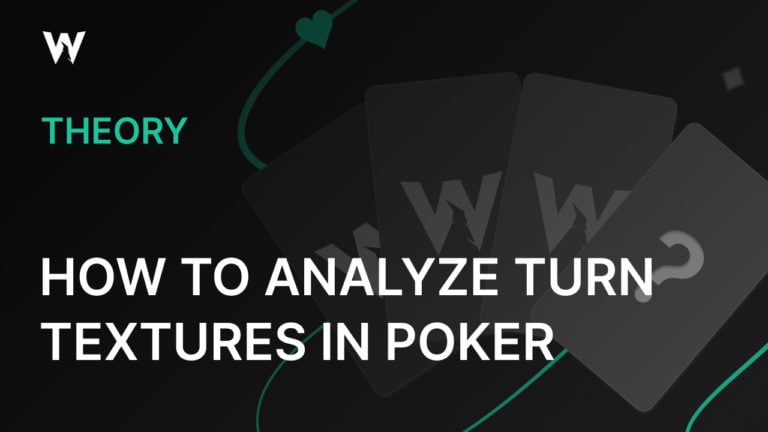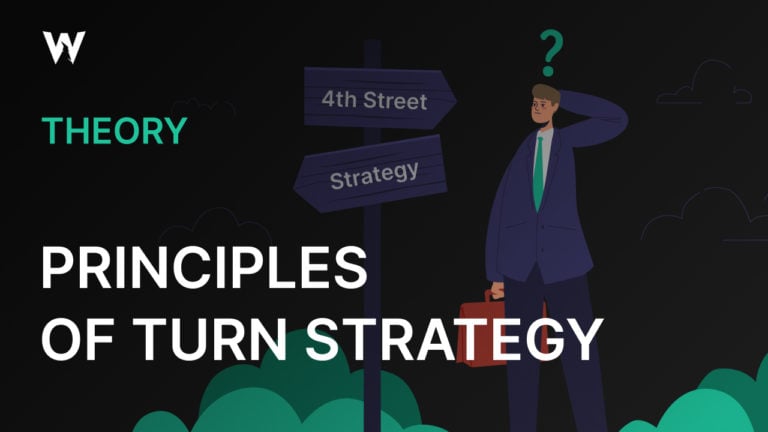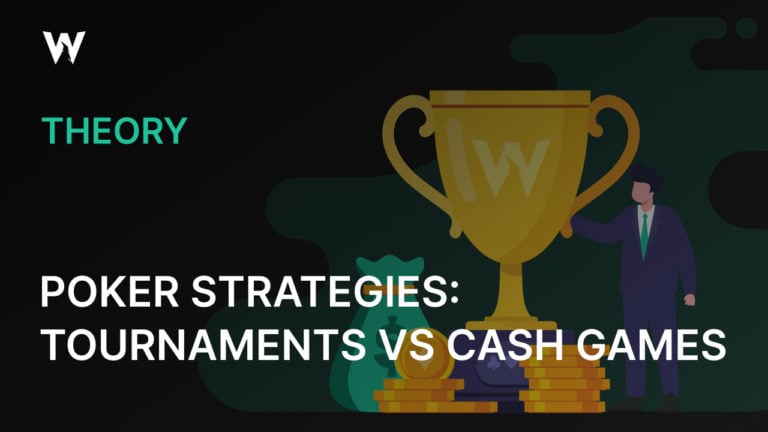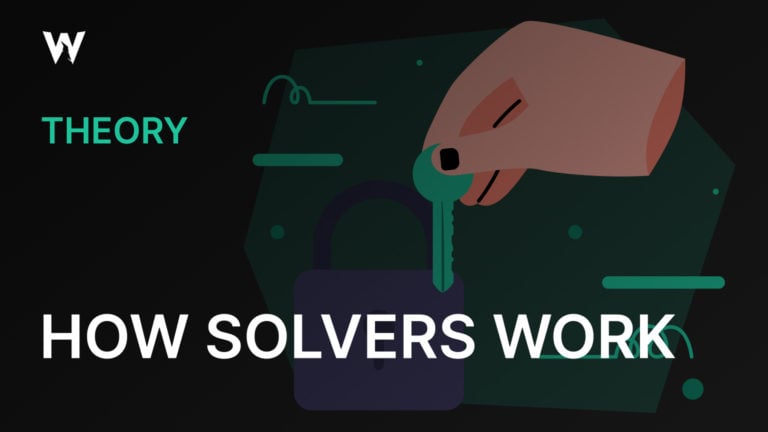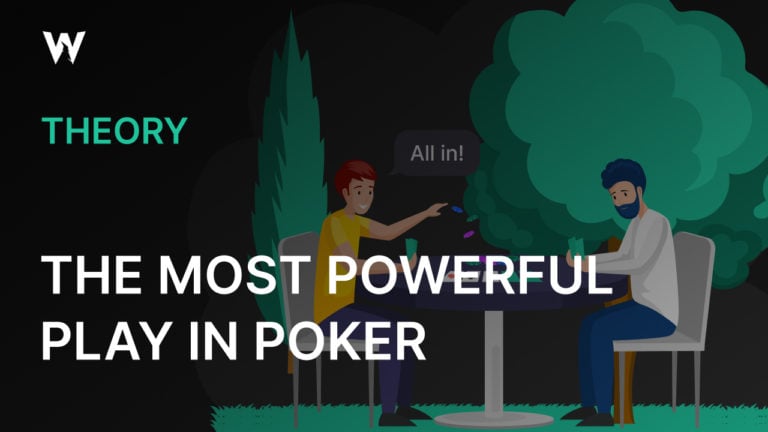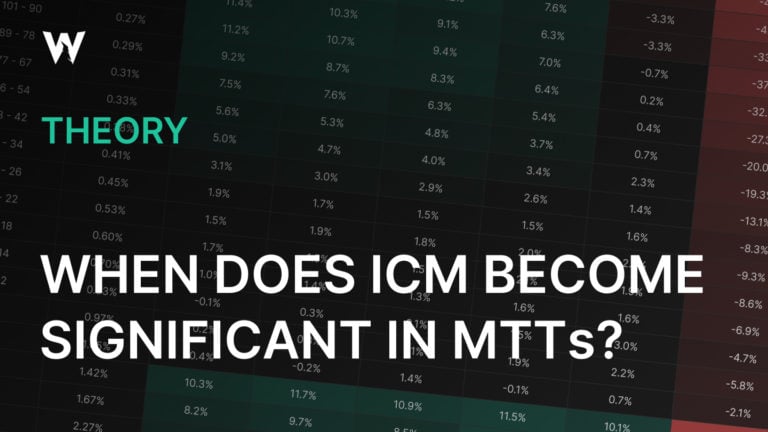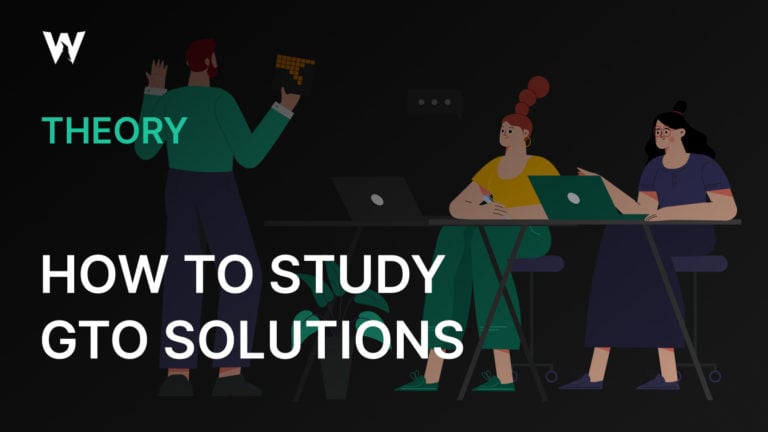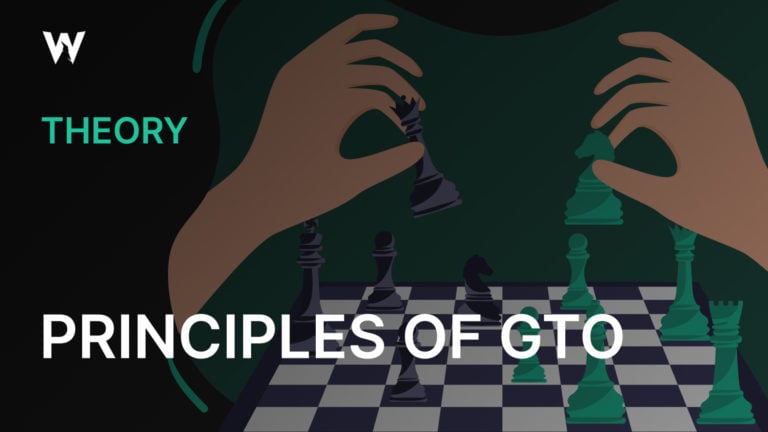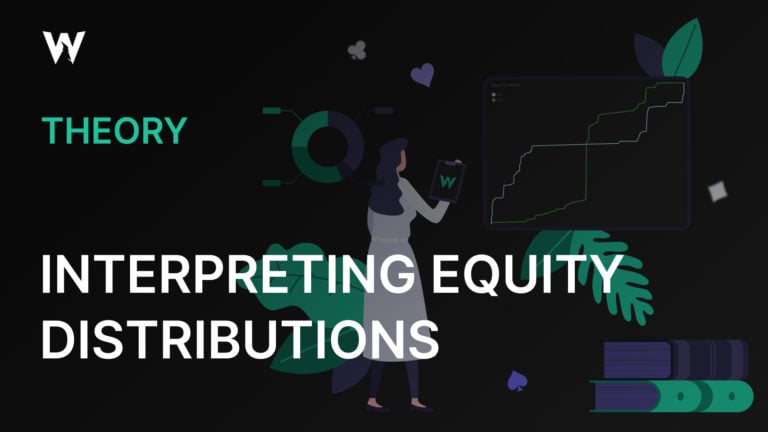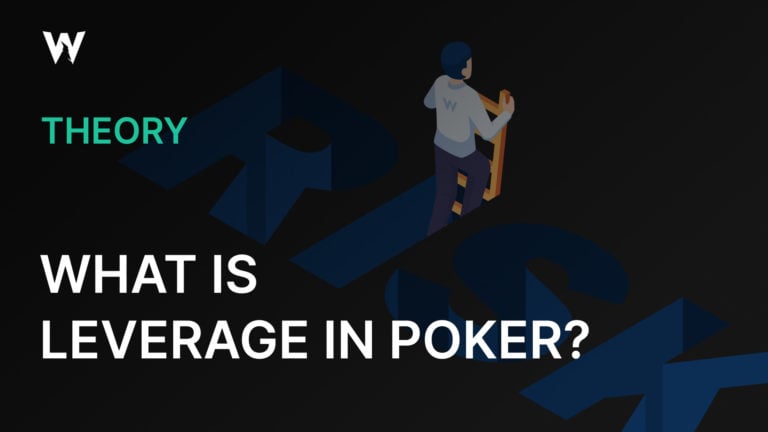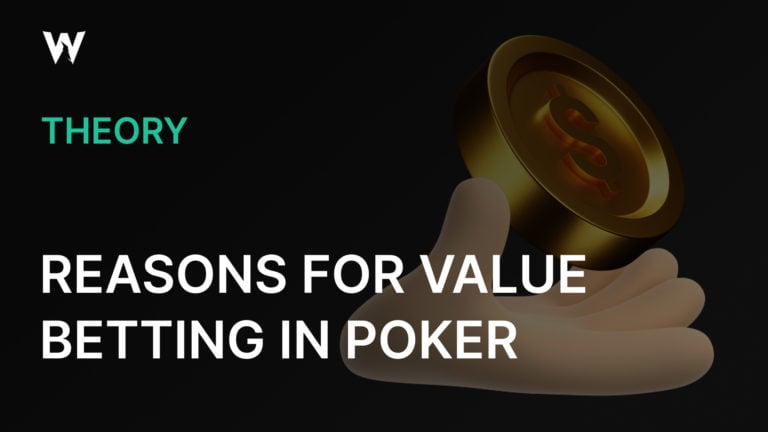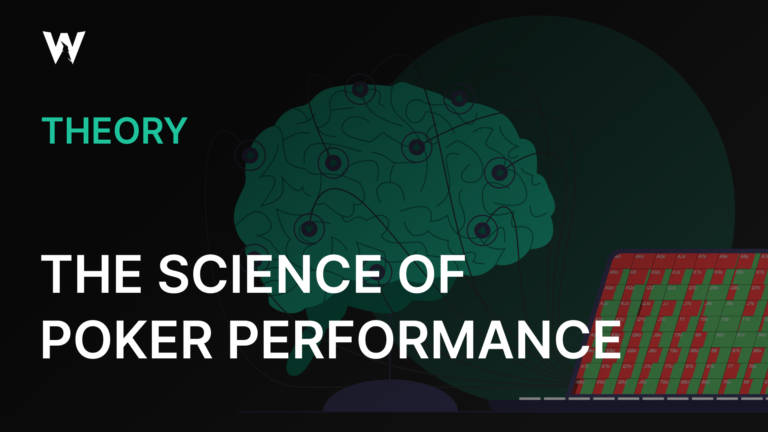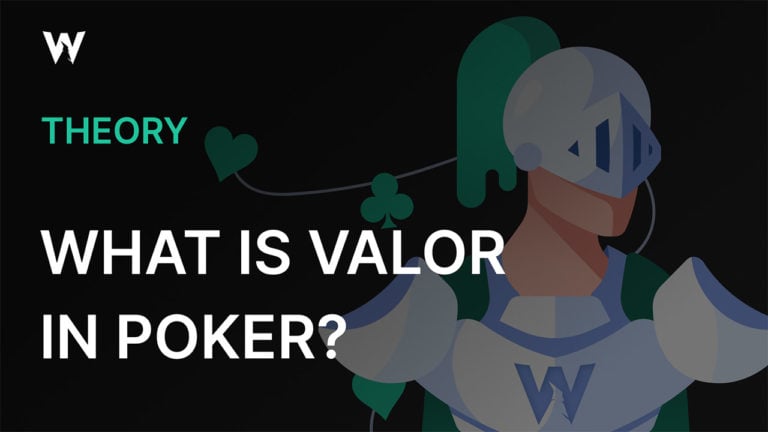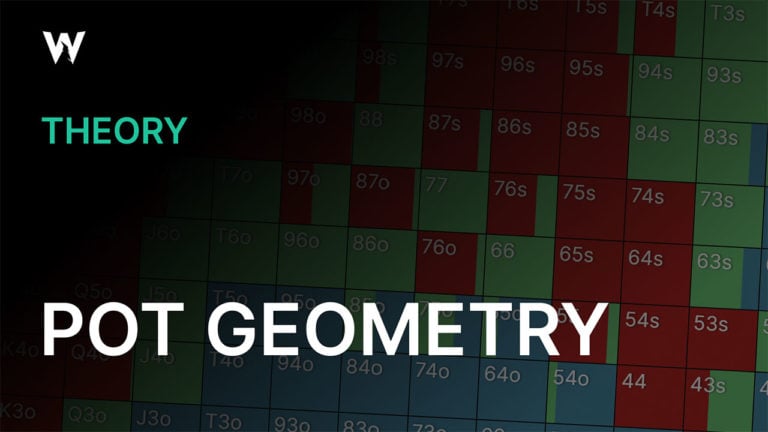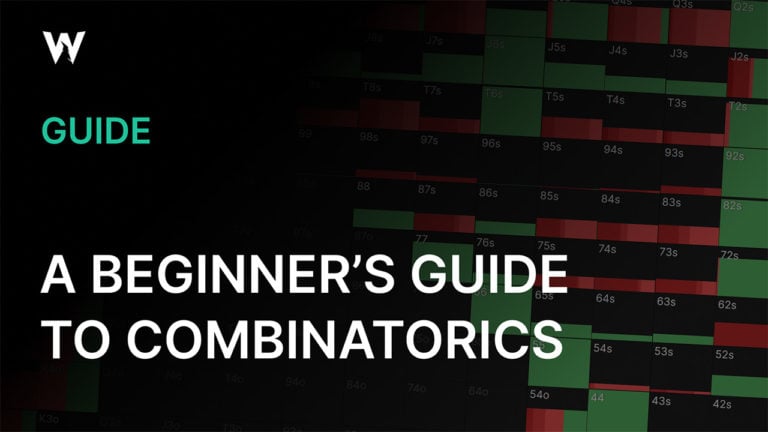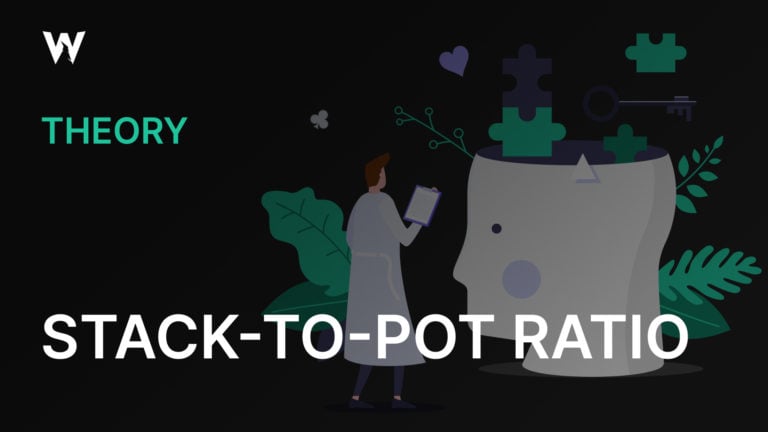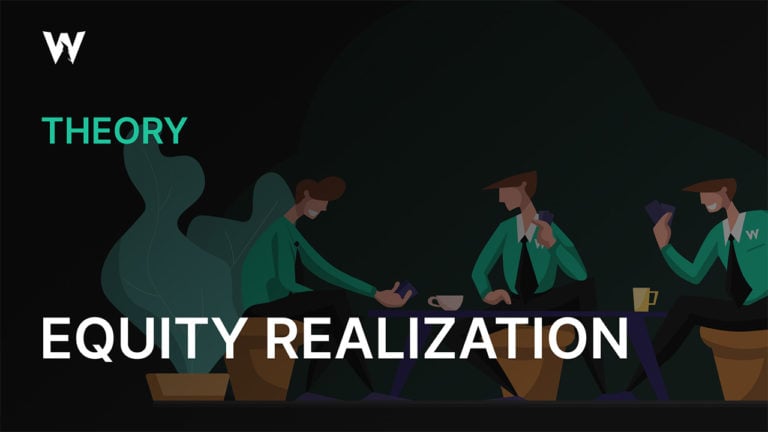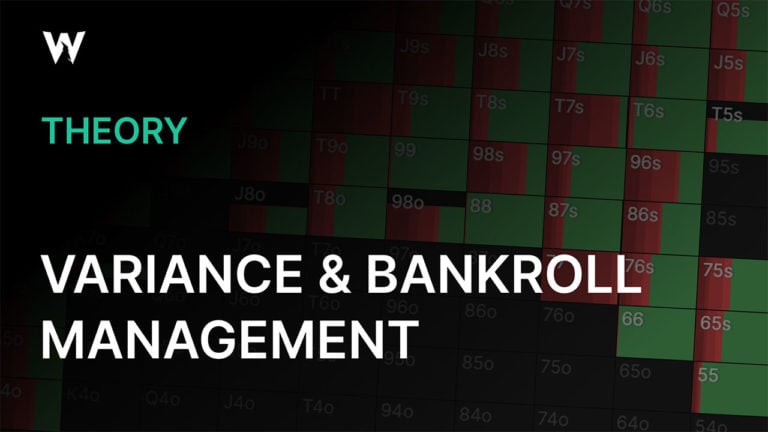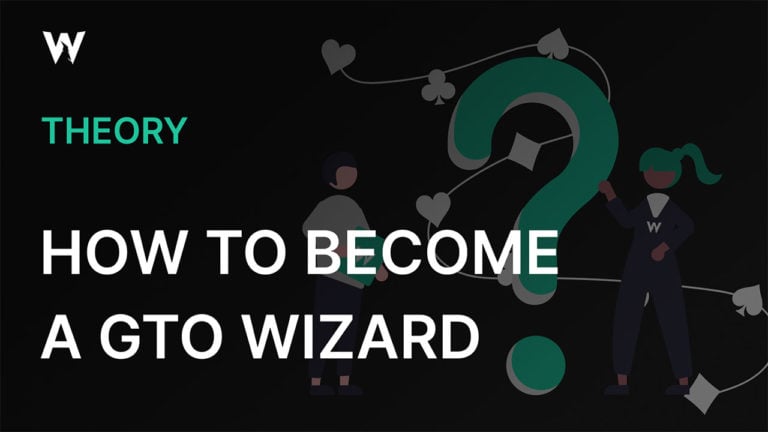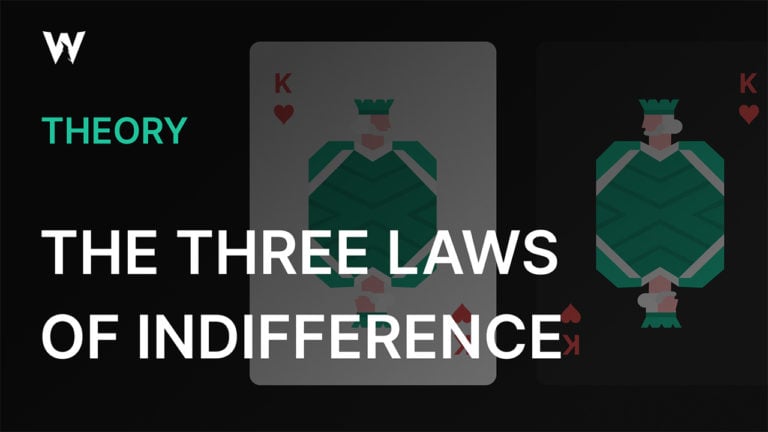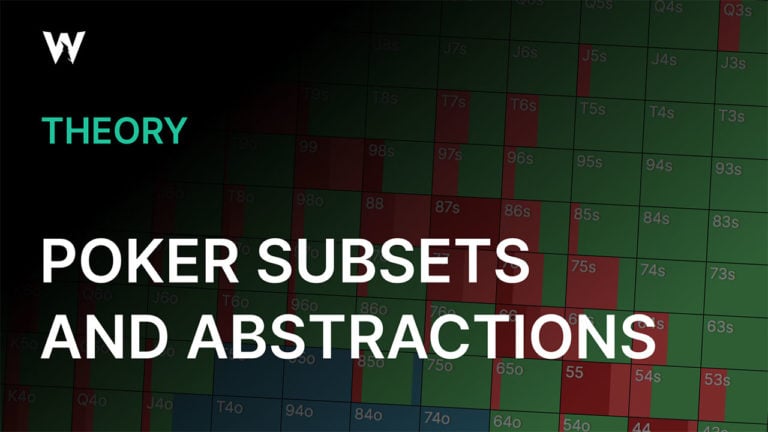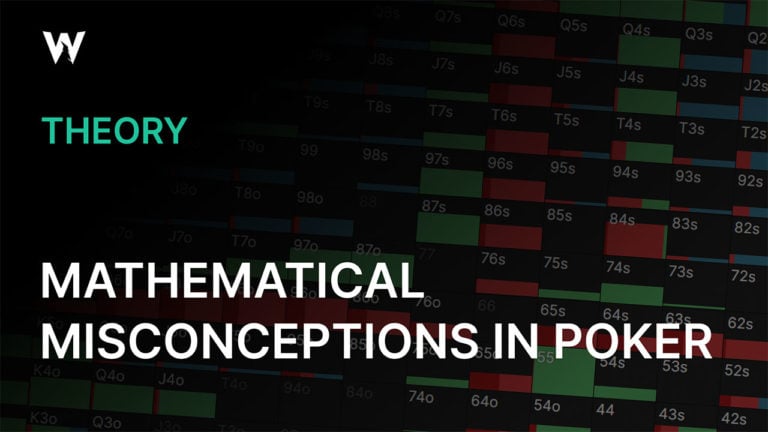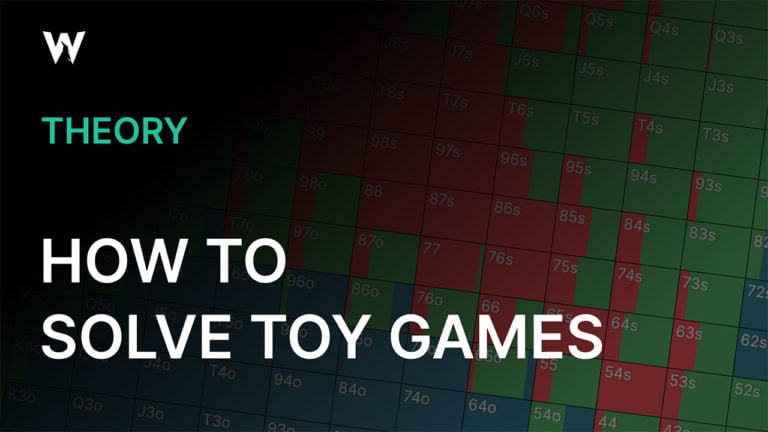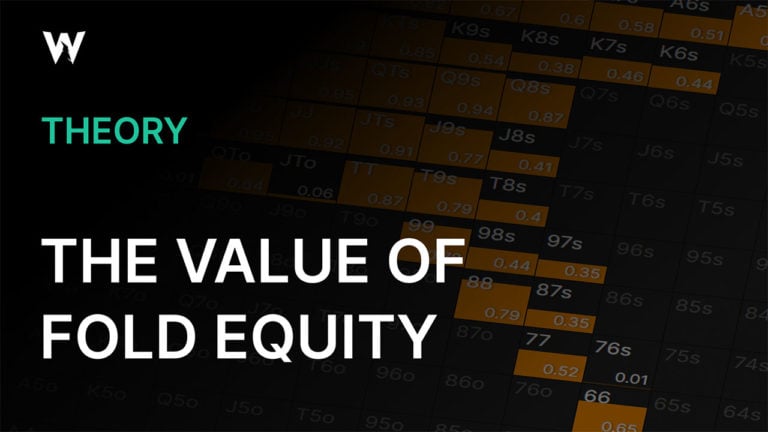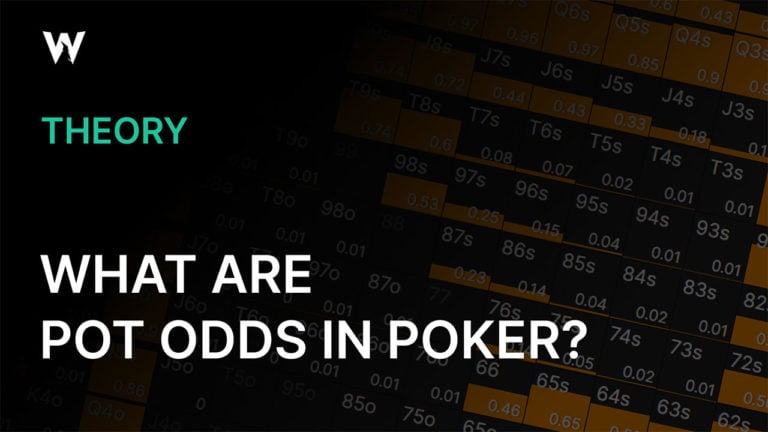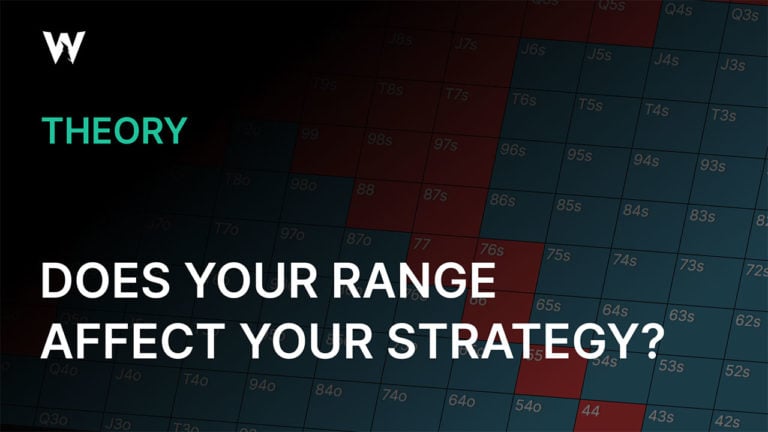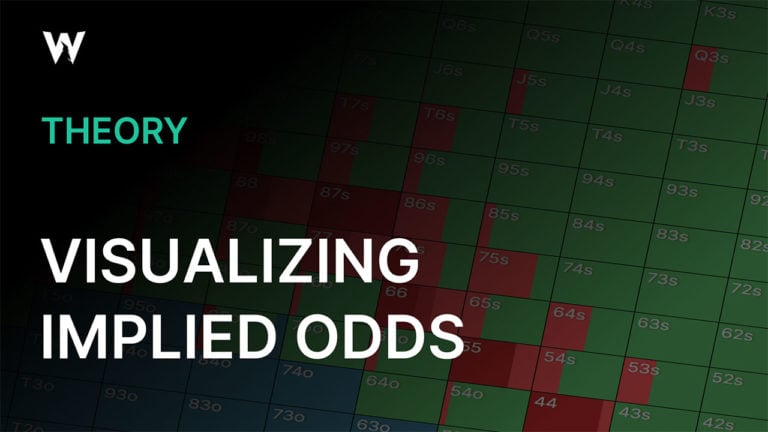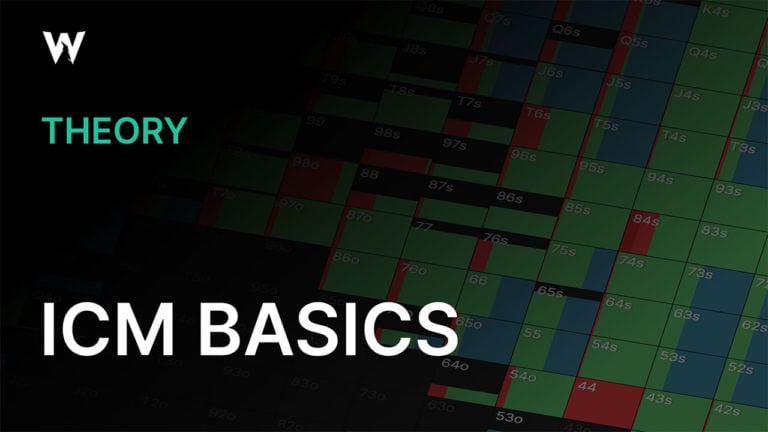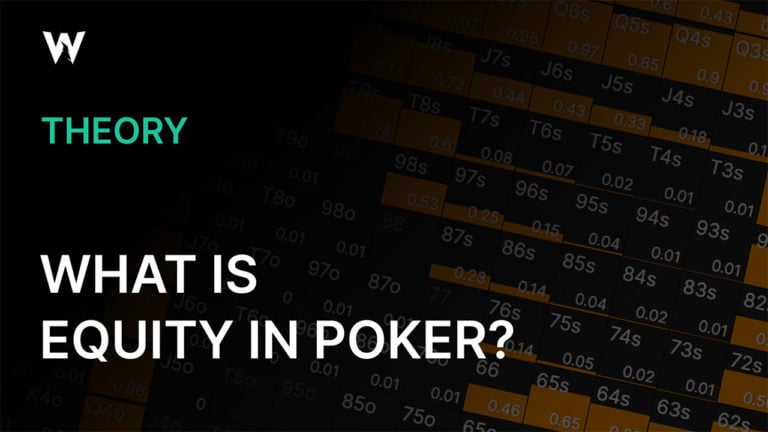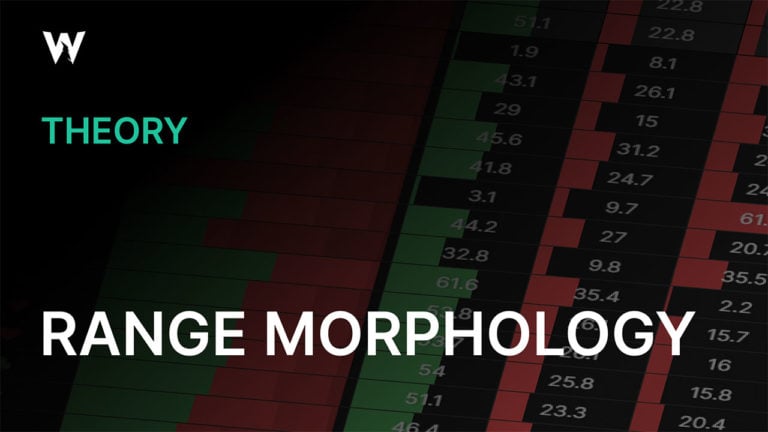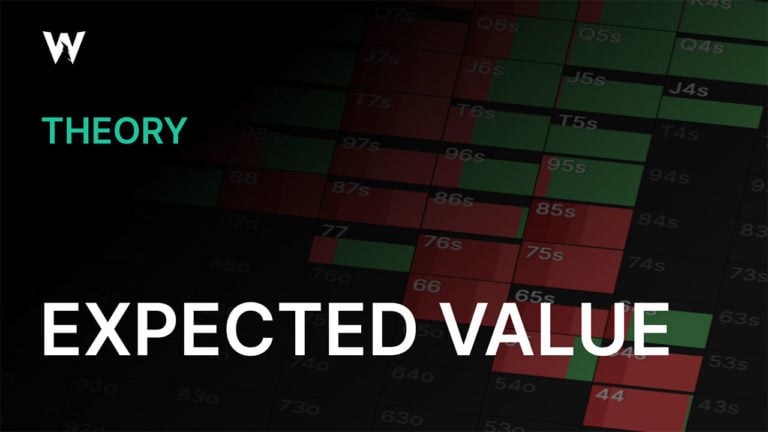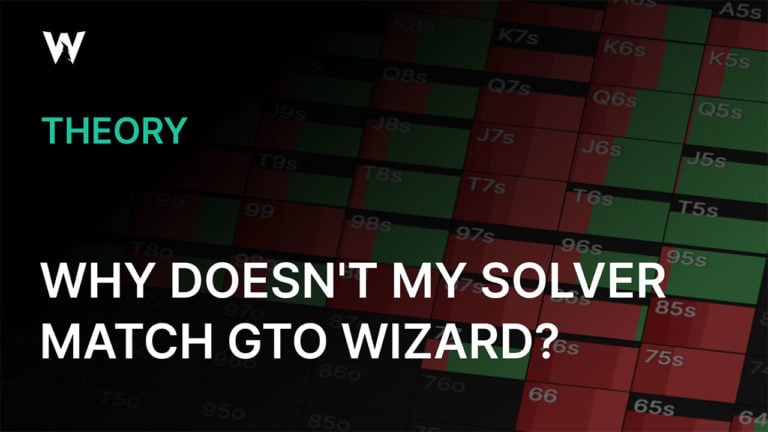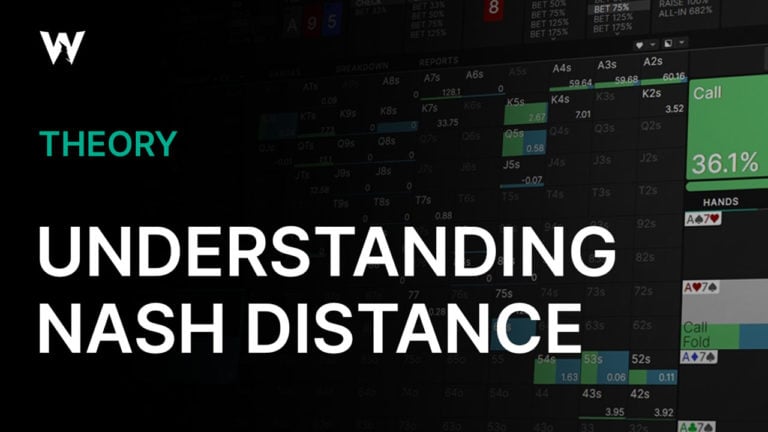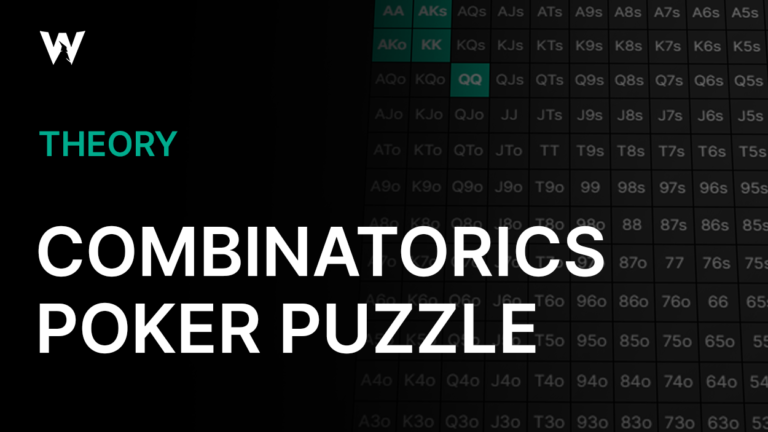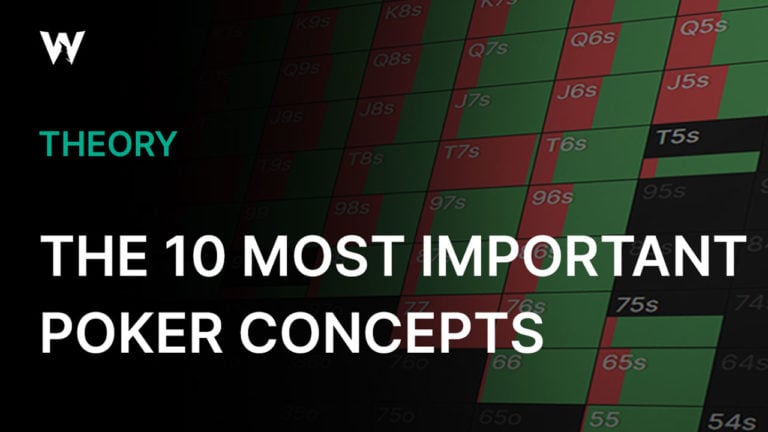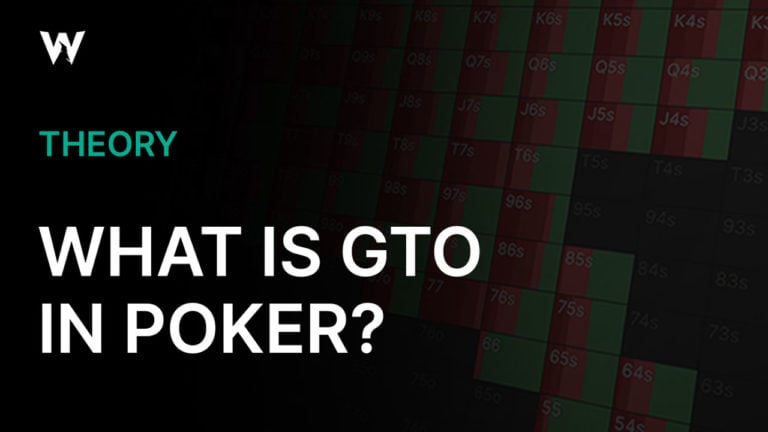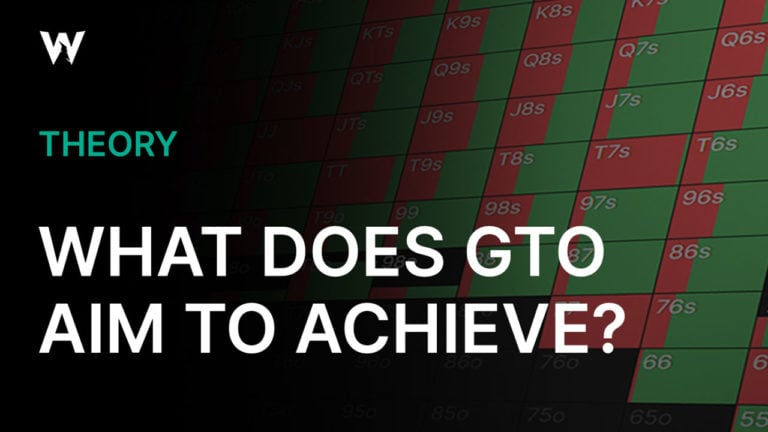The Art of Game Selection for MTTs: Finding Soft Fields & Extra Value
Game selection is not something immediately associated with tournaments because the seat draw is random. In a cash game, you can pick the exact table you play based on the people at the table. A lot of the time, you can even pick the seat. There are even private cash games where half the skill in poker is getting invited to them.
I prefer MTTs partially because they do away with that aspect of poker entirely, but there are still considerations to make regarding game selection in tournament poker. You can still find good and bad tournaments to play, even if you have no control over who you specifically play against.
Venue Selection
The first consideration is the types of venues you play, live or online. The following considerations can be applied to MTTs or cash games.
Many poker players may not like it, but proximity to other gambling games like slots, sports books, and roulette is good for their bottom line. An online poker room with a sportsbook is more likely to attract gamblers trying their hand at poker for the first time than a poker-only site. A poker room inside a casino will be softer than a poker club, for the same reason.
In addition to finding soft opposition, game selection is also about avoiding tough regulars. The best way to do this is to look for venues where it is difficult for them to ply their trade easily. In live games, this might mean a dingy poker room (rather than the Wynn). In online games, this is mostly on sites that make it difficult to multi-table. Some sites restrict how many tables you can play, and others are smartphone-only. I have a policy online of only playing at sites where HUDs are not allowed for this reason. Sites that don’t have generous rakeback deals also put off professional players.
There is an obvious trade-off here, as you need to be able to multi-table and rakeback is very important. So it’s about finding the right balance of games with as few tough regulars as possible but also being a ‘regular’ yourself who does things like multi-tabling.
In live poker, one of the most pertinent factors in game selection is how mature the online poker market is in a certain region. Norway, for example, has heavy restrictions on online poker, and as such, the Norwegian Poker Championships (which takes place in guest countries outside of Norway) is always considered a very soft event. In contrast, London is a terrible place to play live poker because not only is online poker readily available, it is tax-free, and as such, London attracts professional online poker players from all around the world to live there.
Another important factor in live poker is how engaged the local poker community is. When a WPT/EPT/WSOP-C type tournament comes to visit a local casino, how many of the locals will be in the event? Some venues, for example, King’s Casino in Rozvadov or Dusk Till Dawn in Nottingham, not only have an engaged local player pool but also host a lot of live qualifiers and give away seats to upcoming large festivals in promotions during the weeks leading up to them. In contrast, WSOP Paradise is in the Bahamas, and Bahamians are legally not allowed to gamble; only tourists can. Therefore it is only visiting poker players in the event, which skews heavily towards professional players.
Satellite Qualifiers
One of the unique aspects of tournament game selection is the ability to satellite in for a fraction of the buy-in. By definition, satellites are vehicles that allow players to participate in a game they would normally not be able to. Whether this is for financial reasons or an honest estimation of one’s ability.
The first book I wrote with Dara O’Kearney was a satellite book, and we caught some flack from pro players who felt we were making the game tougher by sharing the secrets of satellites. My counterargument was that if we helped amateur players qualify for big events, it means those target events would, by definition, be softer.
Not all satellite qualifiers are weak, though. In fact, some of the best players in the world grind(ed) satellites (Stephen Chidwick was a master of the old PokerStars STEPS satellites, for example). However, a tournament with a lot of satellite qualifiers is going to be softer than an equivalent event without them.
It’s commonly agreed that some lower-stakes tournaments are tougher than bigger buy-in events with lots of satellite qualifiers. A random $55 MTT on PokerStars is often tougher than the $109 Sunday Million because the latter has satellite qualifiers running 24/7, whereas the former does not (and more grinders can afford to play it without qualifying).
The best example of all might be the $10,000 World Series of Poker Main Event, which regularly has over 1,000 satellite qualifiers. Compare that to a £2,000 High Roller side event at UKIPT London, which might run one satellite for three seats and, on average, would be much tougher. Don’t get me wrong, the best players in the world will be playing the Main Event or the Sunday Million too, but the average player will be much less skilled. We’ve already hinted at it, but live events with a strong local following that also have plenty of qualifiers will make a tournament much softer.
If you’d like to explore the satellite rabbit hole, we have this guide that you could use as a map 🌎
Timing
You can’t control who sits at your table, but you can influence the likelihood of playing against recreational players versus regulars by choosing when you register.
We have already written about the benefits of late registration. One of the big drawbacks is that not only do you have less edge because stacks are shallower, but invariably, you are more likely to start with tougher competition. The reasons for the second point are:
- Recreational players are more likely to be among the early eliminations.
- You often start at a table full of late registrants, who are more likely to be regulars.
It’s a trade-off between convenience and maximizing hourly vs edge. You get an instant ICM boost by late registering but the weakest players tend to show up at the start. Not only that, a good player also has more edge when stacks are deep.
Another consideration for multi-day tournaments is which day 1 to choose. Now, most online operators have regular phase tournaments with multiple day 1s, it is no longer just live events.
Consider the following options:
- A tournament has day 1A on Friday at noon,
- Day 1B on Saturday noon,
- And a turbo day 1C (with a faster structure) on Sunday morning, which goes straight into day 2.
Which starting flight is the softest?
Which starting flight is the softest?
Most players would agree that day 1B is the softest flight. This is because it is the most convenient flight for somebody with a full-time job. They get the most play for their entry fee without having to take the day off work on Friday. Professional poker players, however, have no problem being in a casino at noon on a weekday.
The turbo day 1C, in theory, attracts the grinders who can afford three bullets and didn’t make day 2 the previous times, so arguably are the toughest. I personally believe that some turbo day 1Cs are softer because they attract last-chance saloon gamblers who are not comfortable with slow structures, but also because anyone who played the previous day 1B might be more fatigued and not playing their A-game during the earlier start time.
There is also a practical element to this decision. If you have traveled from far to the event, it’s better to pick a day 1 close to day 2, to reduce travel expenses. If you are local or online, I’d make the case for picking the earliest day 1 to allow you more time to rest until day 2 if you make it.
Also look for tournaments that end on Sundays, again for the reason that it does not force people with full-time jobs to potentially take the Monday off work too.
Generally, structuring when you play around recreational players is central to the most common approach to game selection.
This is why it’s more profitable to play in the evenings because amateur players are available, sometimes tired, sometimes drunk, sometimes both.
Going back to satellite qualifiers, there are some tournaments that force the satellite qualifiers to play a particular day 1 and/or to play from the very start. Usually, it is the first day 1. The reason for this is that it improves numbers and helps hit the guarantee if you force players to play at the very beginning of the tournament, they are more likely to re-enter later on. I strongly disagree with this method. I think satellite qualifiers should have the same flexibility as any other paying customer, but it stands to reason if all satellite qualifiers are playing day 1A from level 1, that is the softest flight and the one to pick.
Guarantees, Overlays, and Added Prizes
Maybe the most significant consideration in tournament poker is whether or not the prize pool is guaranteed and how large it is. Poker players want a tournament to be worth their while, and a large guaranteed prize pool removes any doubt that they will be playing for big money. A tournament that has an ‘estimated’ prize pool, rather than a ‘guarantee’ is a red flag that it will not have a huge turnout.
When a tournament does not meet its guarantee, it “overlays,” which is also good news for poker players. If a $1,000 tournament has a $100,000 guarantee, but only 80 people show up, the operator has to make up the shortfall of $20,000. This is essentially an instant ICM boost of $250 for every player. If a tournament looks like it will overlay, playing it might be the easiest game selection decision of the year.
Some tournaments don’t overlay in the actual event, but they do overlay in the satellites. Operators are happier to take a bath in the satellites rather than the main events because it allows more amateur players to participate. So if you are a value hunter, pay attention to the satellites too—often they are the best-kept secret in the whole festival.
The important thing with overlays is trusting the operator to honor them. There have been scandals in the past where operators reneged on guarantees, added additional day 1 flights at the last minute, canceled the event, or had an “unexpected technical error” that forced the tournament to end early with people only getting the ICM value of their stack based on the collected prize pool. Some operators, however, treat overlays like marketing loss leaders and always honor them—notably the Lodge, Dusk Till Dawn, and GGPoker.
Some tournaments also come with added prizes. The first PSPC had $1 million to the winner added, the WPT gives eventual winners a WPT Championship seat, and any WSOP or WSOP-C winner gets invited to the ‘Tournament of Champions’ freeroll. There are also special extra promotions like last longers for satellite winners and player of the series leaderboards.
These seem like obvious no-brainer extra reasons to play. Just make sure you know where the added value is coming from. The WPT, for example, takes the WPT Championship seat out of the prize pool of the tournament where it was won, but the WSOP Tournament of Champions comes out of a separate marketing budget. Of the two, the ToC is the only truly ‘added prize,’ and thus much better value.
Travel Costs
One thing that separates live poker from online poker is the significant cost of traveling. Many successful poker players have been brought down by not budgeting properly for travel.
In live poker, you have to pay for petrol, flights, hotels, and food, as well as entertaining yourself while you are there. This usually also means indulging yourself, as live poker is often a social activity, and you are forced to eat in restaurants rather than make your own food. This is why most poker players share hotel and travel expenses with friends to bring their costs down. It’s also probably a shrewd idea to get an Airbnb if it’s cheaper/the same as a hotel, as that allows you to cook for yourself.
In terms of game selection, there are some places that are extortionate to play in. Monte Carlo is the prime example. The EPT Main Event there is one of the most extravagant and, therefore, most expensive stops in all of poker. By contrast, if there is a major poker event in a venue that is near your home, you should prioritize playing it because it will be a rare chance to play for the minimum in travel costs.
This is one of the reasons poker players move to Las Vegas. While it is not the cheapest place in the world to live, being based there means they are always a stone’s throw from the action with the absolute minimum in travel costs. They could, for example, play the entirety of the World Series of Poker, go home every night and incur no extra costs.
This is not my area of expertise as I don’t travel a great deal for poker, but I think the best way to think of travel costs is as an additional form of rake. If you are playing two bullets in a $2,000 + $200 event, a $1,000 + $100 side event, and a $500 + $50 side event, then your average buy-in is $1,375 + $137.50. If you also have to pay $100 in petrol, $300 for sharing a hotel, and around $200 for meals, then consider this additional rake and make your average buy-in $1,375 + $287.50$600 in travel expenses
4 events played
$600/4 = $150
$150 added to the rake ($137.50) of each tournament.
This extra rake is often offset by the fact that live poker is so much softer and your ROI can justify it. This is also one of the appeals of satellites, where winners often get most of this stuff taken care of as part of the package.
Conclusion
There are two last considerations that I will not explore further, which are field size and rake, because we have already discussed both of these topics at length. In short, your ROI is potentially higher in larger fields, but the variance is much greater. In terms of rake, the amount you pay should be less than what your perceived win rate is. Otherwise, you are -EV before the tournament starts.
Tournaments specifically have elements that make them uniquely profitable—guaranteed added prizes and the presence of satellite qualifiers. Planning your tournament play around events that have one or more of these factors is a great heuristic to adopt.
Game selection is always a trade-off between maximizing edge and convenience. The early stages of a tournament are always the softest, but not ideal for your hourly, especially online, where you can max late reg a lot of MTTs.
Game selection is essentially market research. You find out what recreational players like to do in poker and tailor your plans around them. Likewise, you try to get in the head of professional players and how they plan their poker, and you avoid them like the plague where possible.
Author
Barry Carter
Barry Carter has been a poker writer for 16 years. He is the co-author of six poker books, including The Mental Game of Poker, Endgame Poker Strategy: The ICM Book, and GTO Poker Simplified.
Wizards, you don’t want to miss out on ‘Daily Dose of GTO,’ it’s the most valuable freeroll of the year!
We Are Hiring
We are looking for remarkable individuals to join us in our quest to build the next-generation poker training ecosystem. If you are passionate, dedicated, and driven to excel, we want to hear from you. Join us in redefining how poker is being studied.

